Last updated on April 26, 2024
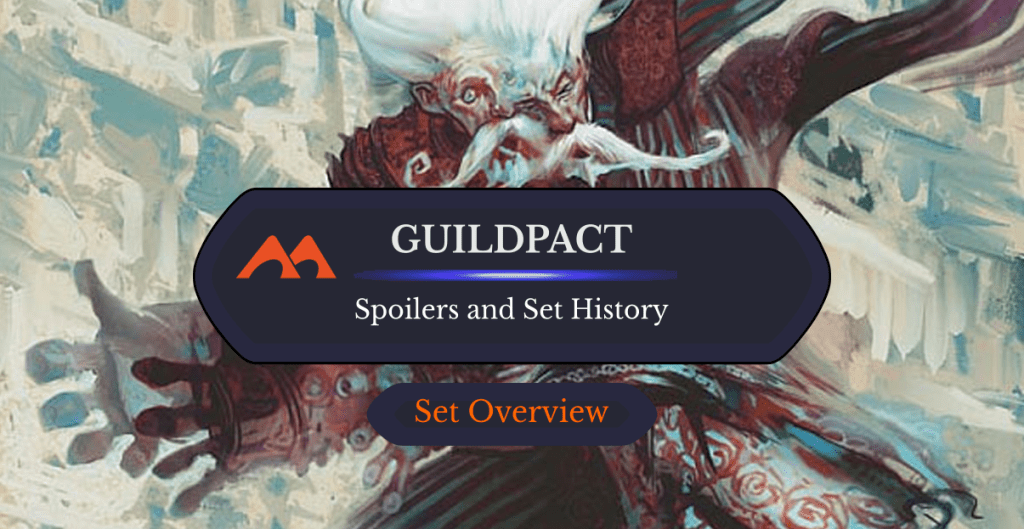
Stitch in Time | Illustration by Jon Foster
The original Ravnica block was Wizards of the Coast’s first deep delve into a set based around the 2-color pairs in Magic. Nestled gently between Ravnica: City of Guilds and Dissension was Guildpact, the first small expansion to the block. In Guildpact, Wizards expanded on the theme of hybrid mana costs and multicolor cards by introducing the white-black Orzhov Syndicate, the red-blue Izzet League, and the red-green Gruul Clans.
Several famous cycles, mechanics, and legendary creatures made their debut in Guildpact, many of which see play across multiple formats to this day.
What was playing Guildpact like? And what mechanics have we revisited since then? Let’s dig into just what makes Guildpact so great!
Guildpact Basic Information

Storm Herd | Illustration by Jim Nelson
Set Details
| Set Symbol |  |
| Set Code | GPT |
| Number of Cards | 165 |
| Rarities | 55 commons, 55 uncommons, 55 rares |
| Mechanics | Bloodthirst, Haunt, Replicate |
Important Dates
| Available on Draftsim's Draft Simulator | No |
| Release Date | February 5, 2006 |
| Prerelease Date | January 21, 2006 |
| Launch Party | February 3, 2006 |
About the Set: The Story
The Guildpact set was released alongside a novel of the same name which continued the story from Ravnica: City of Guilds and its corresponding novel. Much of these novels is spent showcasing the fantastical city-world of Ravnica, with a weaving plot that connects every guild and then some together.
In the first Ravnica novel, we meet Agrus Kos, Wojek Veteran and follow him as he solves crimes while we also meet the other featured guilds from that set. In a similar fashion, Guildpact focuses on Teysa, Orzhov Scion as she reclaims the valley of Utvara.
Teysa meets characters from the Orzhov Syndicate, Izzet Leagues, and Gruul Clans throughout the story as she first travels with her nameless uncle to the Utvara Reclamation Zone, where the Orzhov have just decreed her as baroness. She has to clean up Utvara into habitable conditions by a deadline, or else the zone will be returned to the Selesnya (and Teysa will have to live with her disgrace). To do this, she needs to find a way to stop the Kuga plague from spreading.
Teysa and an Izzet goblin names Crix are attacked while traveling to Utvara via lokopede (something we’ve never received a card for but what I assume is a giant centipede used for travel). The assailants are a Gruul warband that’s been possessed/zombified by an unknown assailant.
After escaping, Teysa’s uncle dies, joins the Ghost Council, and reveals that this was his plan the entire time. He reveals his right-hand man Melisk had betrayed them, and after some side-questing, Teysa marches with a small army to confront her uncle’s murderer. Teysa uses the powers granted to her by the Obzedat to take control of the taj, the Orzhov ghost assassins that possessed the Gruul warband that attacked her, and uses them to kill Melisk.
As the plot thickens, Teysa, Crix, Kos, and a handful of other supporting characters realized the Kuga rot in the air is actually part of a master plan of a further villain to awaken five ancient dragons and take over Utvara. Luckily, our heroes give the master mage Huac a fight to remember, and eventually defeat him, only losing Agrus Kos in the process!
Ultimately, the Guildpact novel serves to immerse us in the Ravnica setting and showcase the culture and aesthetics of each of the guilds introduced in this set. It’s no Vonnegut, but it does flesh out a remarkably huge cast of characters in about 300 pages.
Guildpact Mechanics
Just like the first set in the block, Guildpact introduced three new mechanics themed around the 2-color guilds present in the set.
Bloodthirst
The Gruul mechanic from Guildpact was bloodthirst. A creature with Bloodthirst N enters the battlefield with N +1/+1 counters if an opponent has been dealt damage this turn. One Gruul card, Petrified Wood-Kin, has Bloodthirst X, which means it enters with a number of +1/+1 counters equal to the total damage dealt to opponents this turn.
Bloodthirst was introduced as a green and red mechanic in Guildpact, but has since seen printings on black cards. It returned in Magic 2012 on Bloodlord of Vaasgoth and un-keyworded versions appear on vampire creatures from time to time (see: Vampire Socialite and the other Innistrad vampires).
Bloodthirst was received poorly on its debut due to being hard to trigger with a weaker than average pay off.
Haunt
Haunt was a weird one, and not a great way to kick off the Orzhov. If a resolving spell or permanent card with haunt would be put into the graveyard, instead it’s exiled “haunting” target creature. When the haunted creature dies, the haunt card triggers an effect of some kind.
Haunt is also considered a sort-of design whiff. Mark Rosewater has ranked haunt as a 9 on the Storm Scale, meaning it’s incredibly unlikely, if not 100% certain, it will not be returning. While he admits the flavor for the mechanic worked, it was too confusing to remember which permanent was haunting which and the interaction between countering the non-permanents with haunt (Benediction of Moons, Cry of Contrition, and Seize the Soul) was unintuitive.
According to Rosewater, haunt was originally in Innistrad: Crimson Vow during the early stages of design, but the effect morphed into the disturb mechanic that we have today.
Replicate
The Izzet League’s debut mechanic was replicate, truly an Izzet mage’s dream mechanic. When you cast a spell with “replicate [cost]”, you may pay that cost any number of times to copy it for each time you paid the replicate cost. Every replicate card in Guildpact has a replicate cost that’s the same as its mana cost.
Replicate was well received at the time, with cards like Gigadrowse and Thunderheads as all-stars in Limited formats. Shattering Spree still sees a lot of play in decks that need a little less than a Vandalblast.
Replicate has returned multiple times over the years. Modern Horizons introduced the first replicate card with a more expensive replicate cost in Stream of Thought, and Modern Horizons 2 gave us a cheaper replicate cost with Lose Focus. Commander Masters gave us the first creature spell with replicate, Hatchery Sliver.
Guildpact Card Gallery
White
Blue
Black
Red
Green
Multicolor
Colorless
Lands
Notable Cards
Rusalka Cycle
Guildpact introduced a cycle of five mono-colored 1/1 spirit creatures known as the Rusalka. Each Rusalka costs 1 mana and has a 1-mana activated ability that sacrifices any creature for a small effect. Drowned Rusalka loots a card, Scorched Rusalka pings anything for 1 damage, etc. These commons aren’t necessarily exciting, but they made a great suite of 1-drops in your Limited deck.
Leyline Cycle
The five mono-colored Leylines from Guildpact are powerful enchantments that can start the game on the field if they’re in your opening hand. The black one, Leyline of the Void, is by far the most powerful; as some of the best graveyard hate in the game, it sees play in everything from Commander to Legacy.
Nephilim Cycle
Besides just a focus on the 2-color guilds, Guildpact also gave us the first ever 4-color creatures. For a long time, the five Nephilim creatures would remain as the only 4-color creatures in the entire game. They represent the old gods of Ravnica, are horrific to behold, and have powerful effects.
Shock Lands
Playing into the multicolor theme of the Ravnica sets, a mega-cycle of rare 2-color lands was printed across the entire block. These lands could tap for one of two colors, had the basic land types, and would enter untapped if you chose to take 2 damage. These perfect mana-fixers have colloquially become known as shock lands (due to the Shock you take when it enters). The shock lands are played in every format they’re legal in, and work best when paired with the fetch lands.
The shock lands introduced in Guildpact were Godless Shrine, Stomping Ground, and Steam Vents.
Bounce lands
A mega-cycle of common 2-color lands was printed as well. Colloquially known as the bounce lands, each of these lands enters tapped and taps for the pair of mana in their color identity. The caveat is, however, you must return a land you control to your hand when they hit the field. The Ravnican bounce lands are a step up over the Visions cycle, which required you return an untapped land for a bonus of 1 colorless mana. Bounce lands see play in more casual formats like Pauper and Commander, but they’re still good investments in any landfall deck.
The three bounce lands introduced in Guildpact were Orzhov Basilica, Gruul Turf, and Izzet Boilerworks.
Angel of Despair
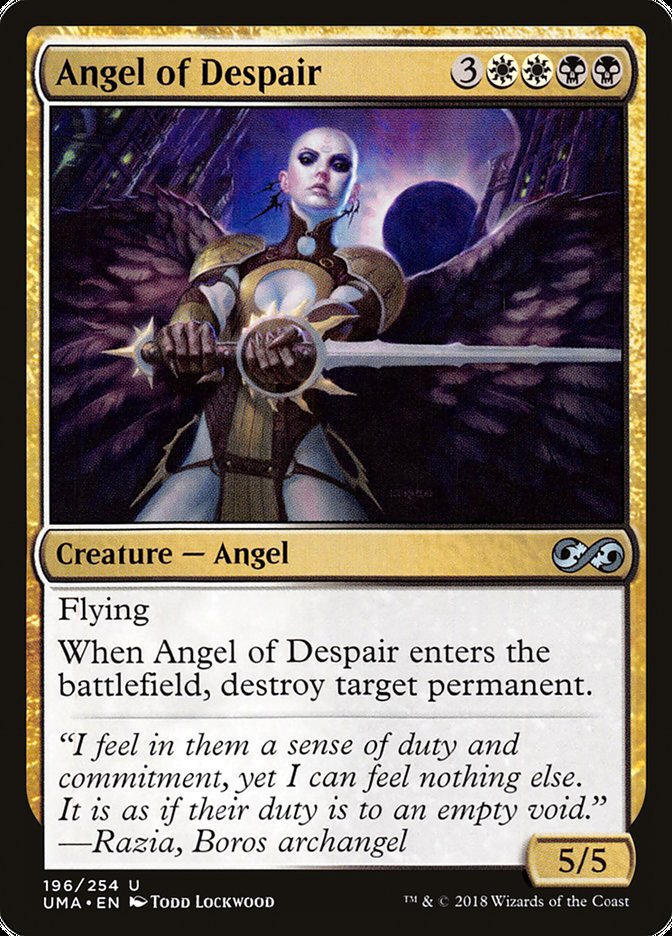
Angel of Despair was a box-art rare from Guildpact that’s become a staple removal card in many formats. It’s since been downgraded to uncommon, probably because of that steep mana cost, but it’s still one of the best ways to destroy any permanent.
Mortify
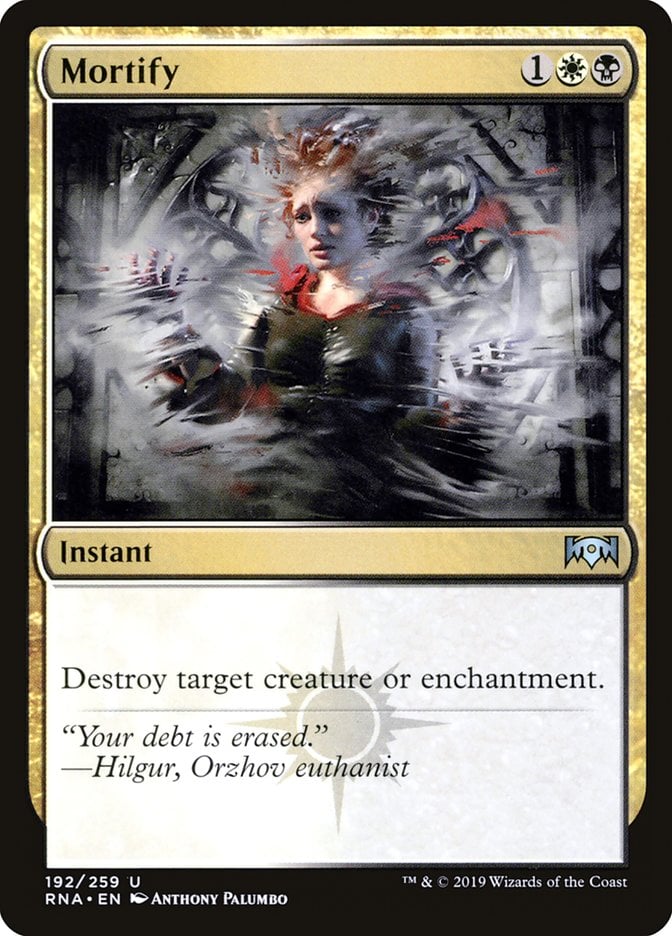
Speaking of removal, Guildpact also saw the first printing of Mortify, another staple in just about every white and black deck I’ve ever built. “It’s better Murder,” the kids are saying.
Misprints
Two Guildpact cards were printed with errors.
Every copy of Hypervolt Grasp was printed with the Gruul watermark, despite being an Izzet card.
A small number of the foil Thunderheads were printed without the “y” and “w” in their italicized text (reminder text and flavor text).
Available Products
Draft Boosters

Guildpact was available to purchase as 15-card booster packs and as a 36-pack booster box.
Original MSRP for a booster pack in 2006 was about $4, but you’ll be lucky if you can find a sealed pack of Guildpact for less than $20. Sealed Guildpact booster boxes go for anywhere from $600 to $700, with some even swelling to double that price.
- Brand new in original factory-sealed packaging!
- Guildpact is the second set in Ravnicablock.t. Powerful new goldcards, and players can create new multicolored decks with the addition of three new guilds. Look for new guild leaders, guild-specific mechanics, and a Magic's first 'four-color' creatures.
Theme Decks

Three spreconstructed theme deck were released alongside the set, with cards from the previous expansions as well. The three theme decks each focused on a different guild: Izzet Gizmometry, Gruul Wilding, and Code of the Orzhov. These aren’t as expensive as the booster packs, as none of them contain any cards of real value, but still go for about $40 as a collector’s item on Amazon.
- 60-card preconstructed deck.
- Ready to play right out of the box.
Wrap Up
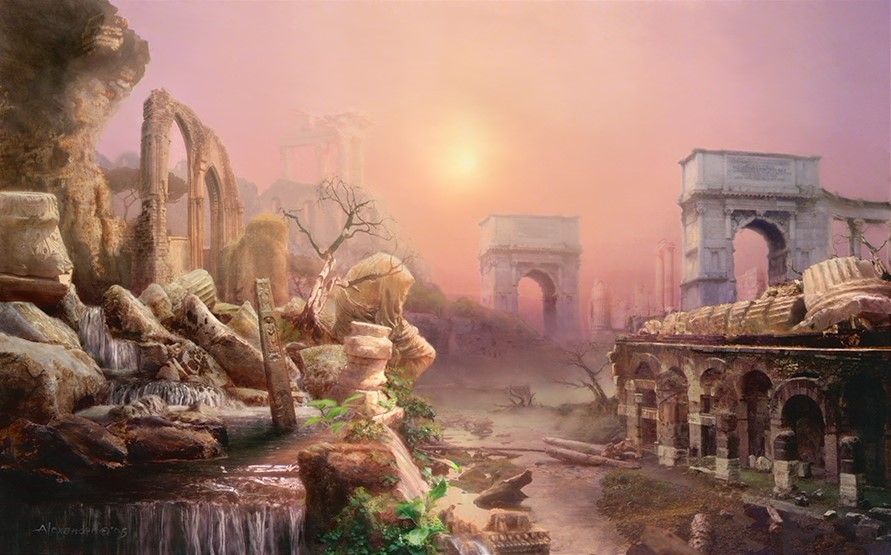
Stomping Ground | Illustration by Rob Alexander
Guildpact comes from a time before we were spoiled for choices of multicolor cards. Before the Ravnica block, there were only 45 legendary creatures with a 2-color identity! That number nearly doubled in the wake of the first Ravnica block, with Guildpact introducing a not-insignificant number of those cards. While Guildpact’s guild-specific mechanics couldn’t all hit the mark, they still laid the groundwork for future sets to push the design of Magic into new spaces. Ultimately, Guildpact was an important entry into the Magic canon and filled in many of the gaps multicolor decks needed to function.
Which of the original Ravnica sets is your favorite? How would you redesign haunt for a new set? Let me know in the comments, or over on Draftsim’s Twitter/X.
Thanks for reading!
Note: this post contains affiliate links. If you use these links to make a purchase, you’ll help Draftsim continue to provide awesome free articles and apps.
Follow Draftsim for awesome articles and set updates: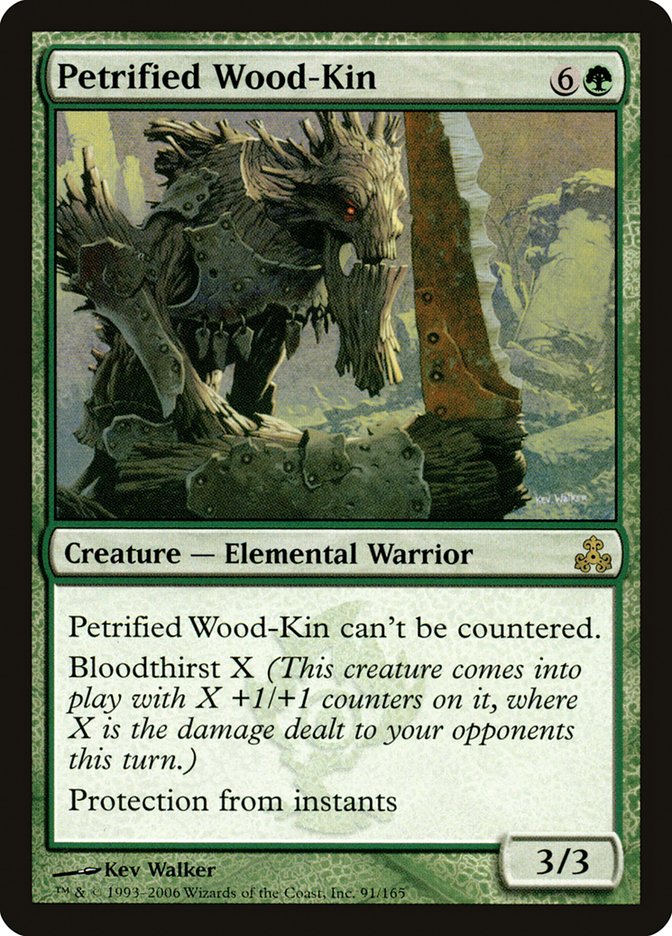


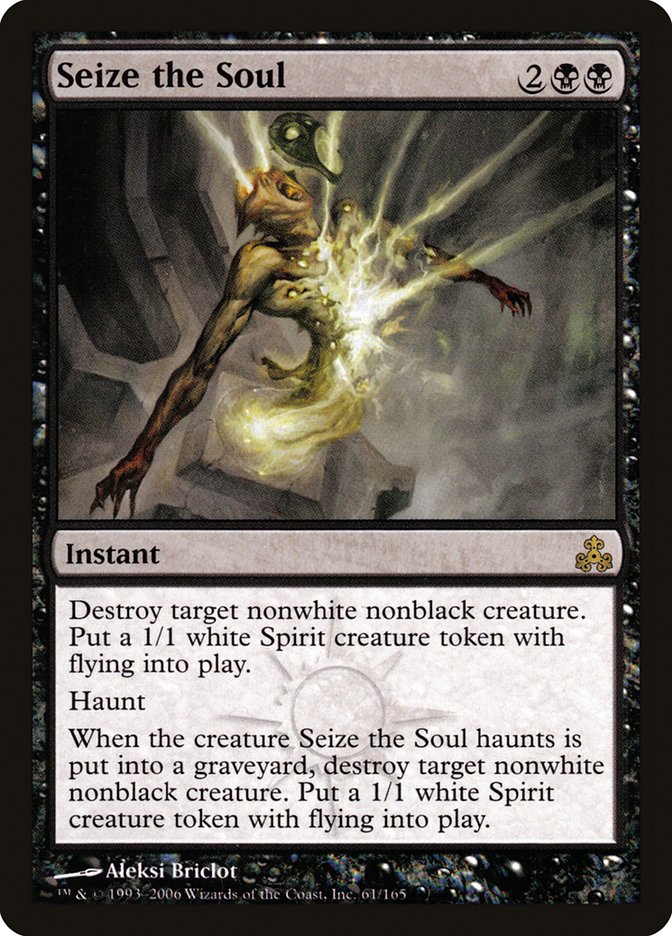
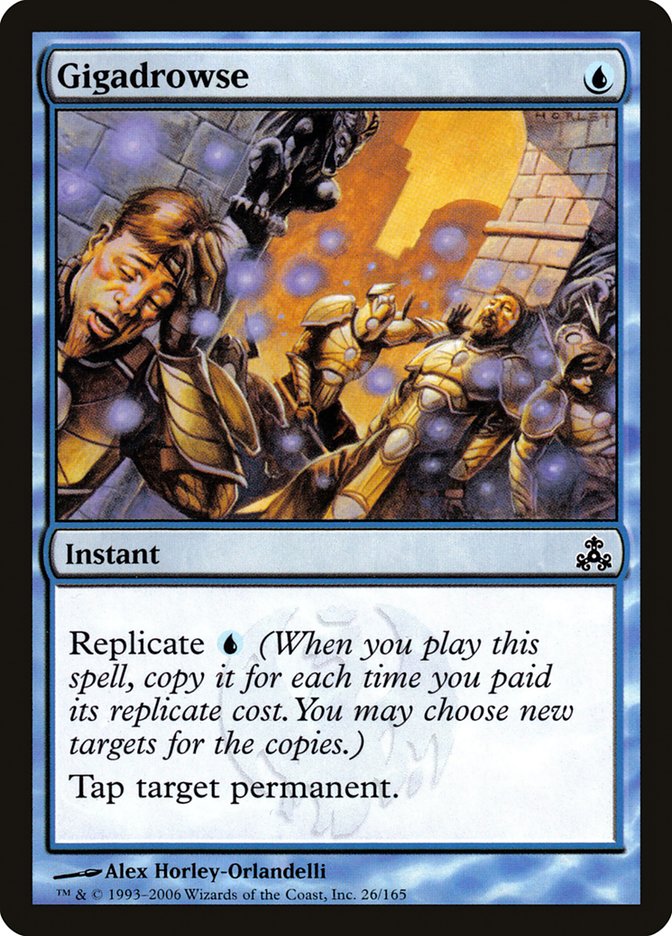
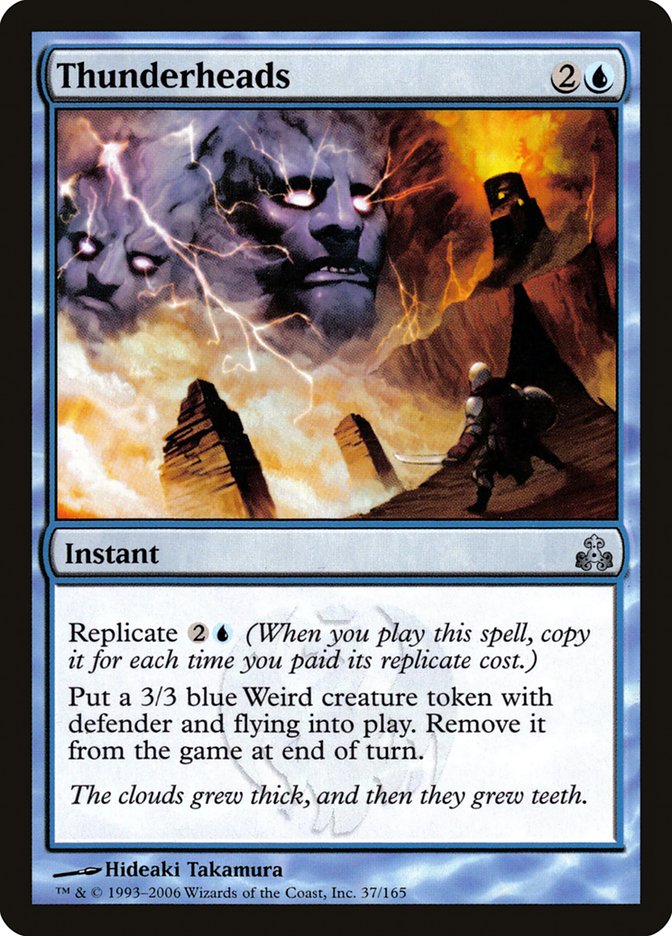
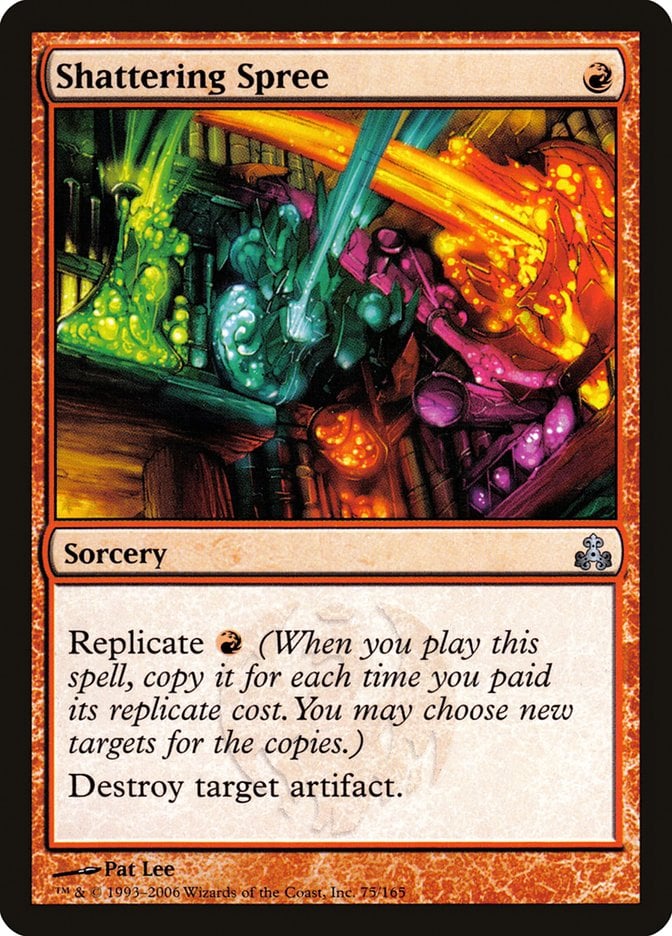
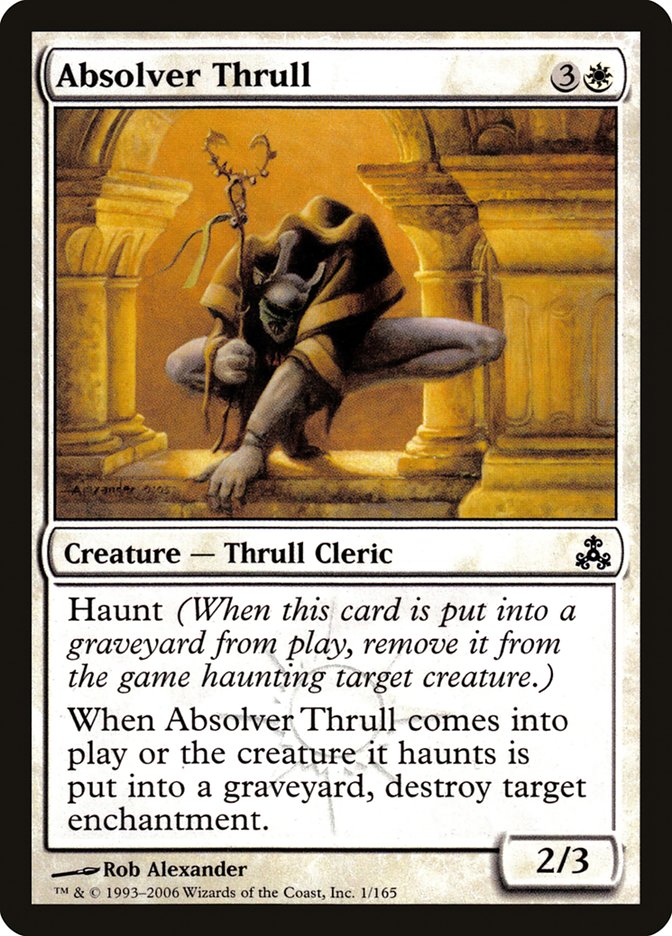
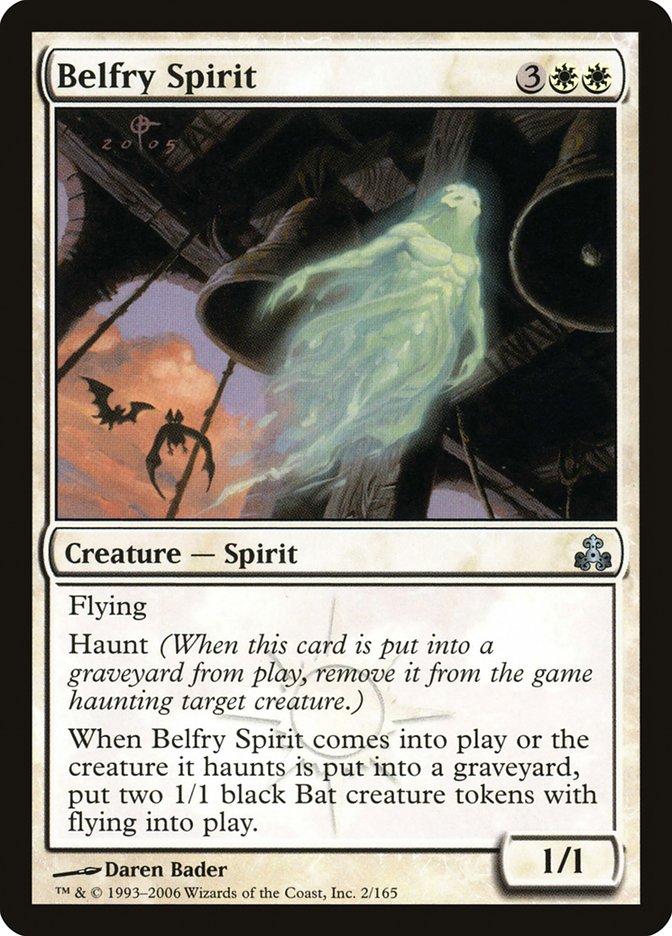
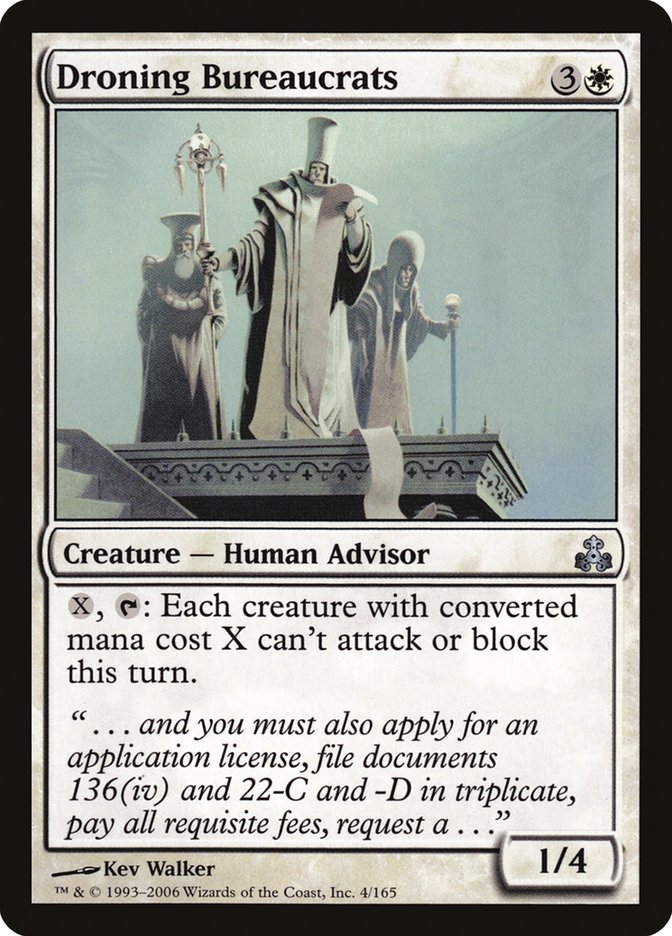
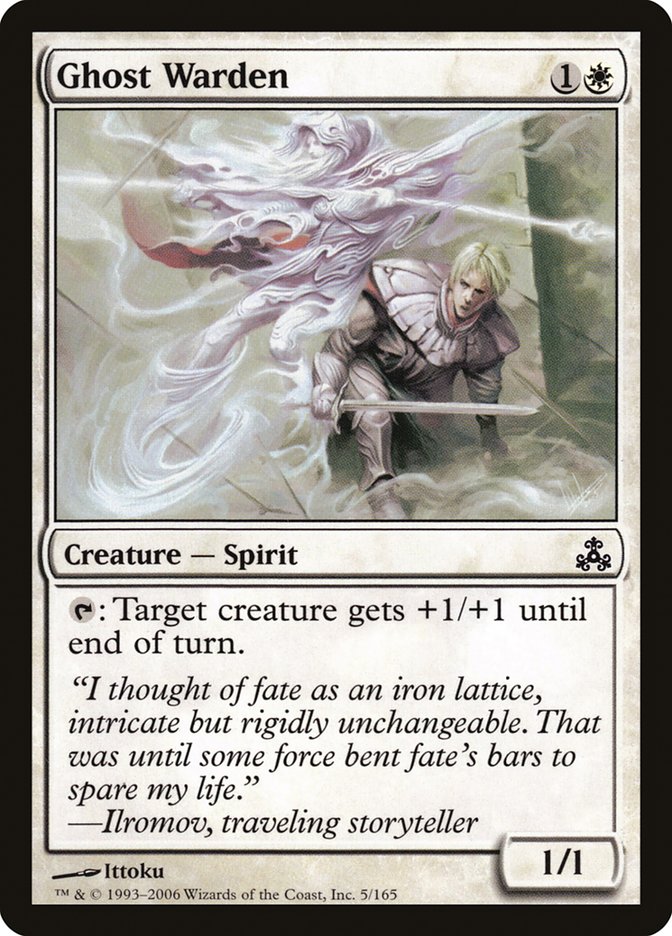
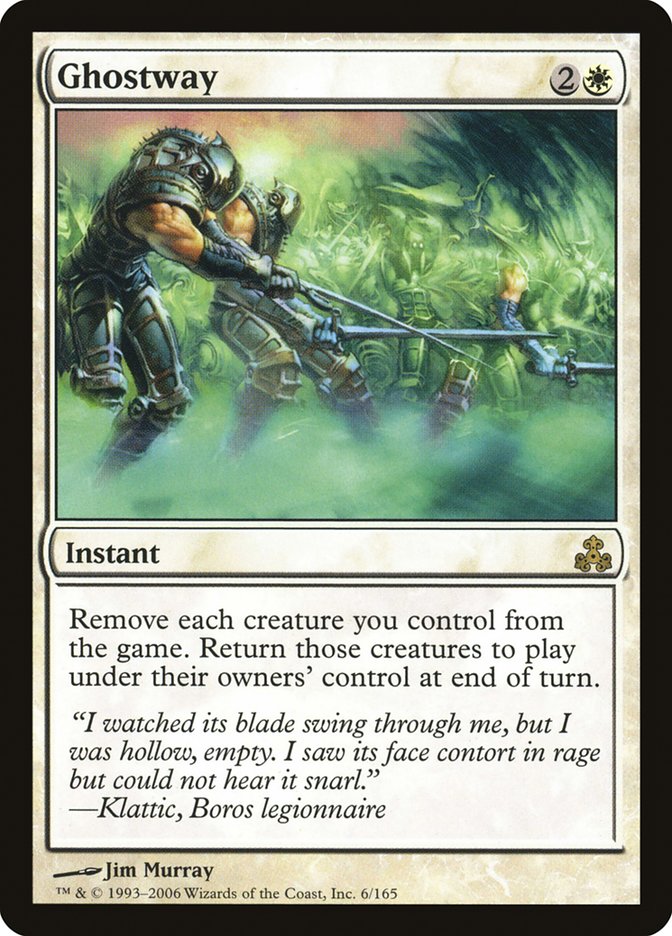
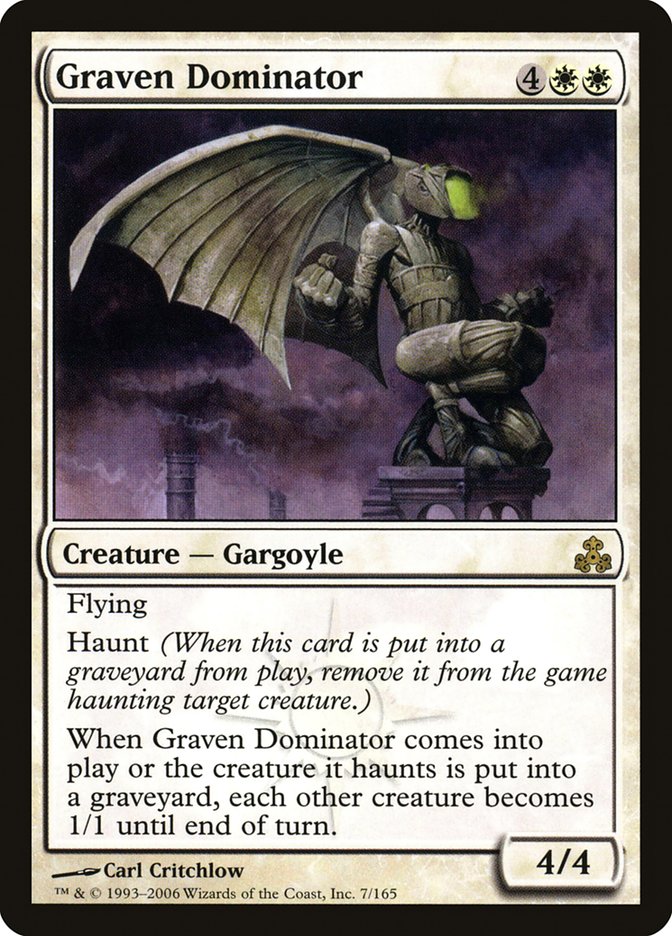
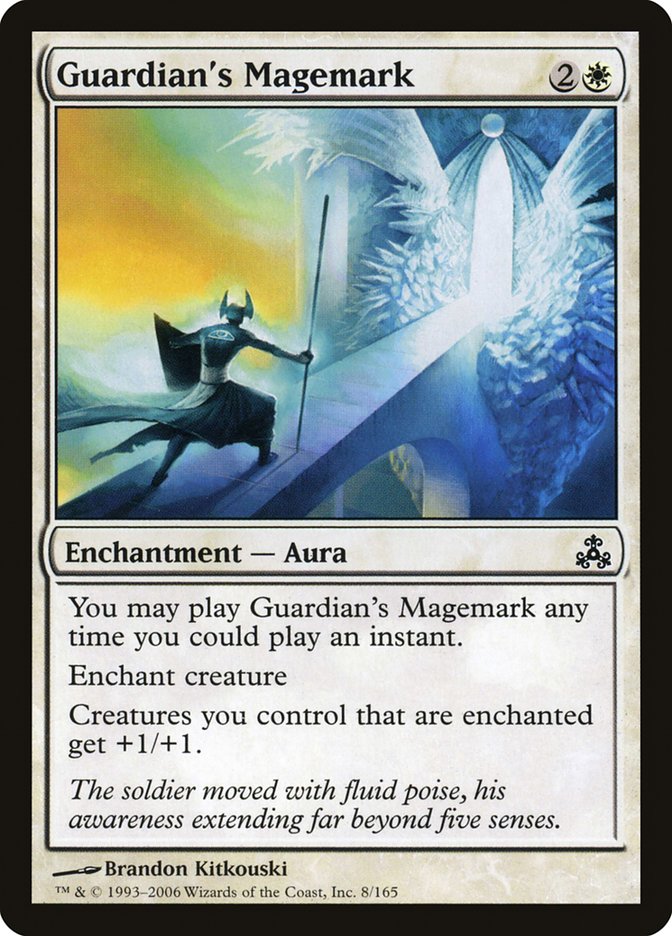
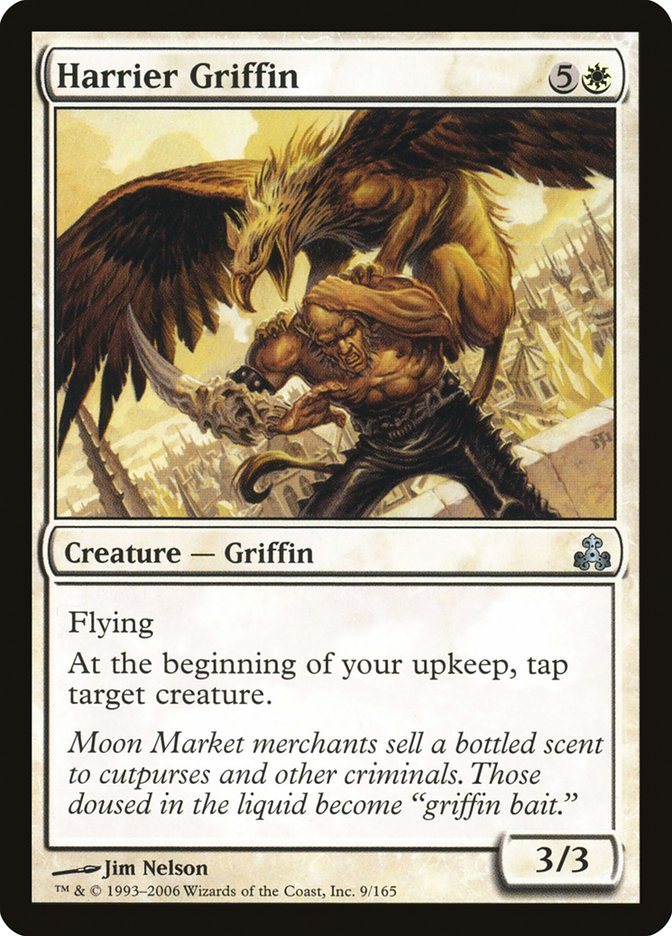
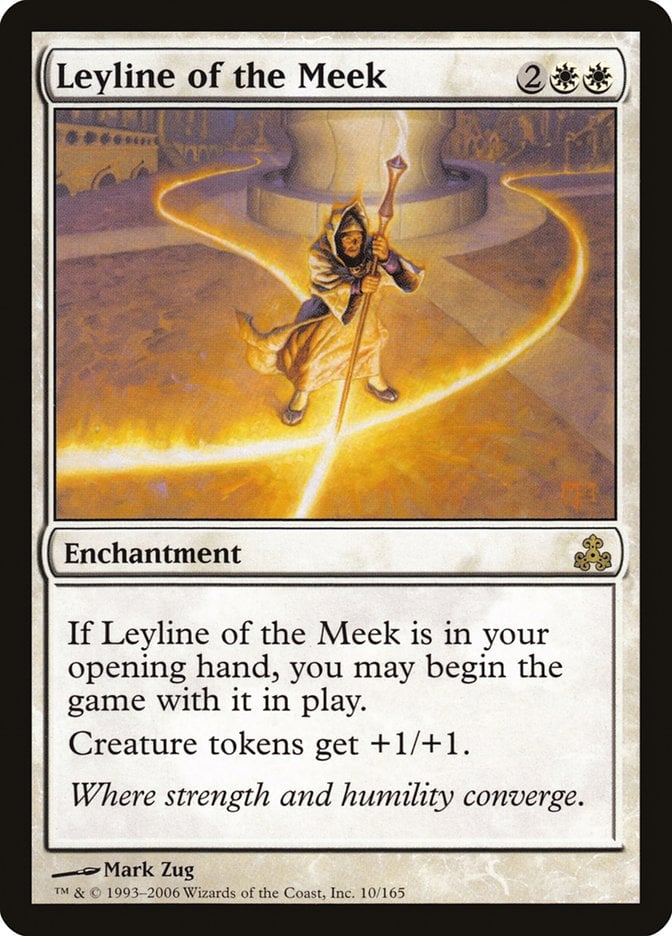
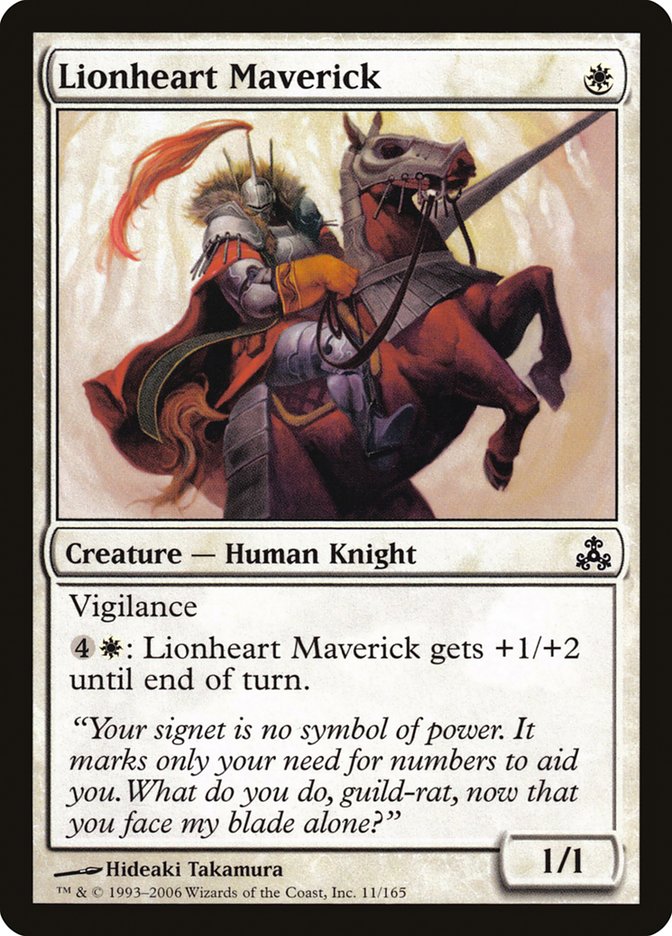
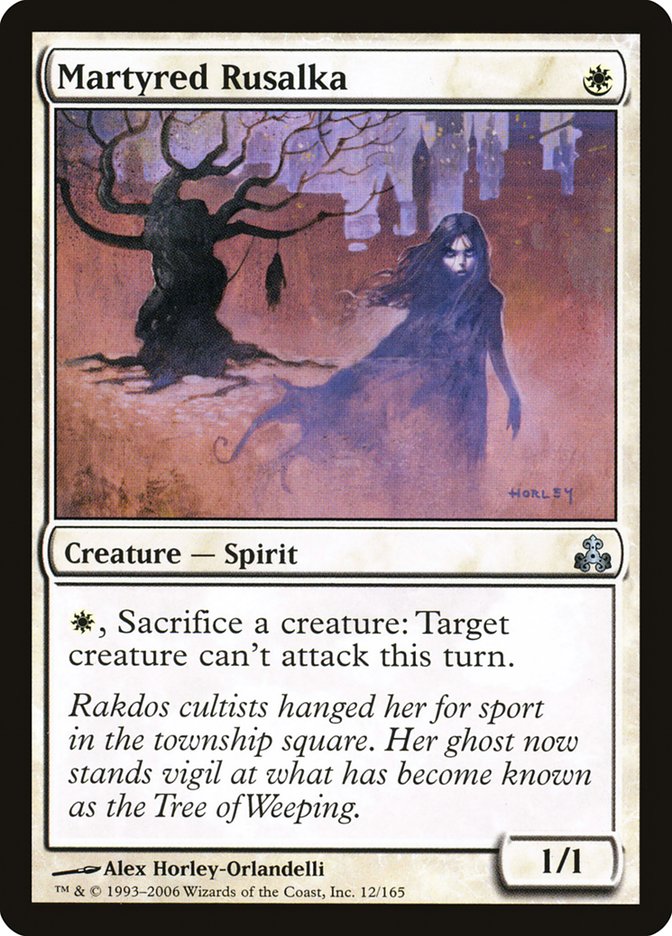


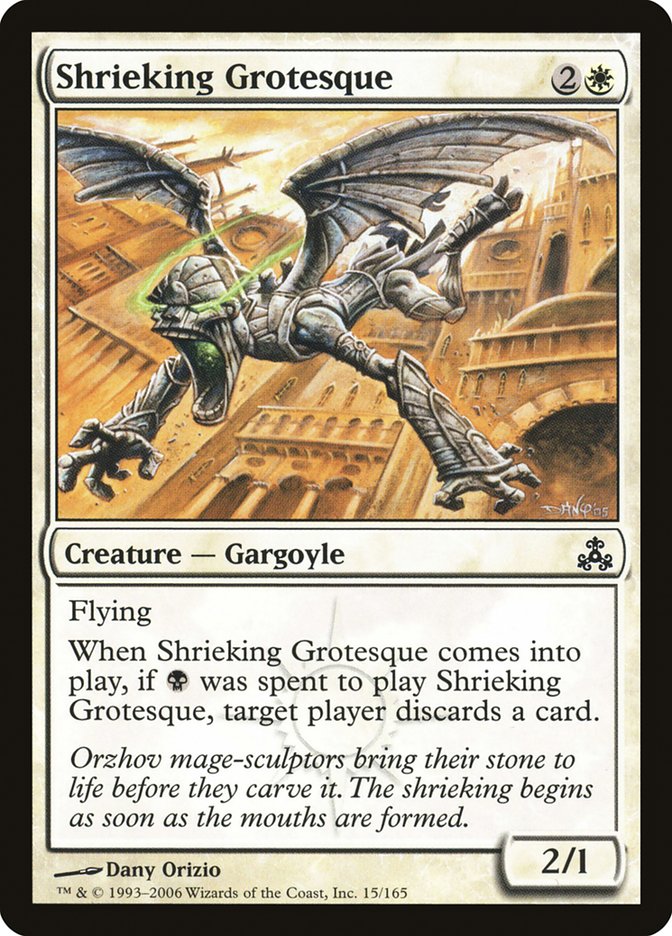
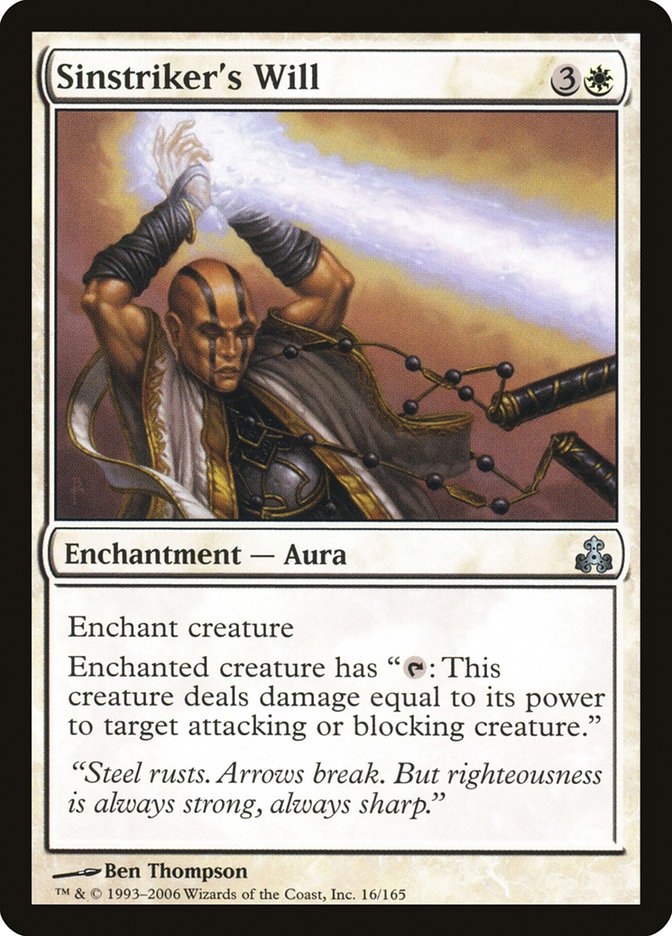
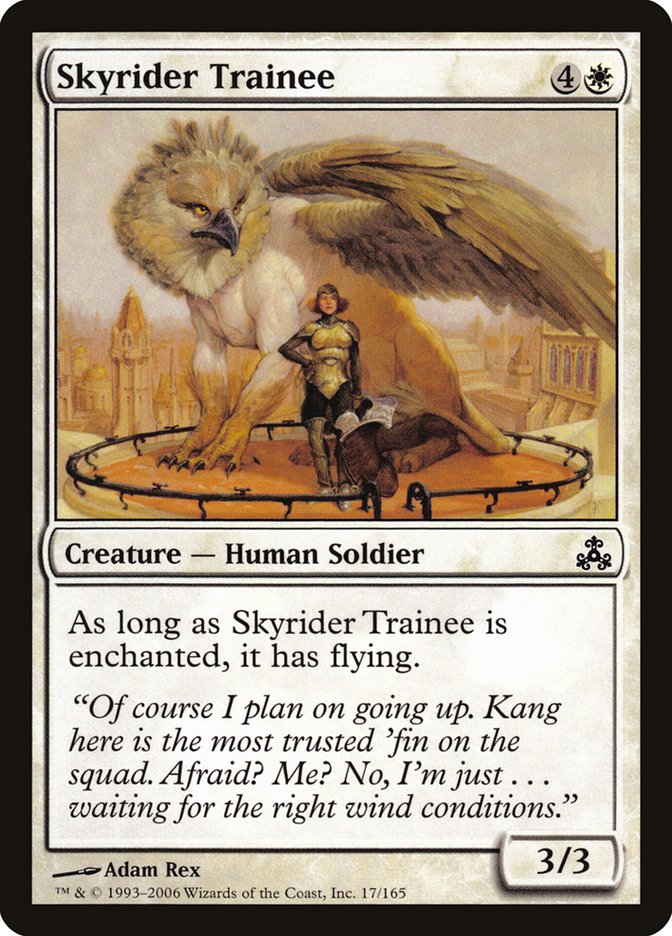
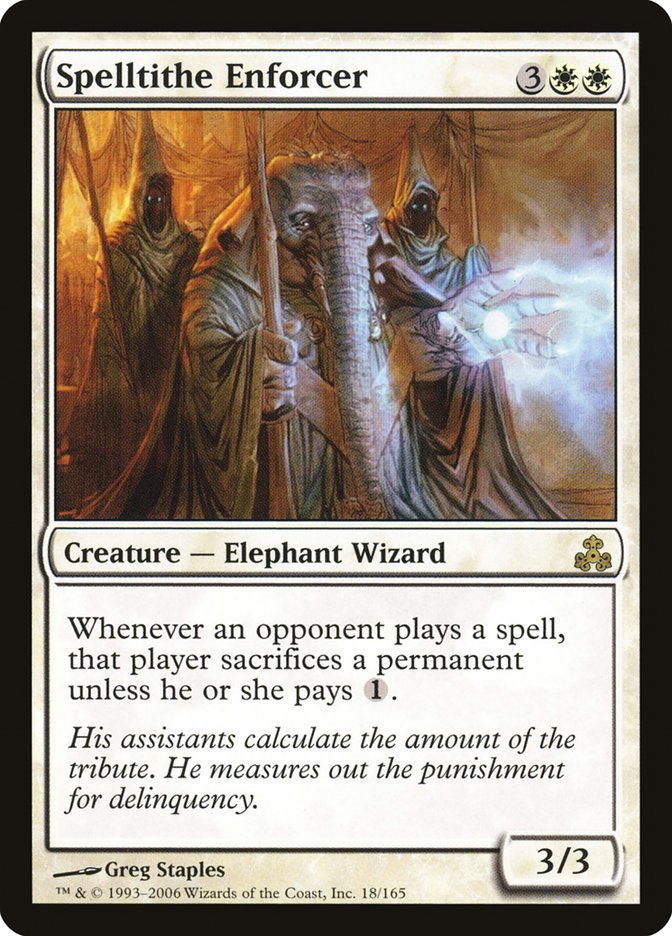


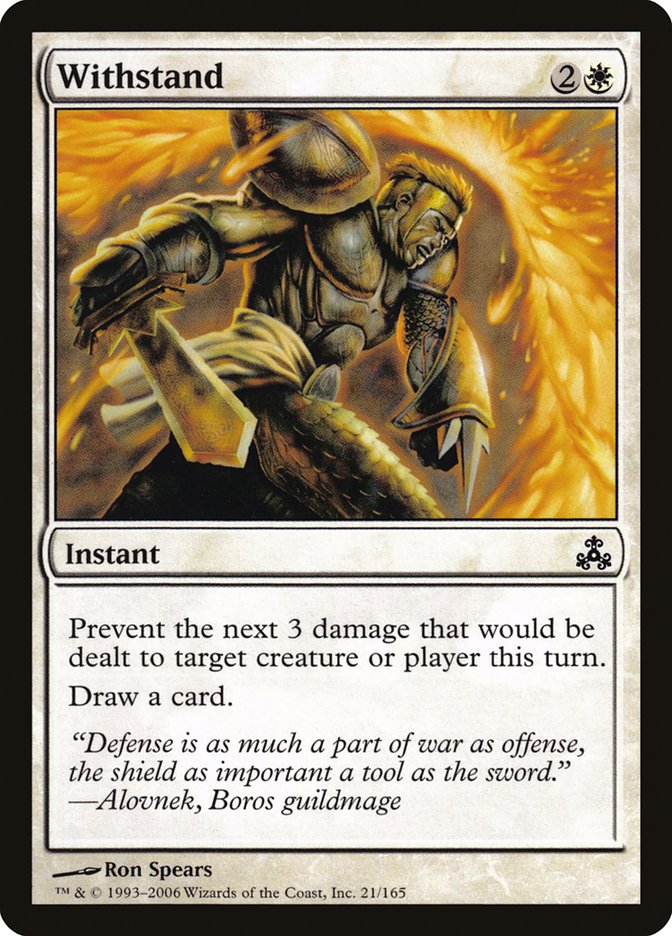
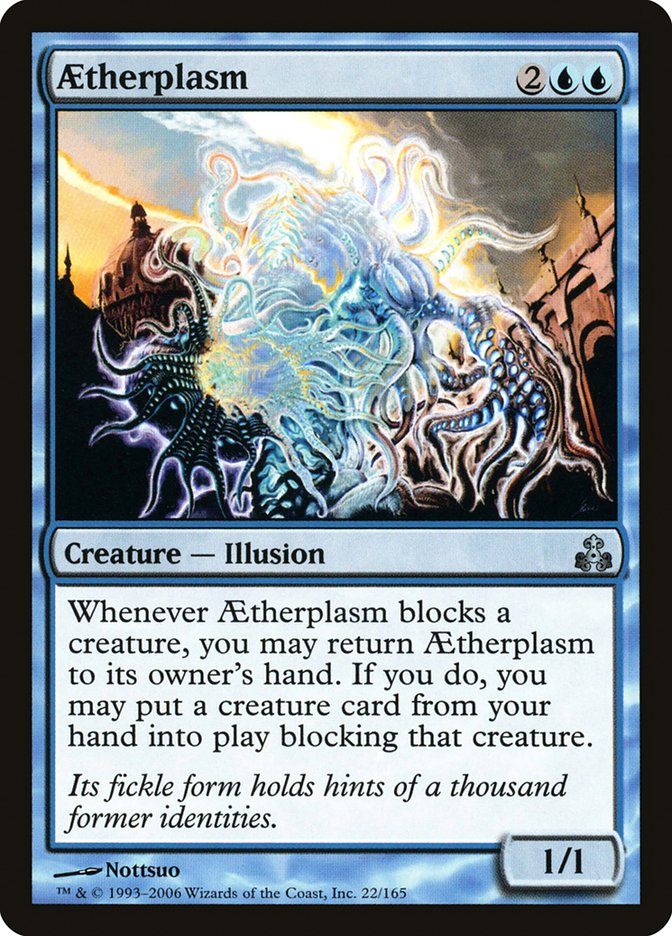

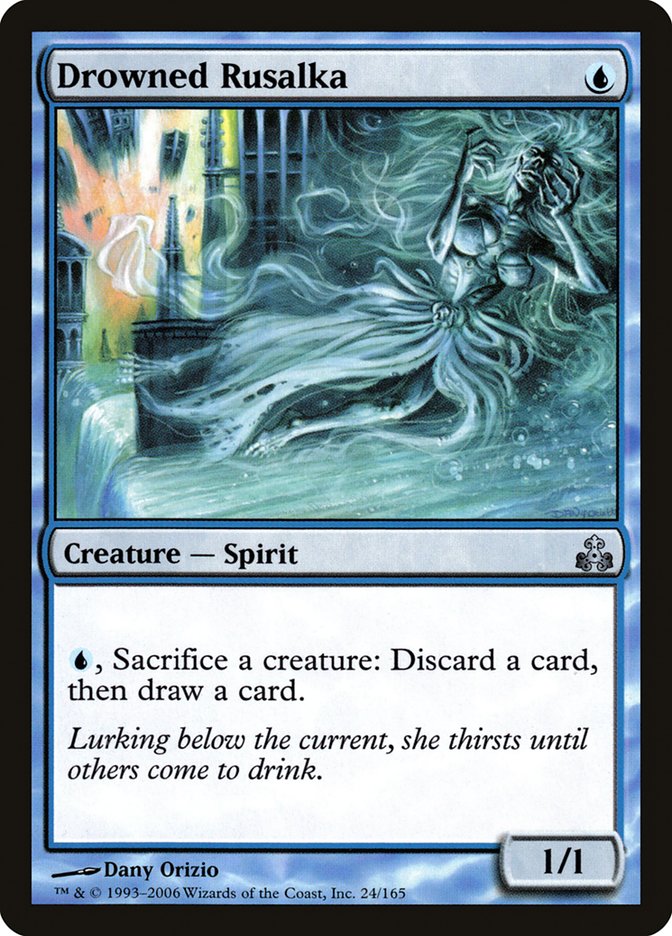
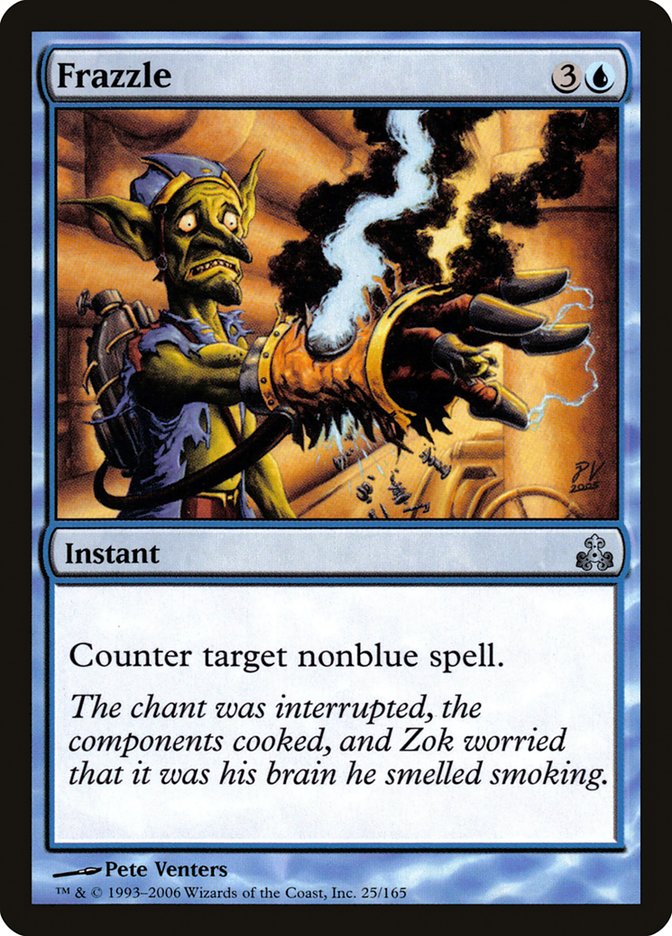
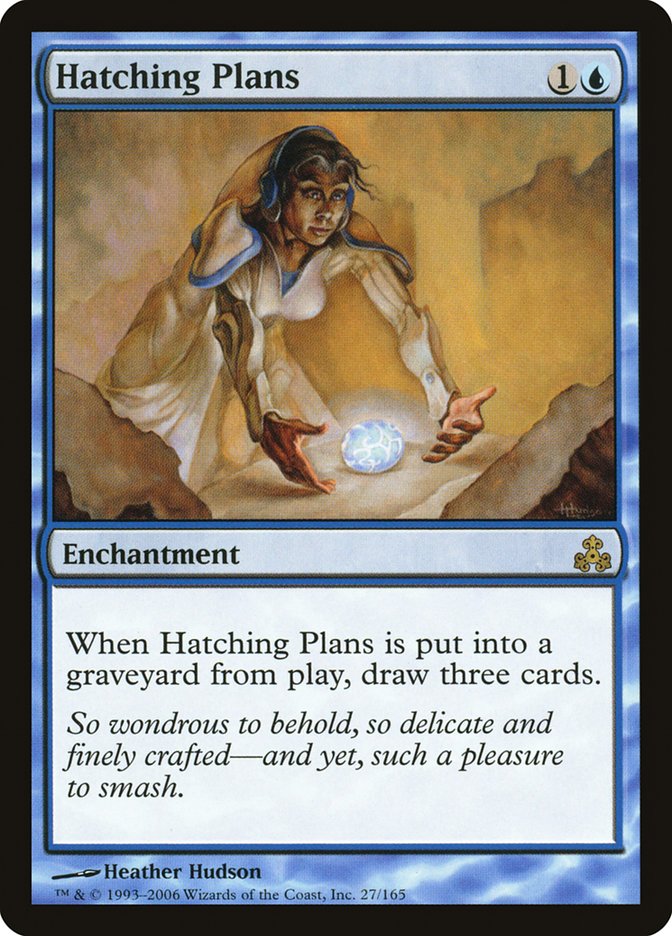
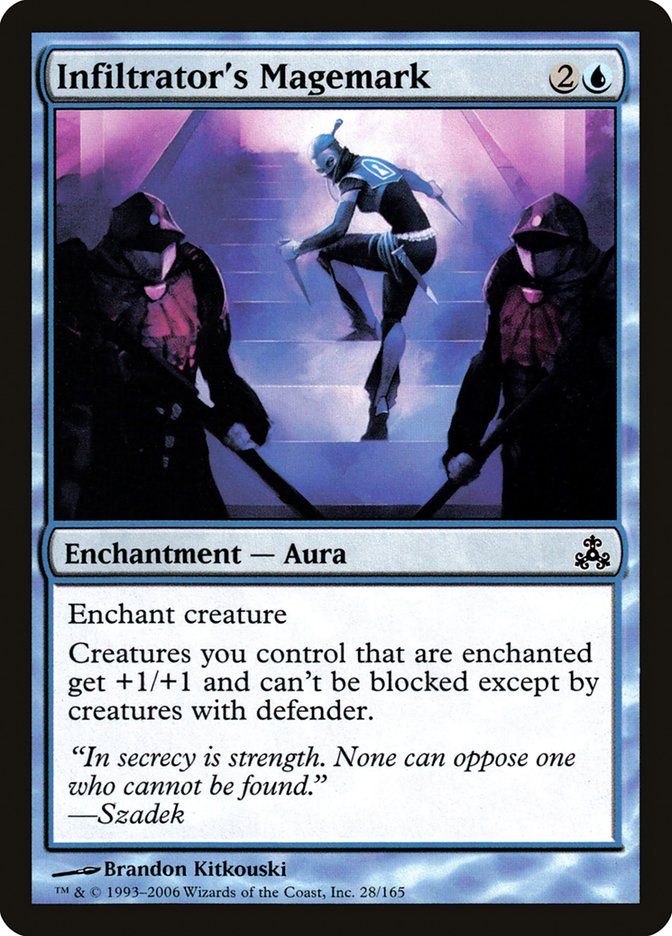
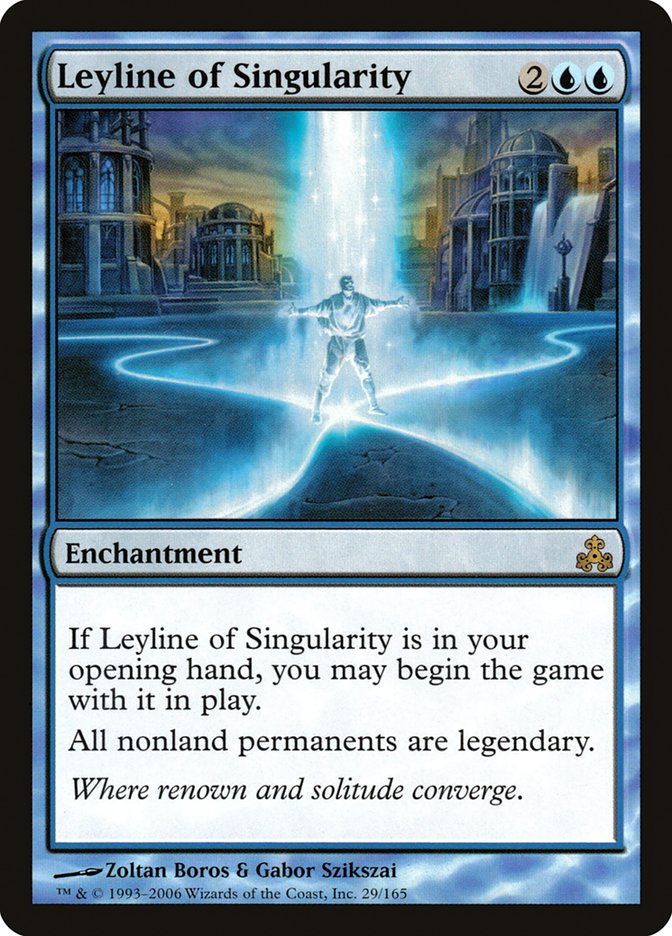
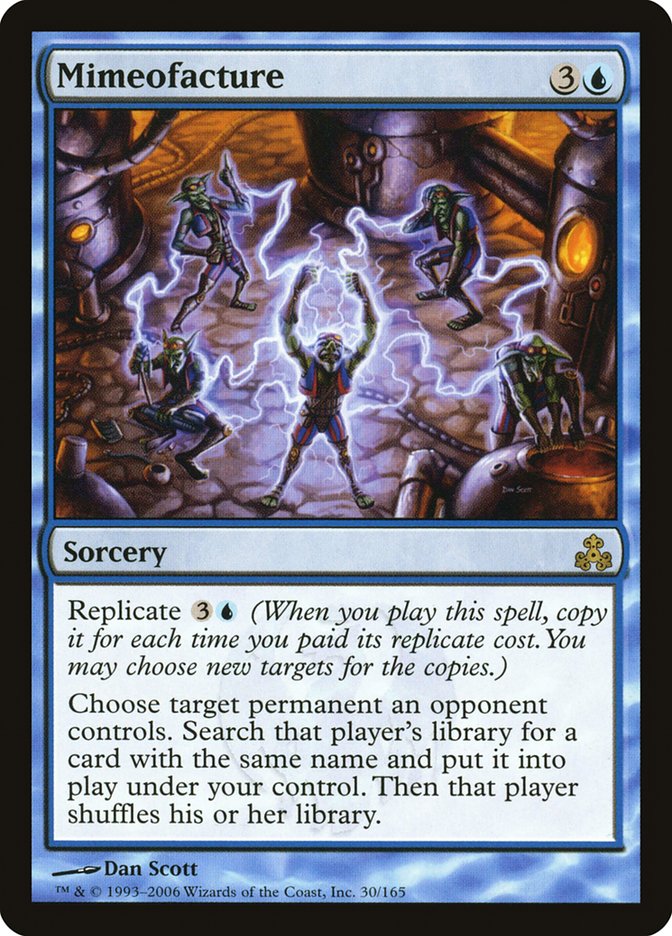




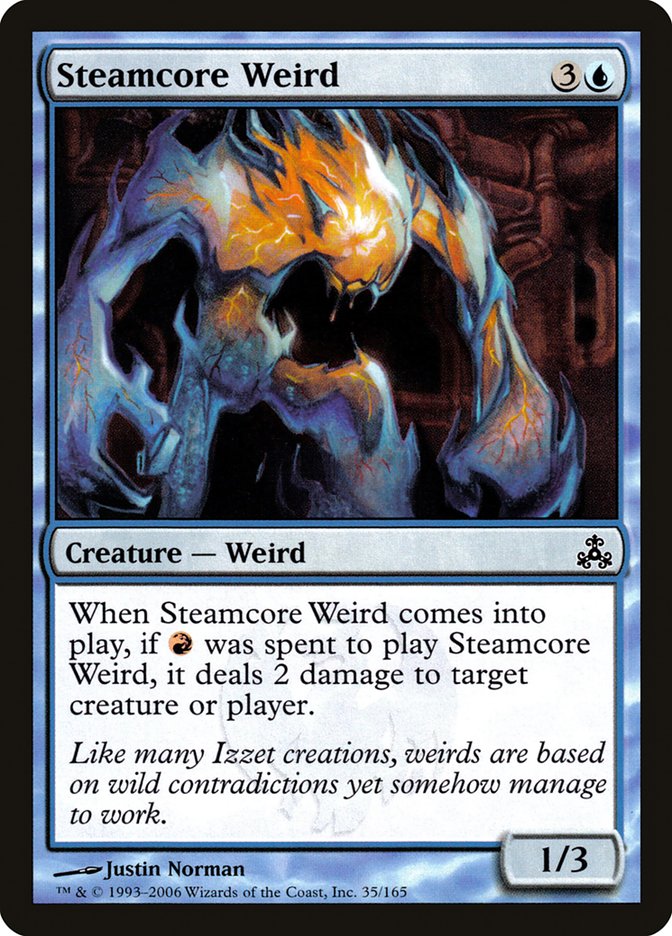
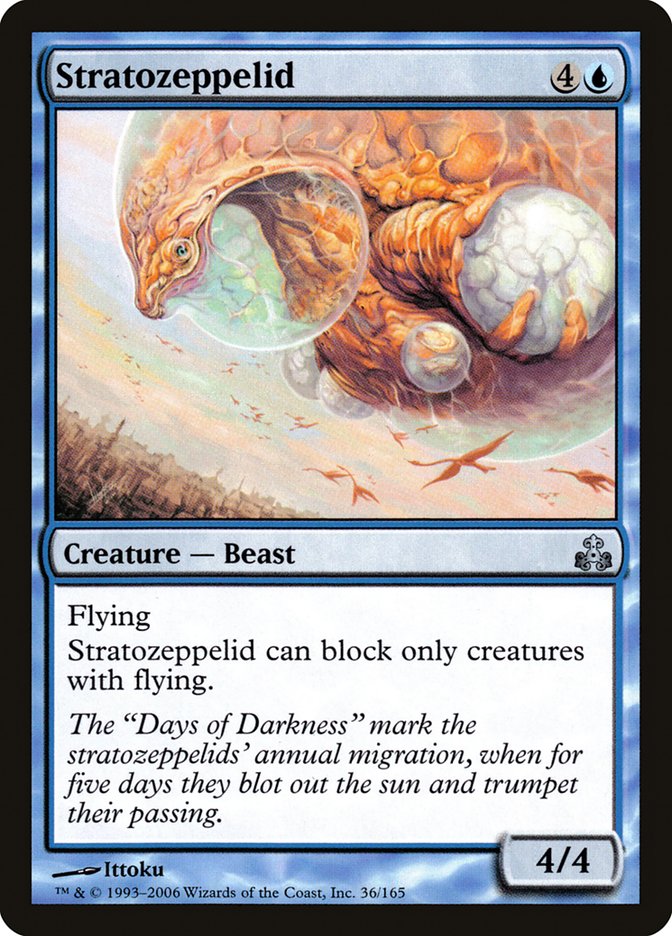

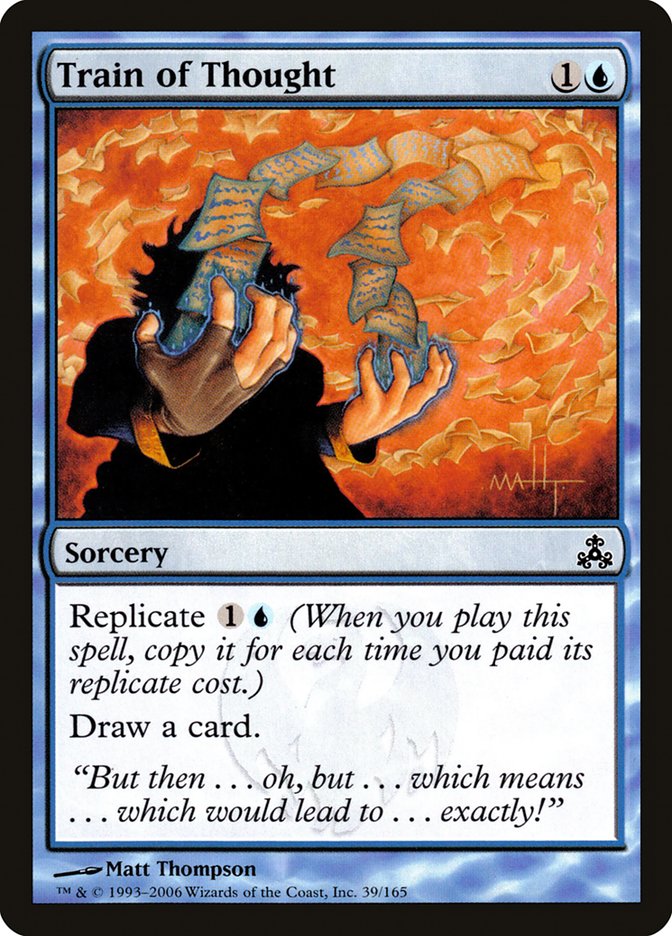
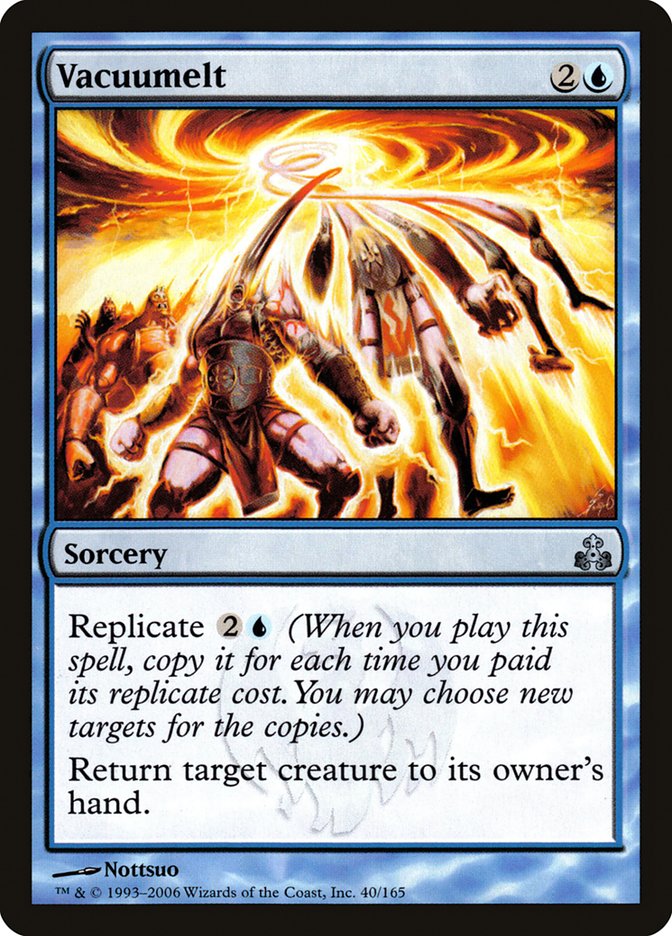
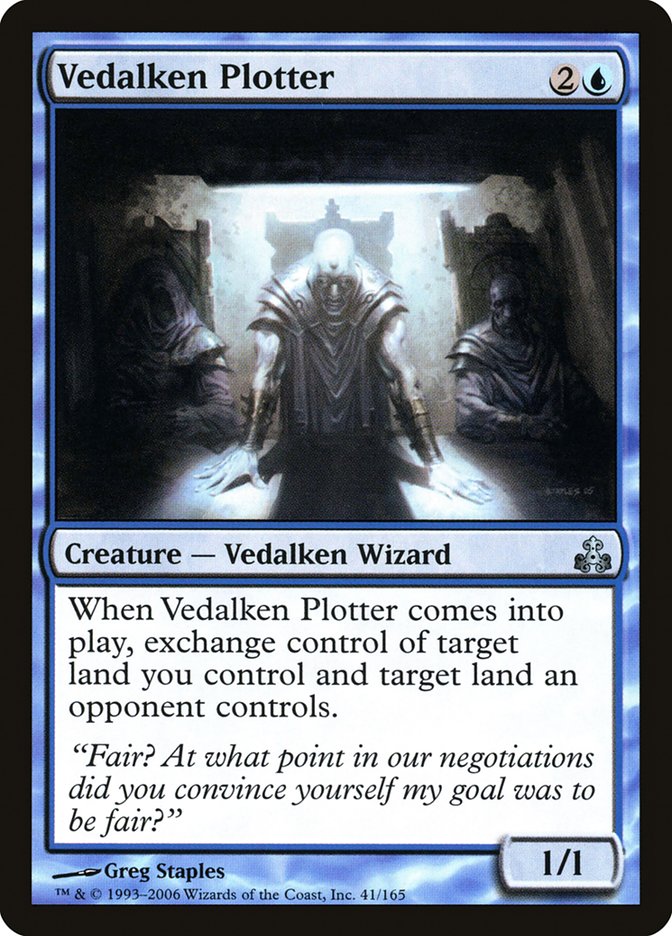

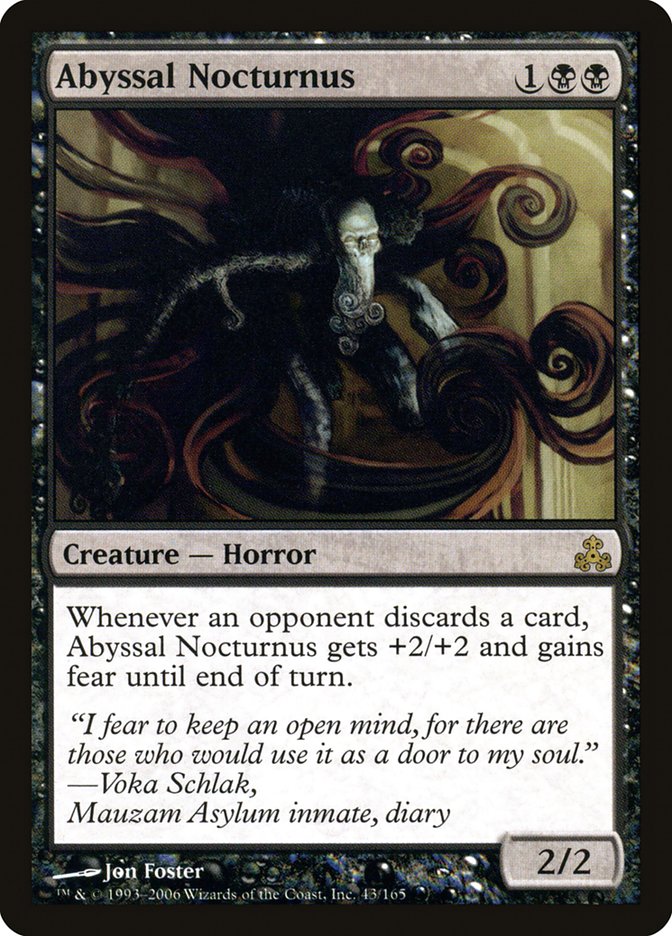
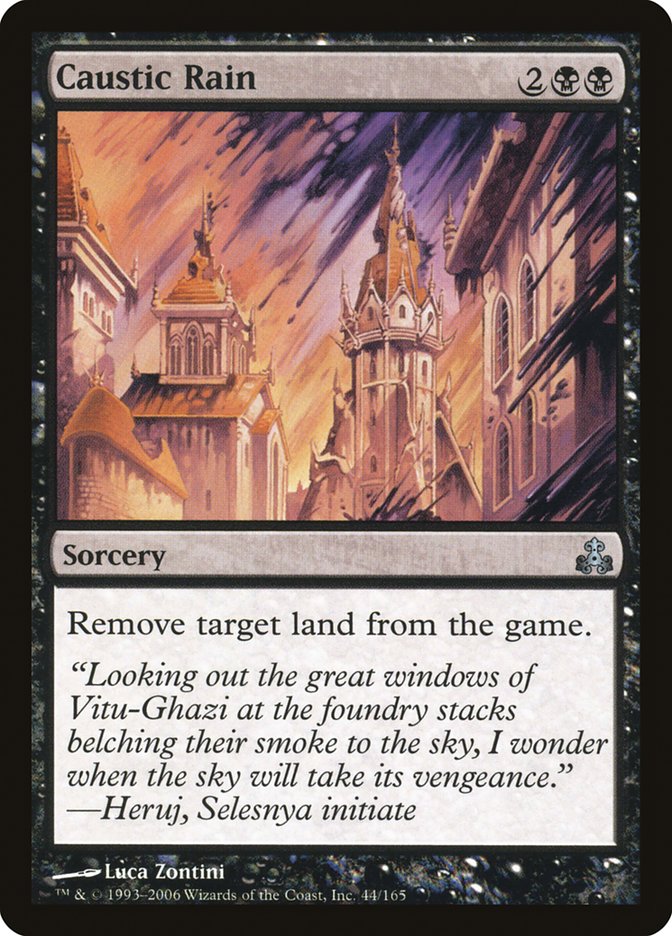
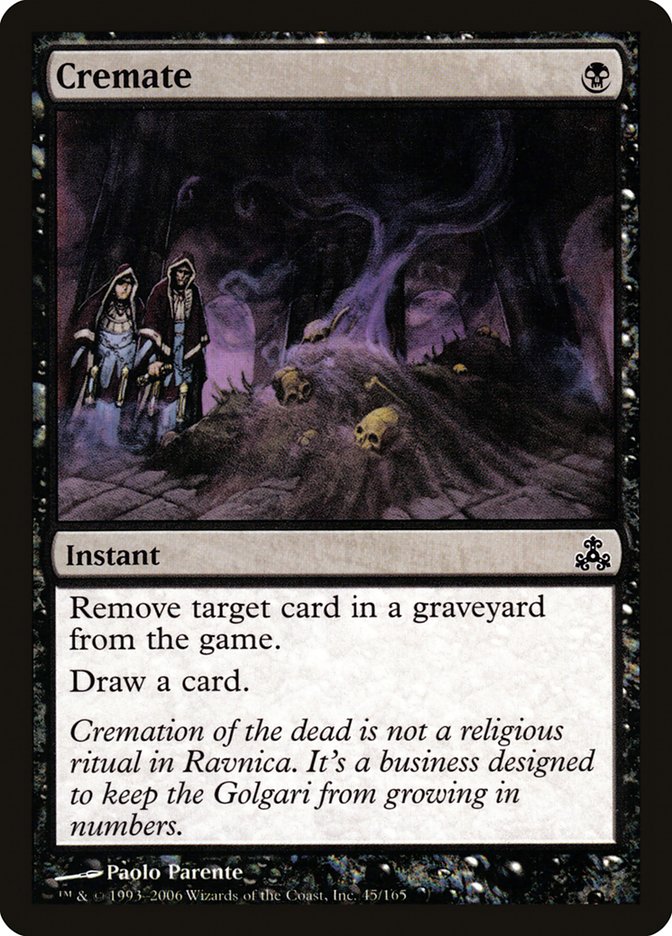

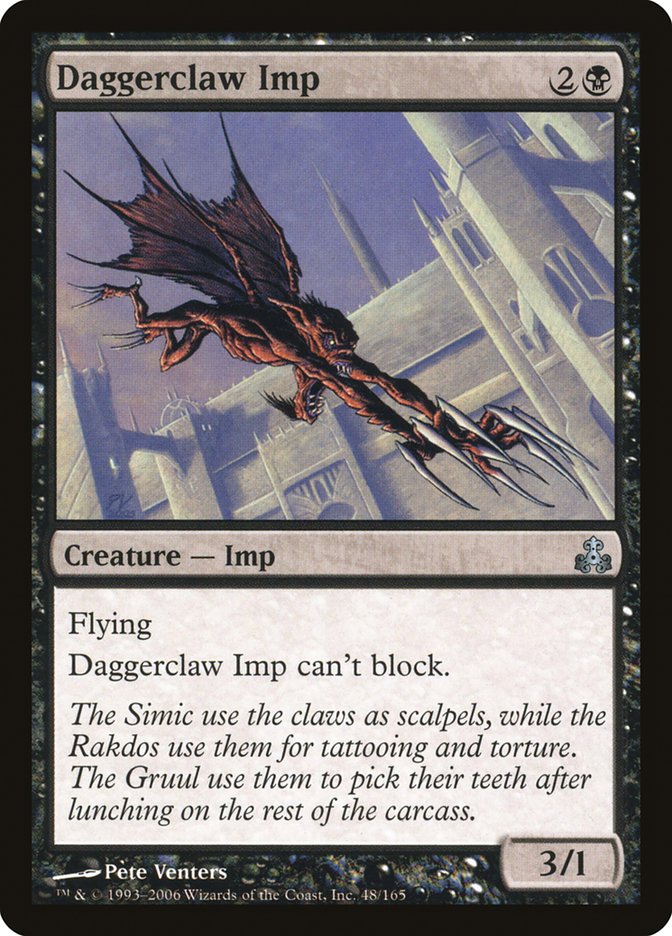
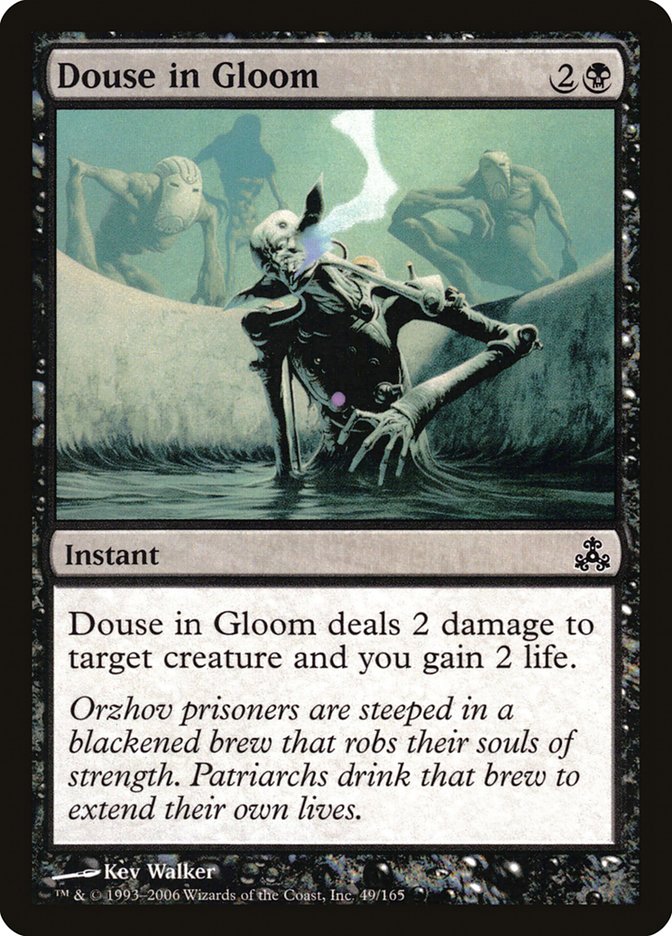
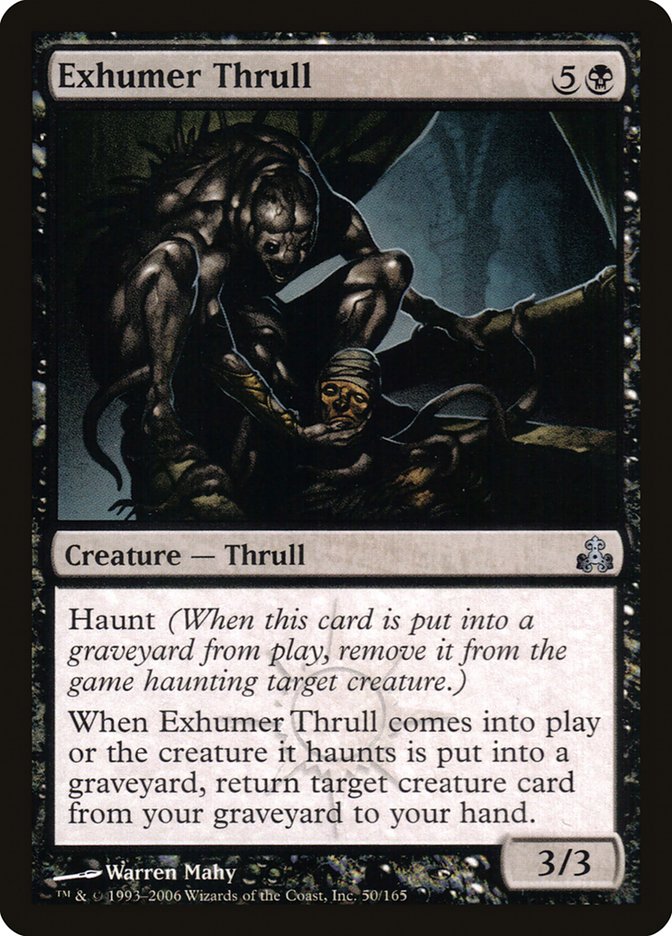


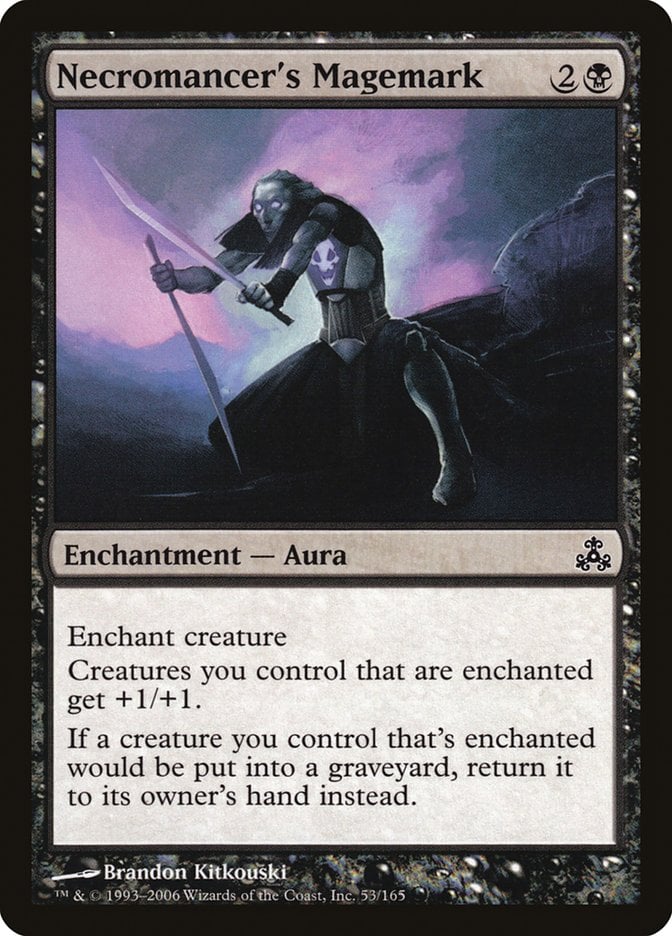
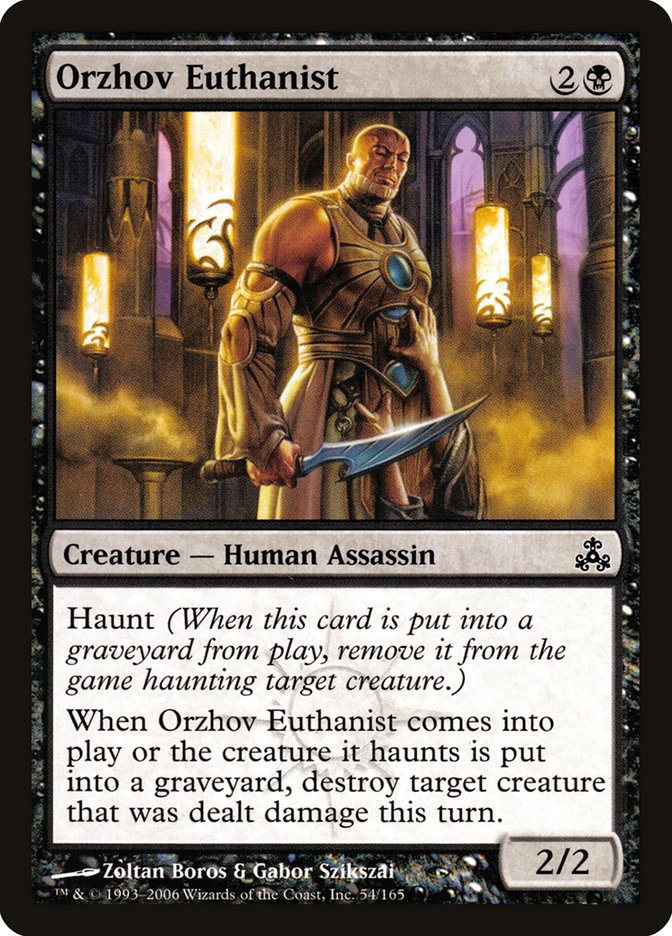

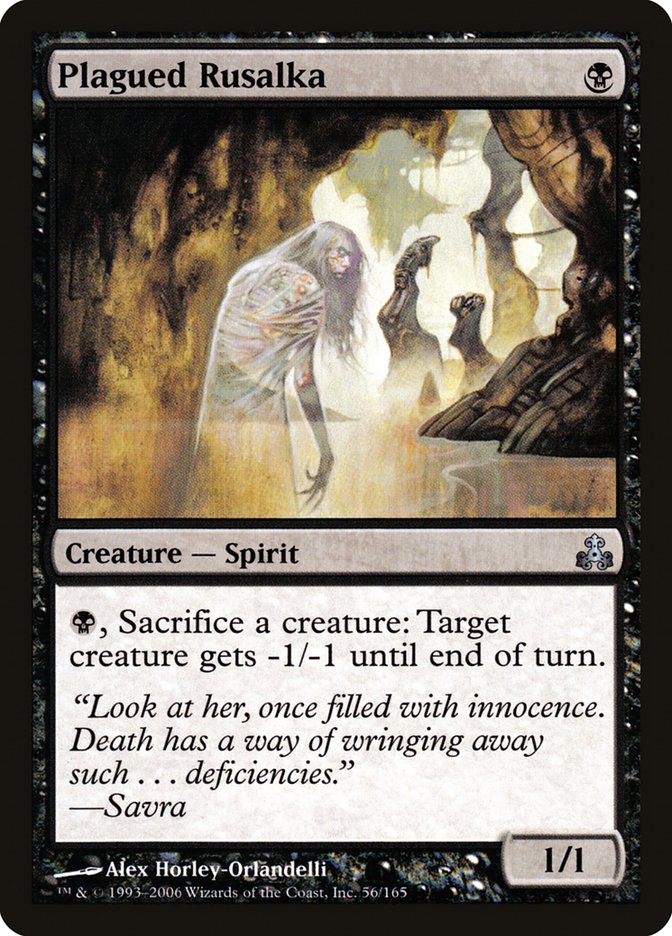

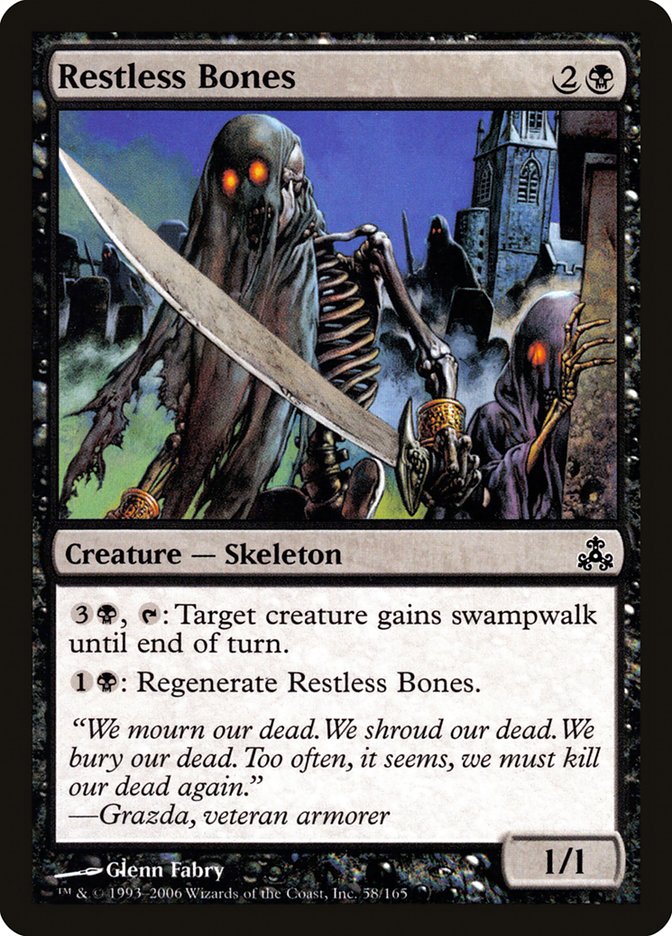
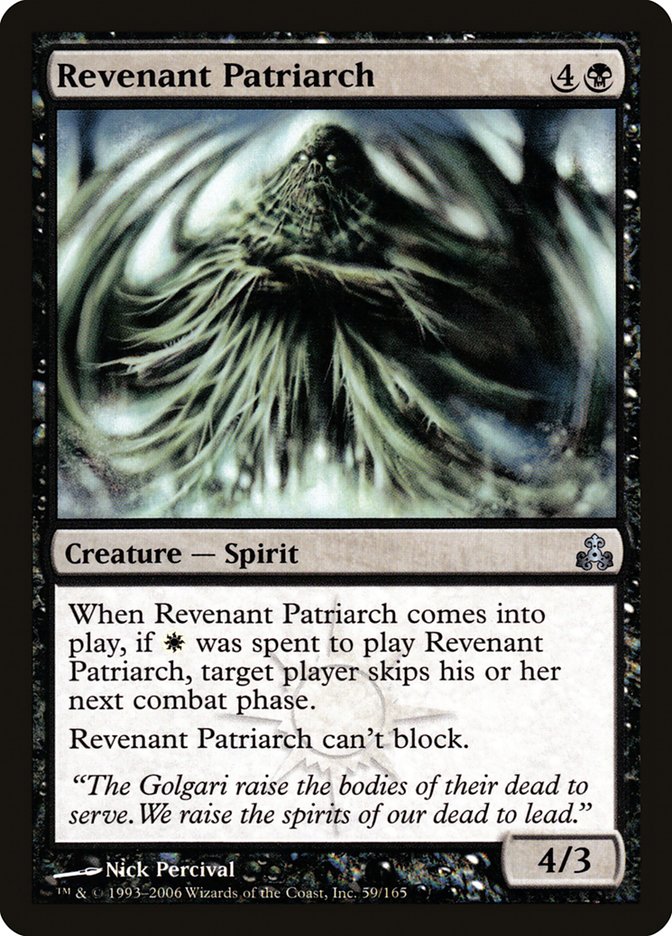
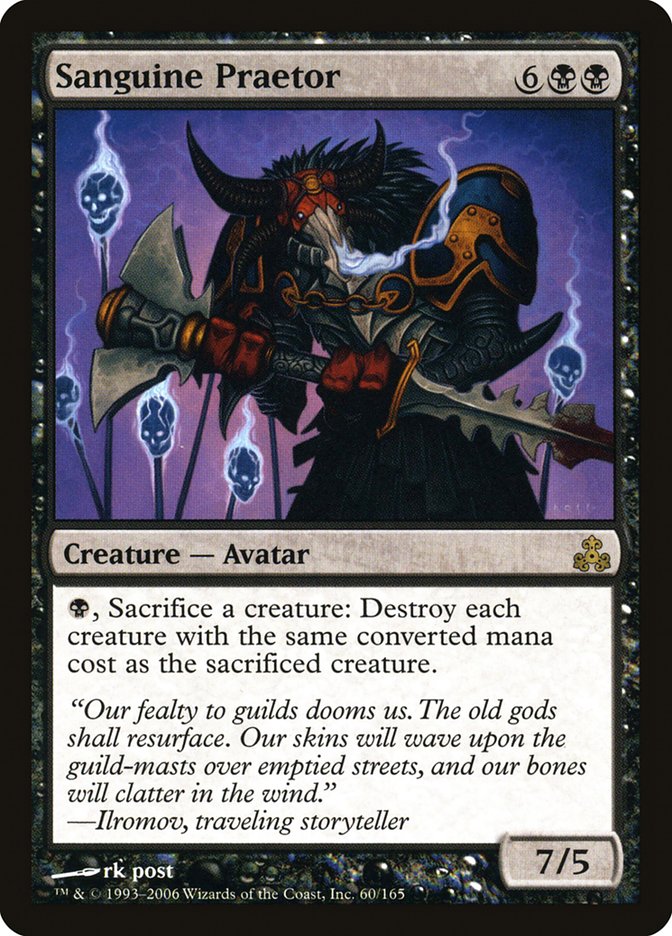
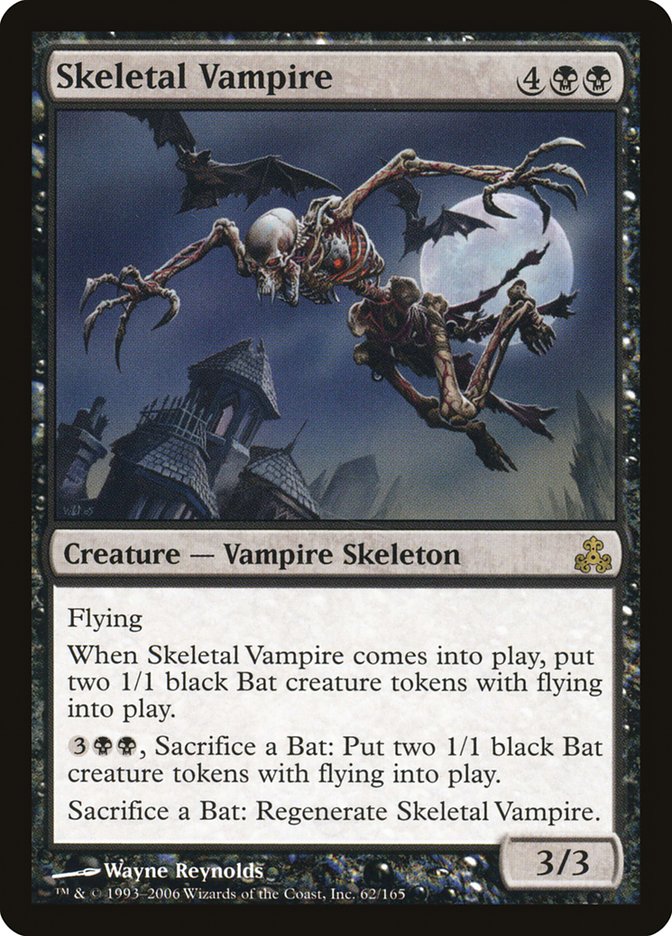
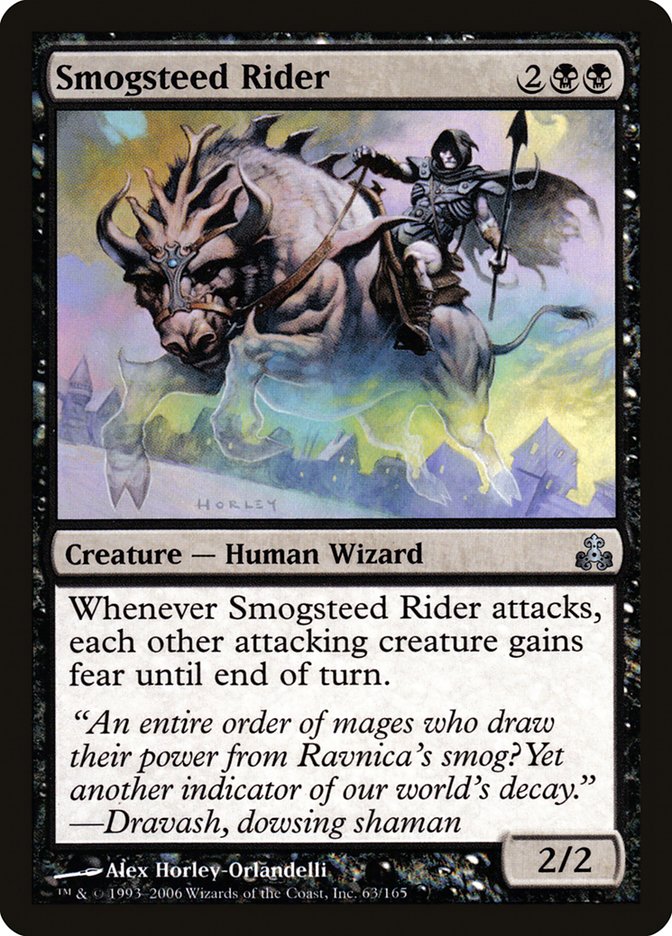
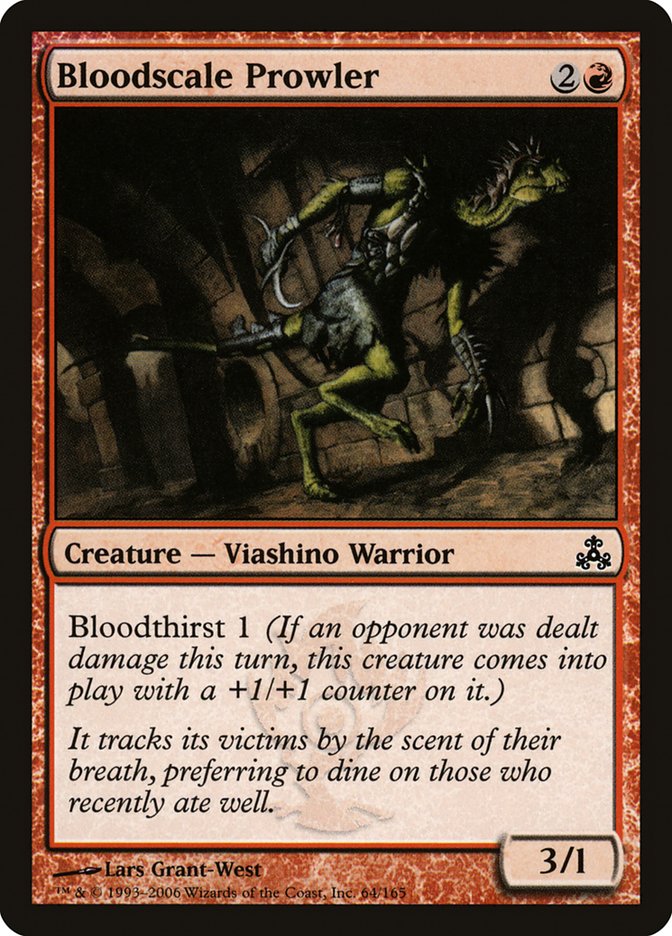
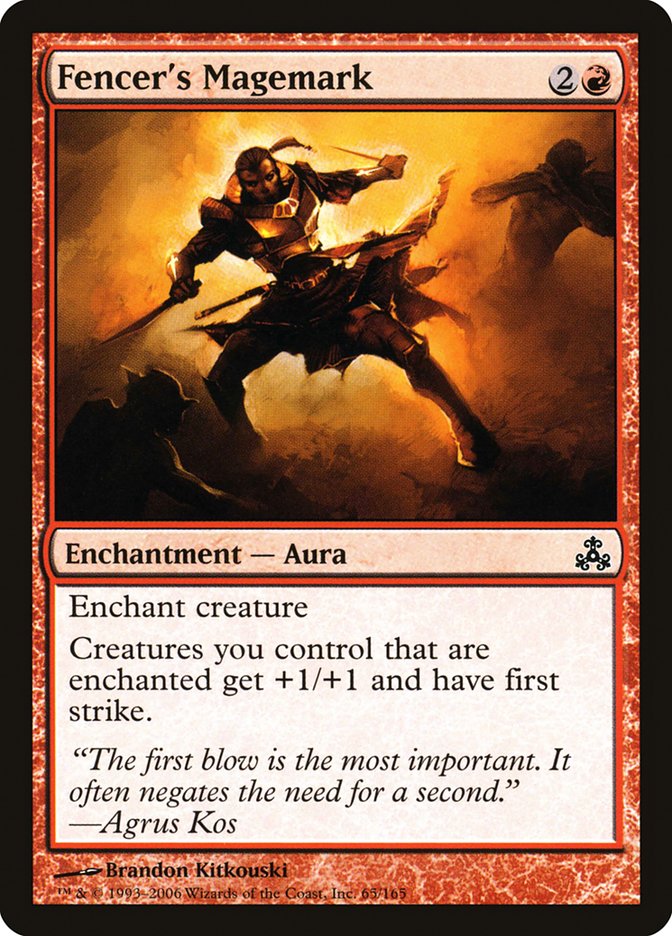
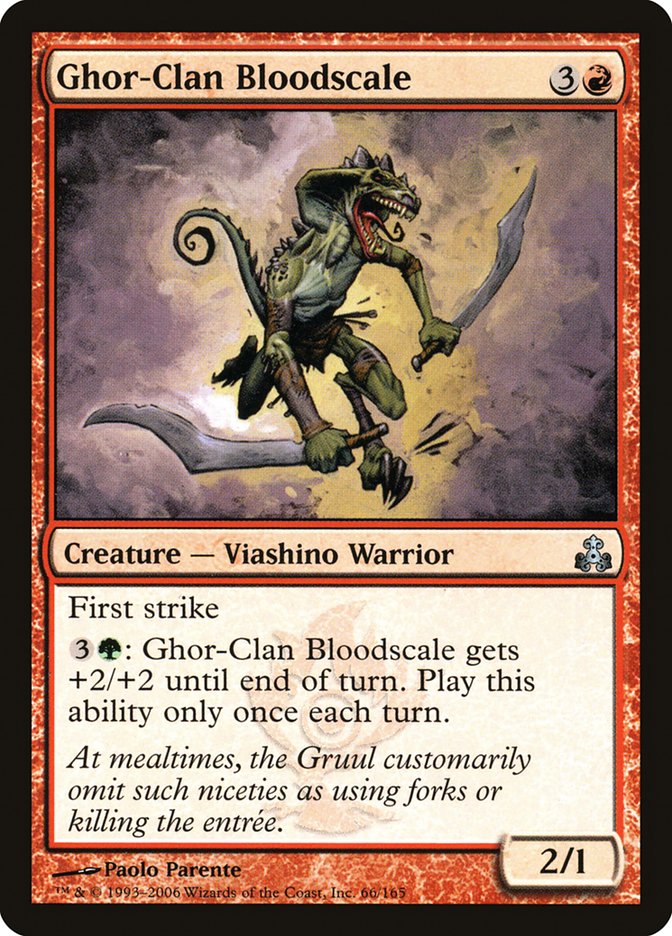
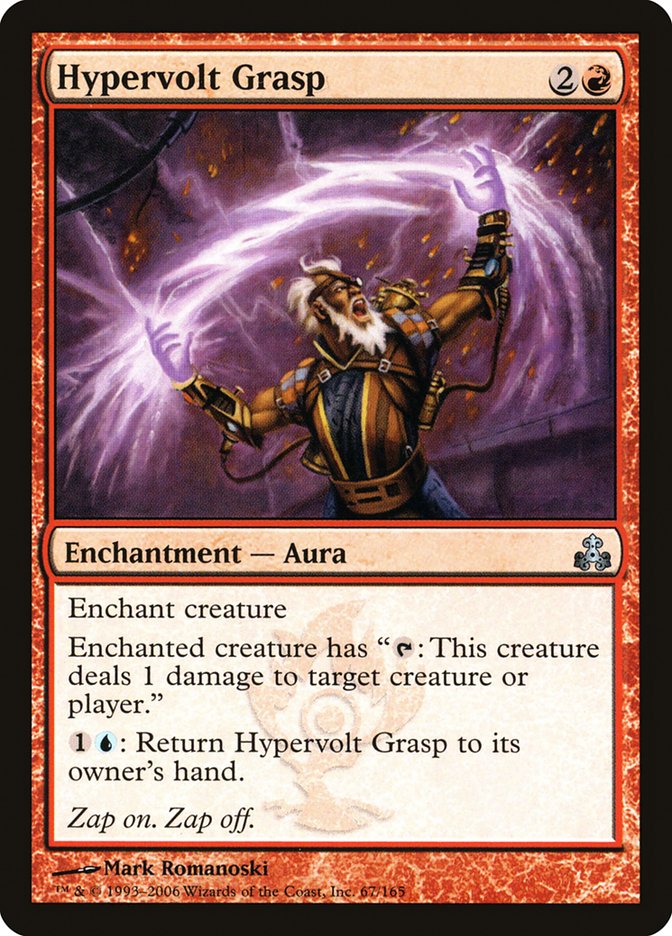
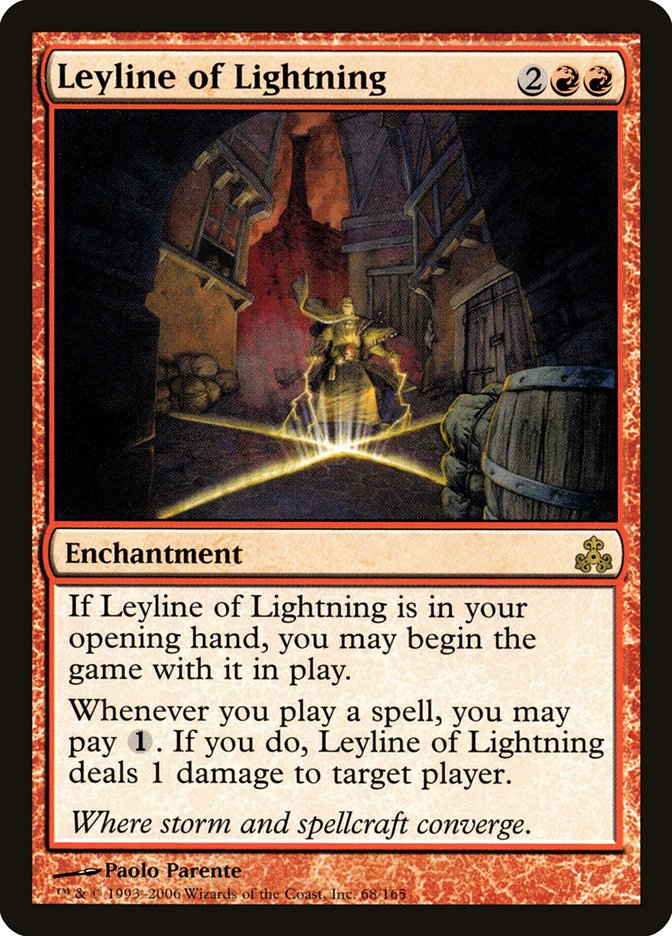
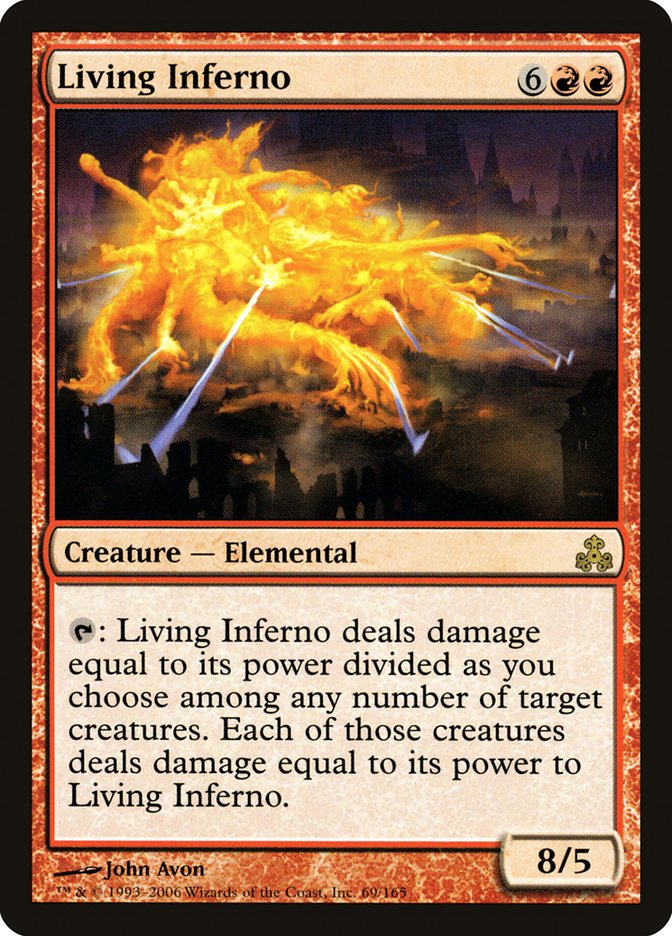

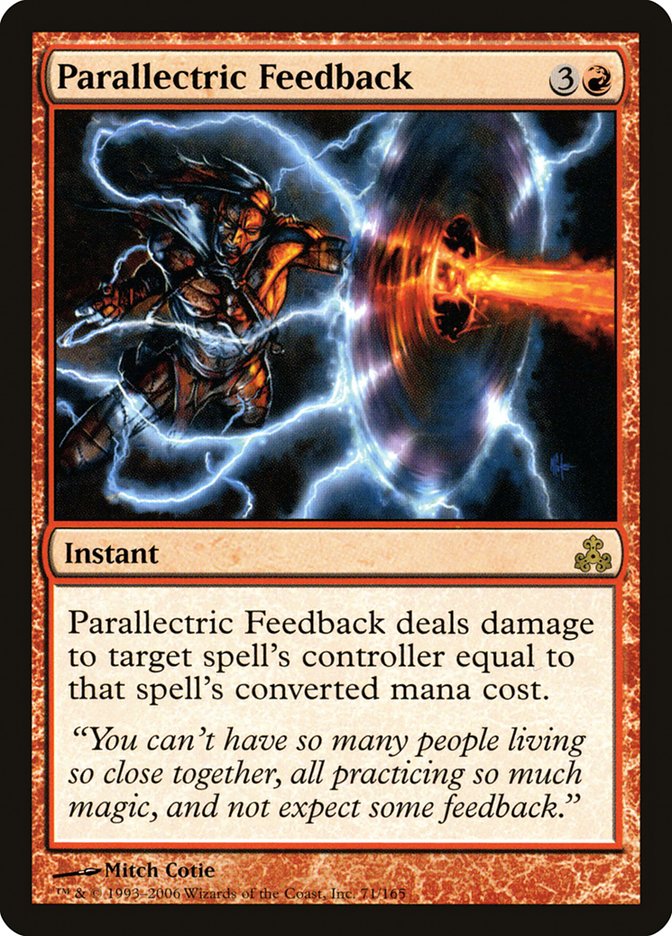
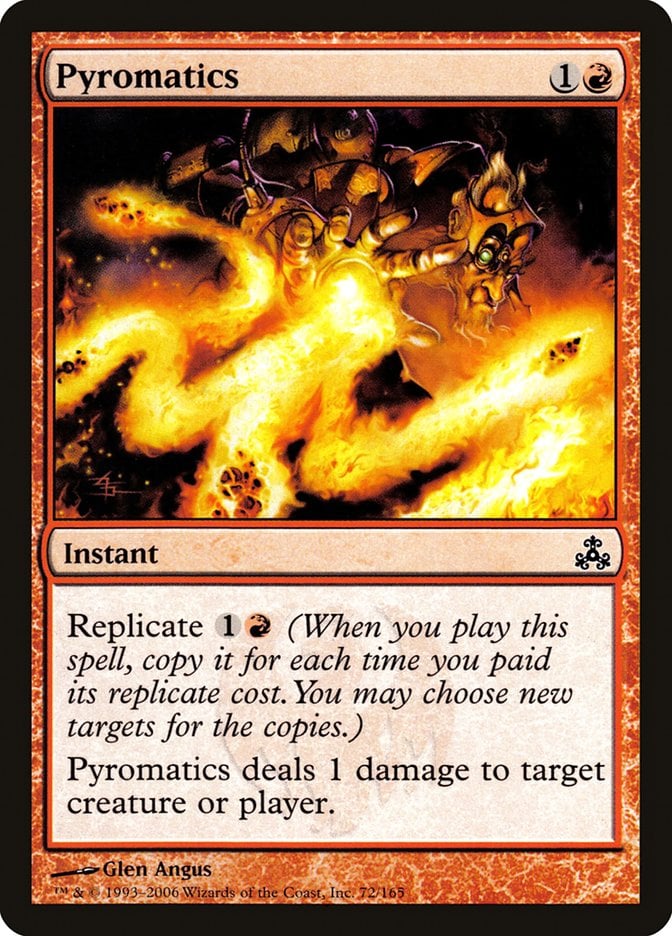
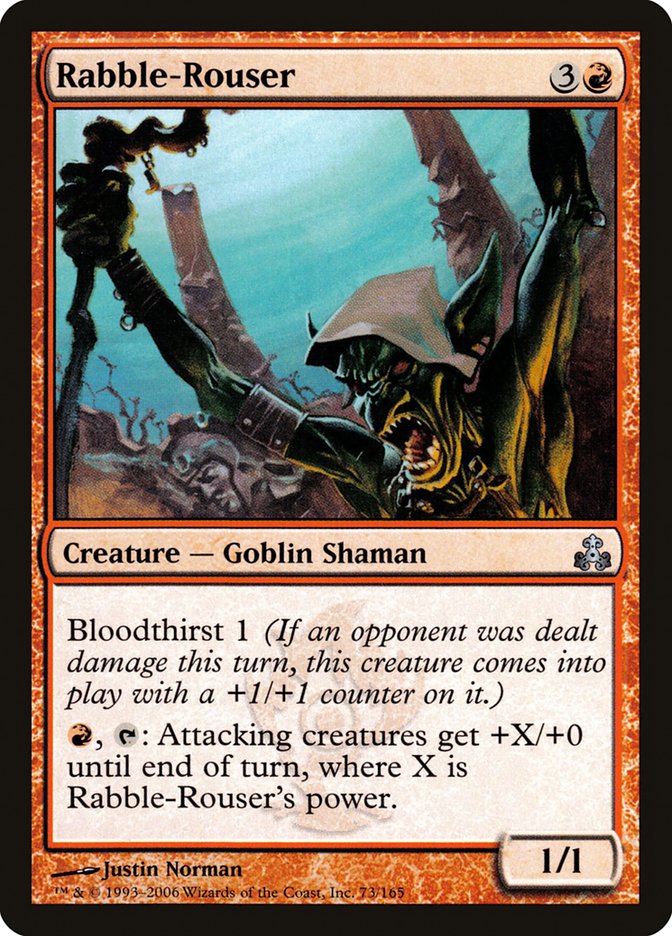

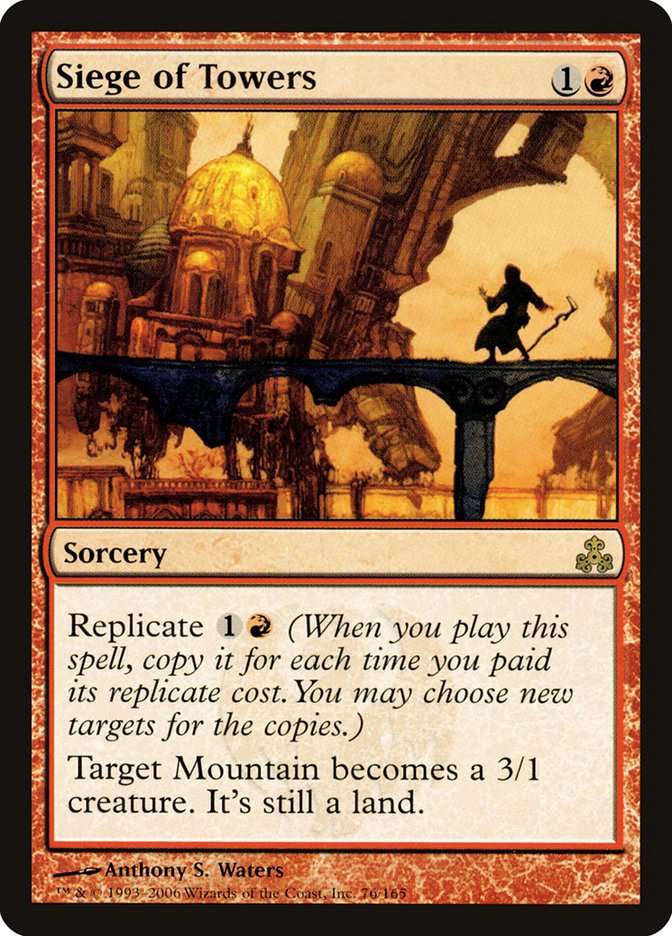

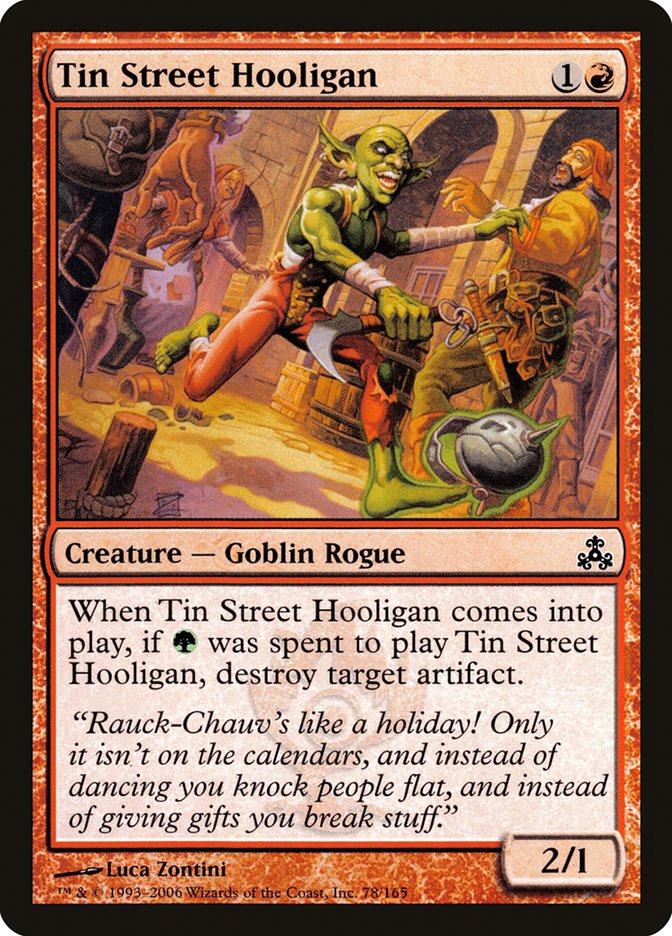

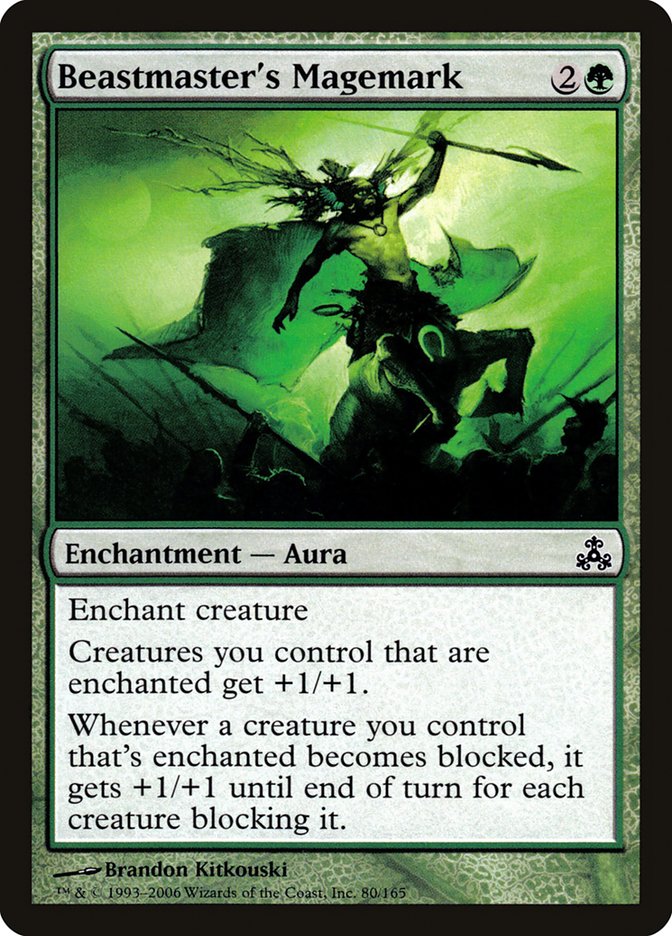

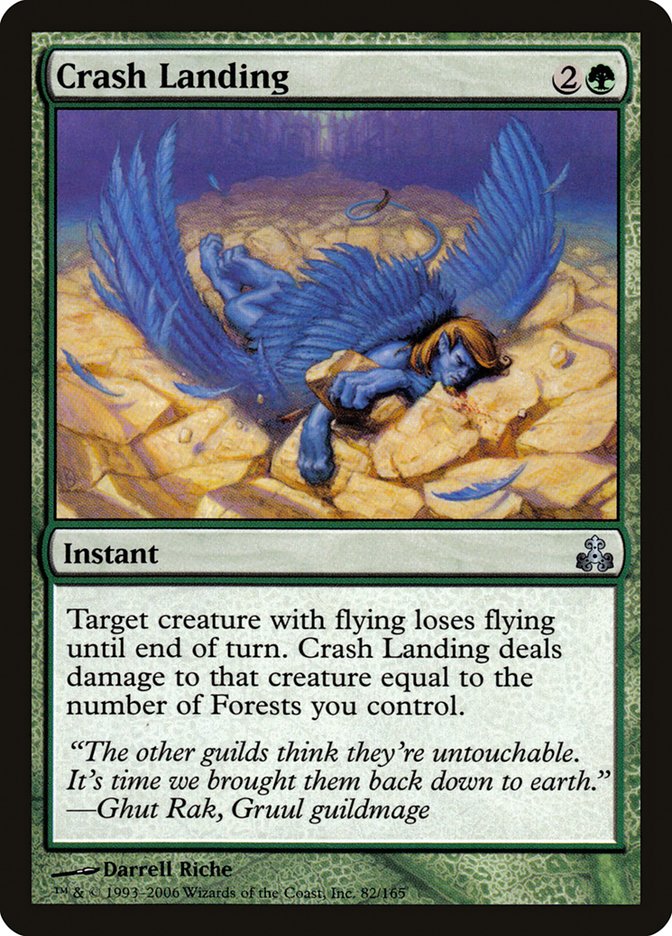
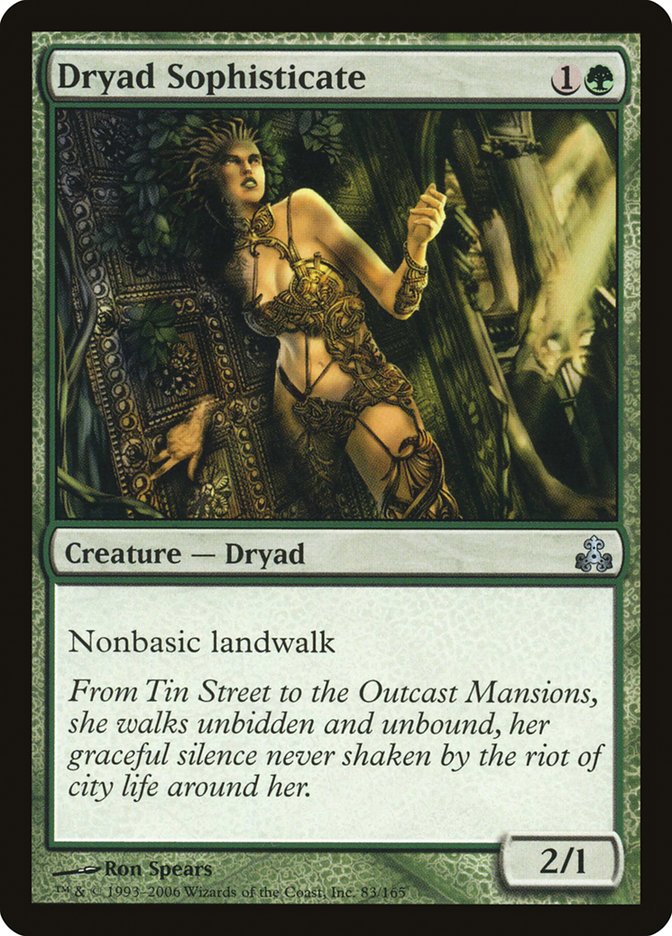
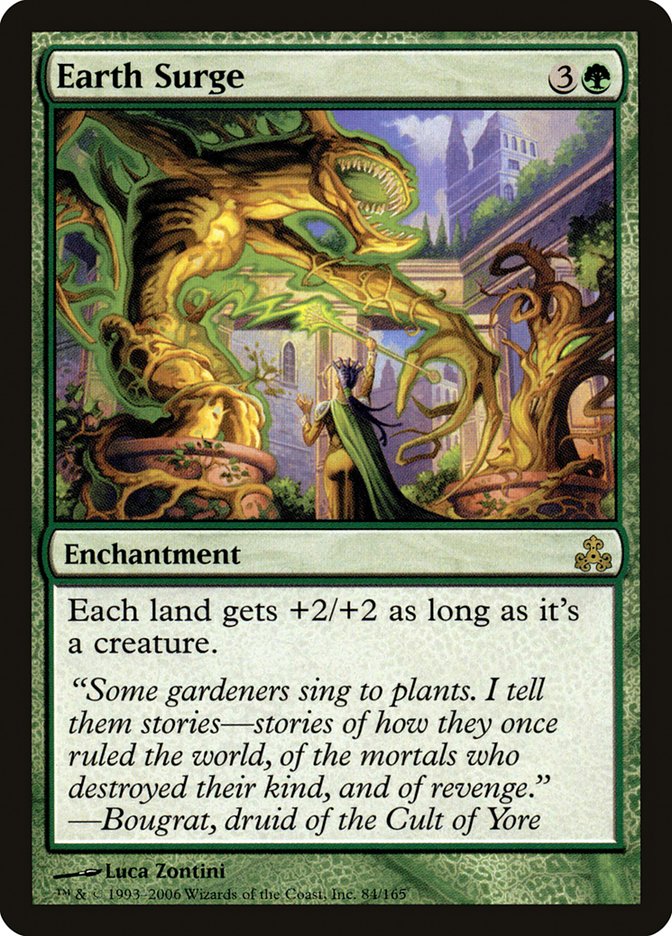
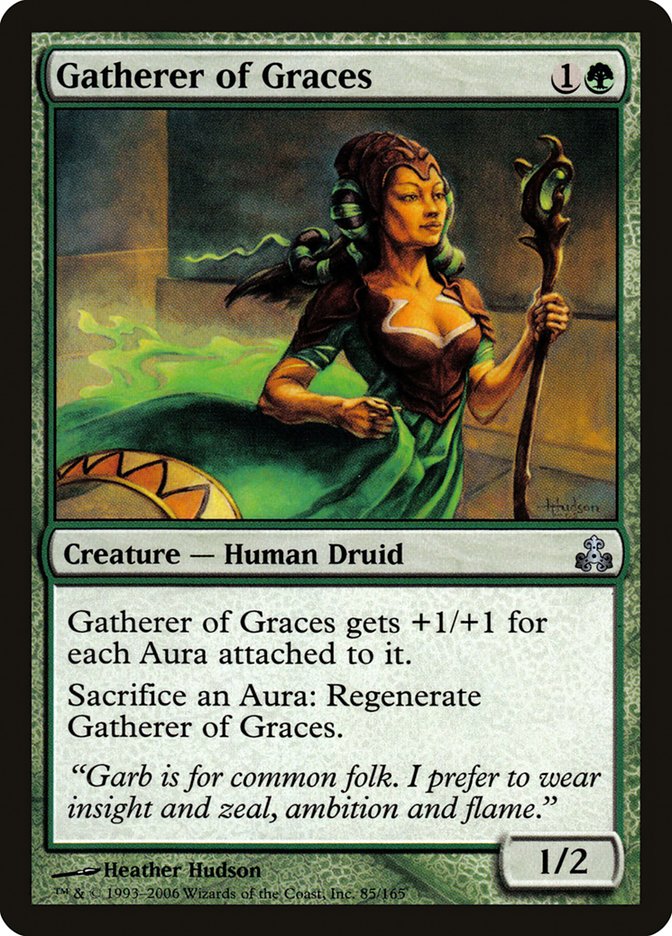
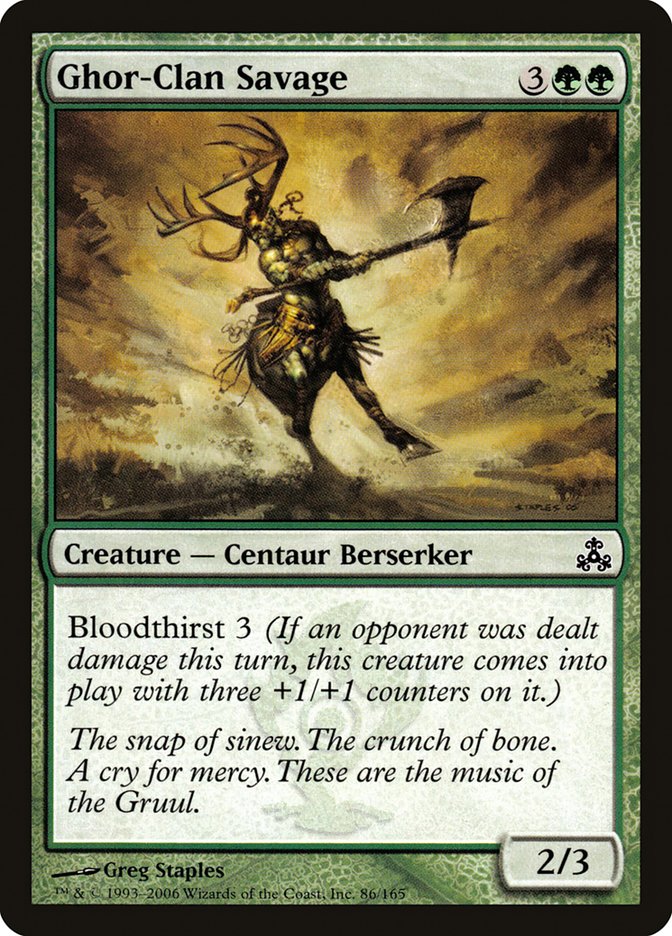



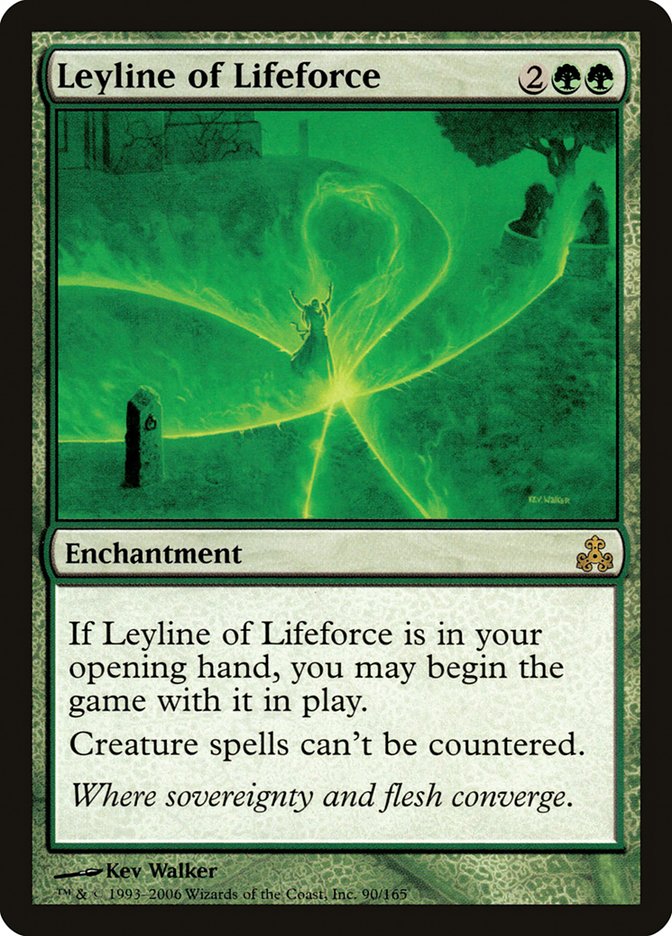
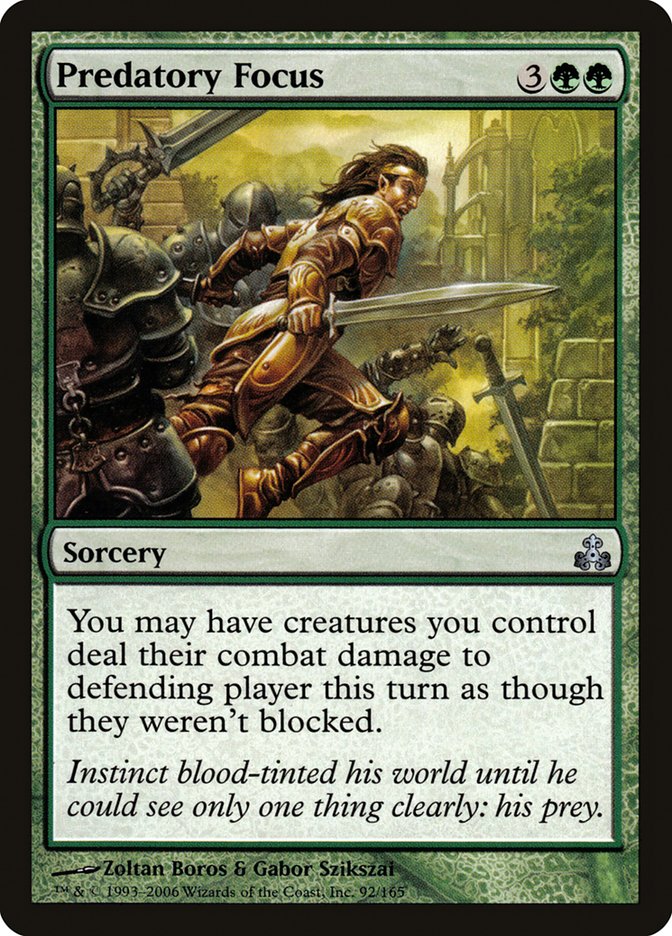
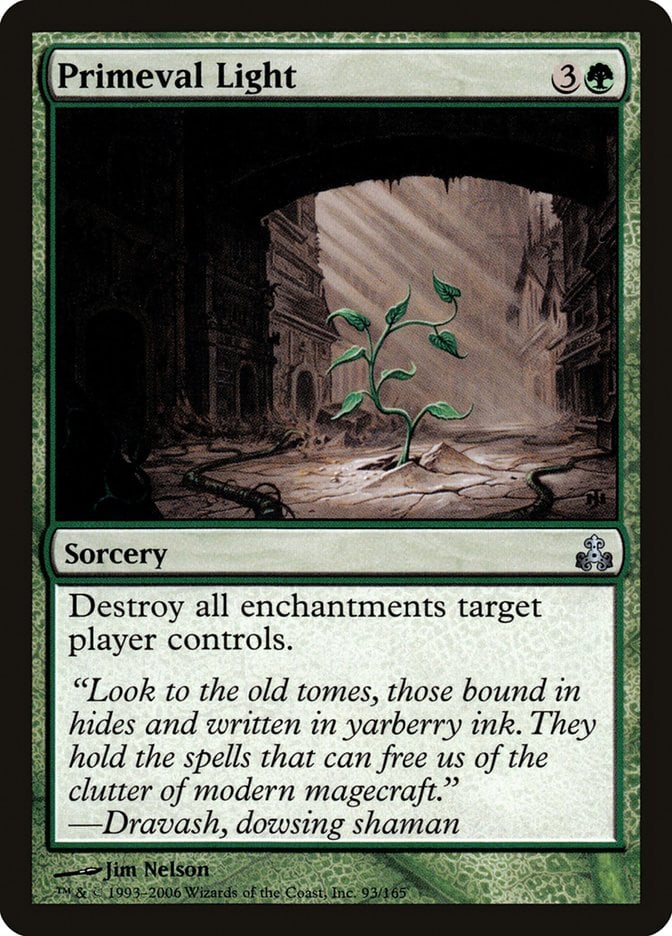
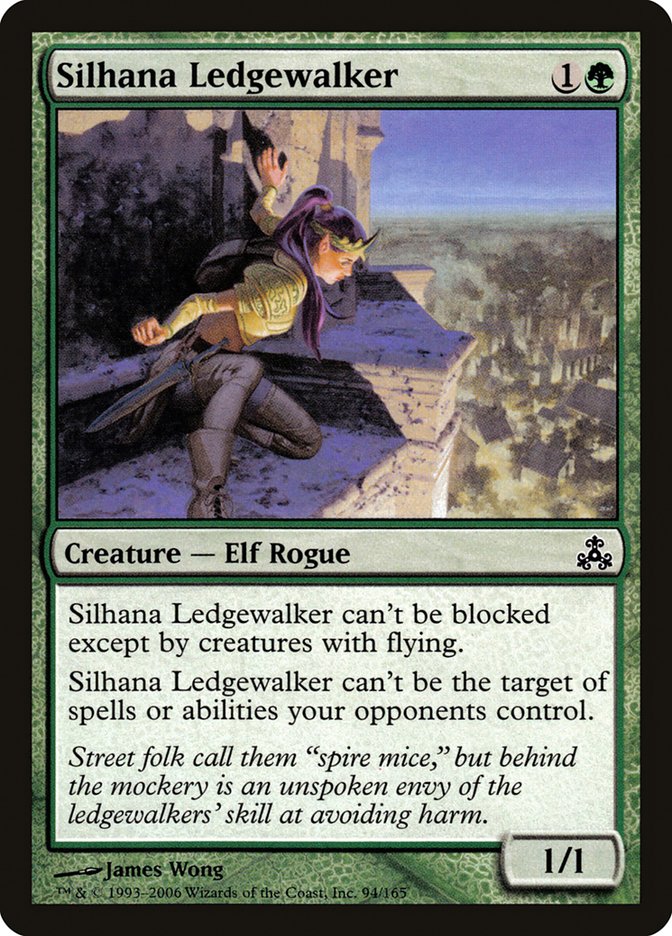
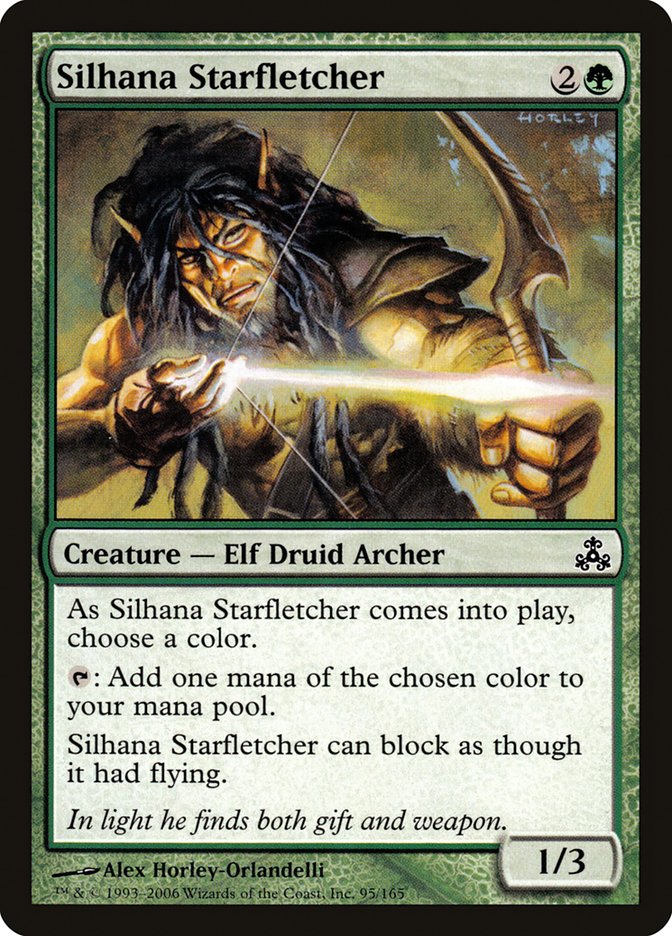
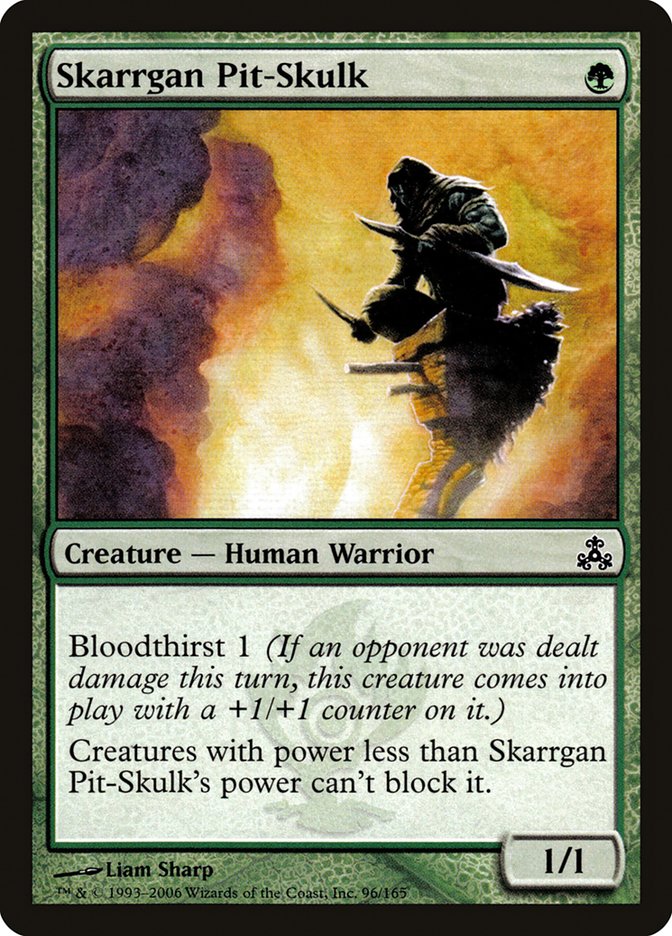
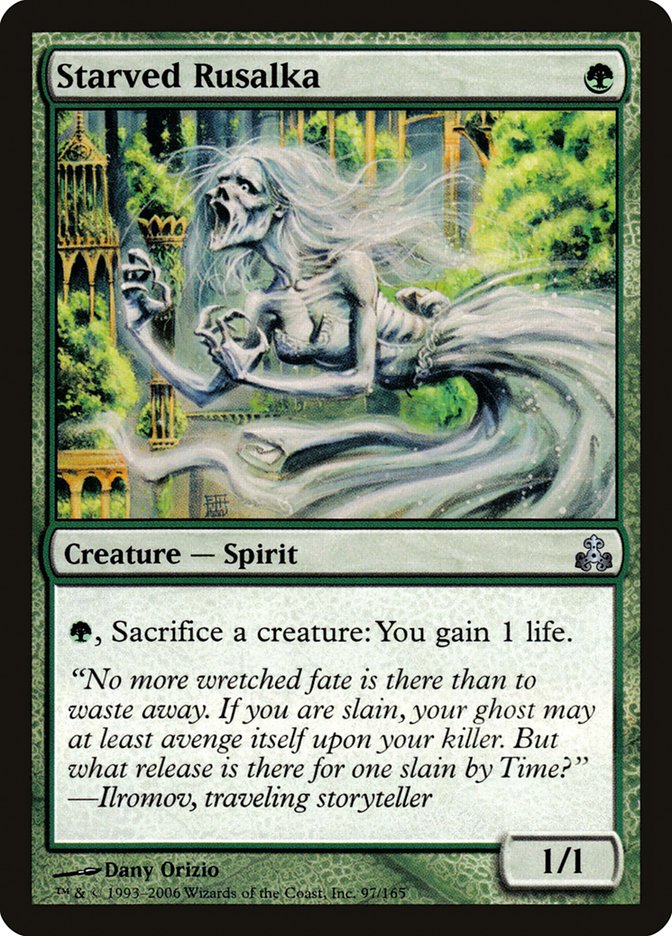
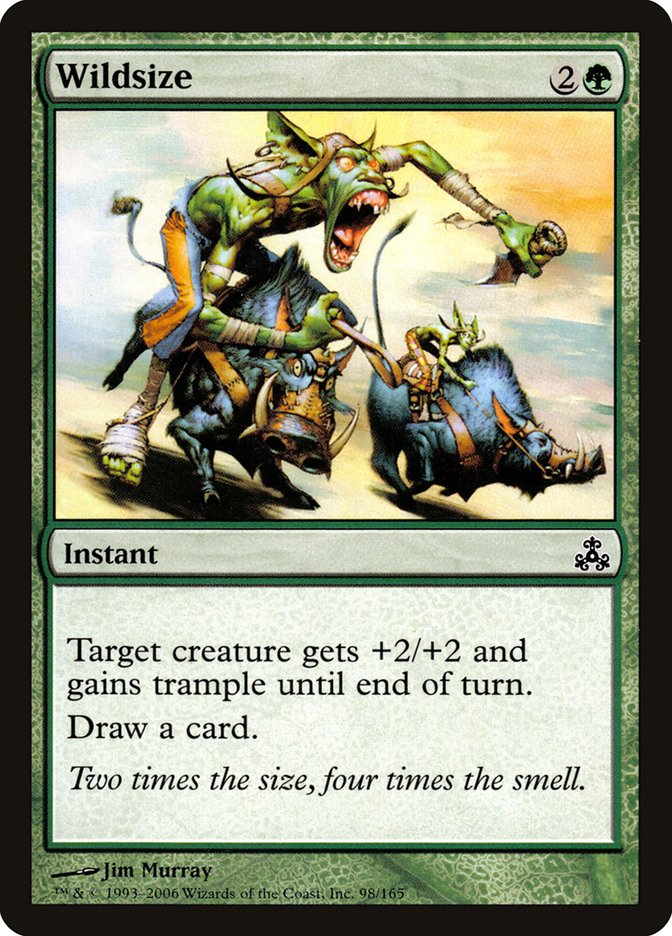
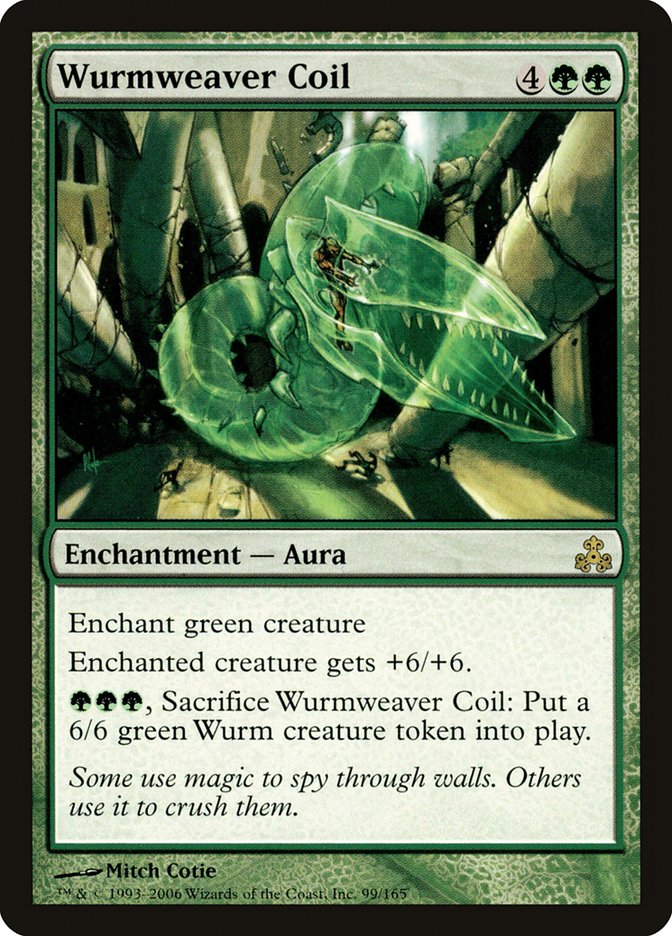




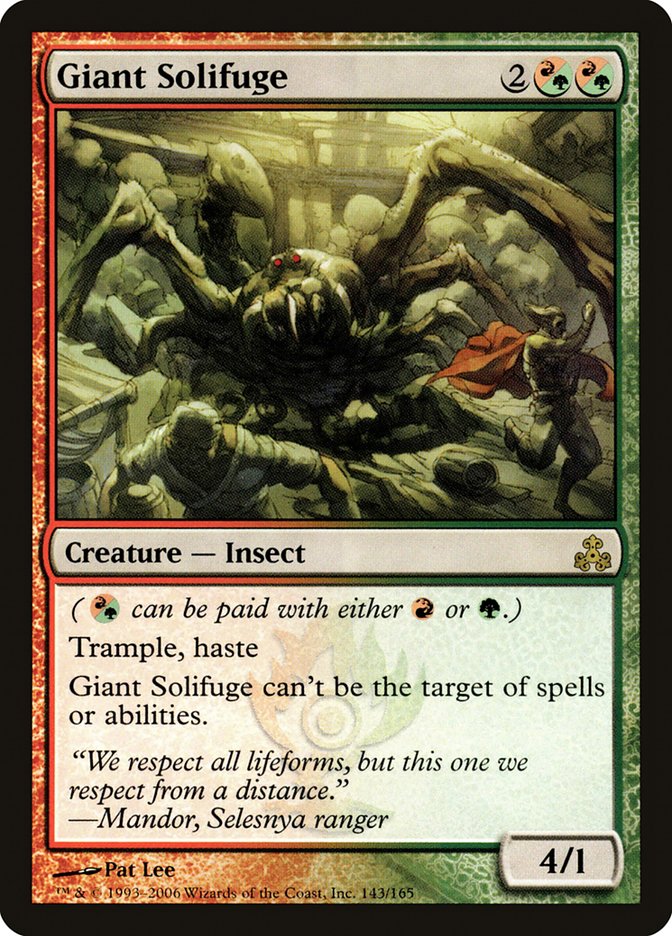



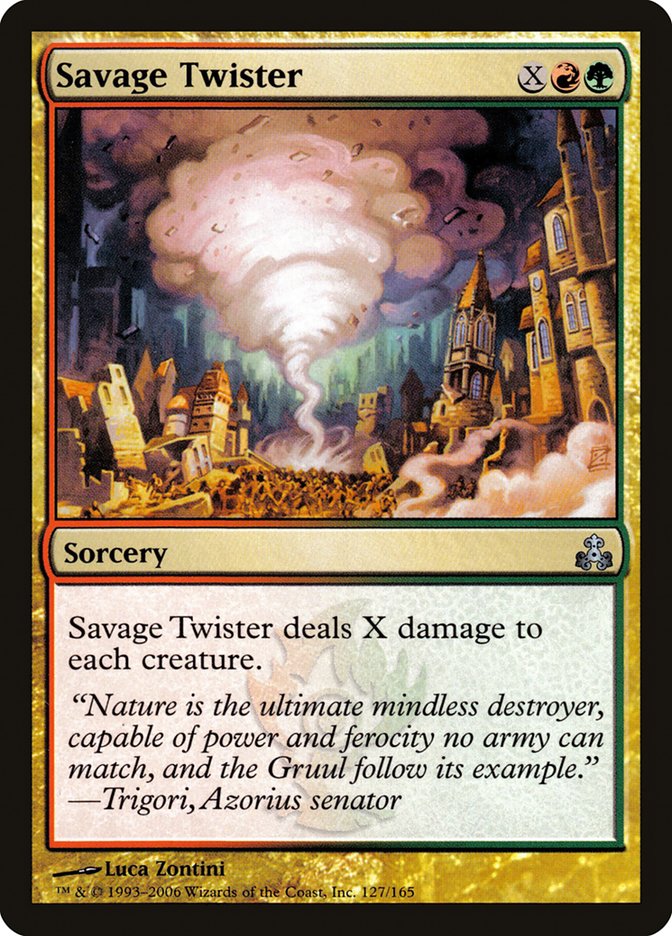
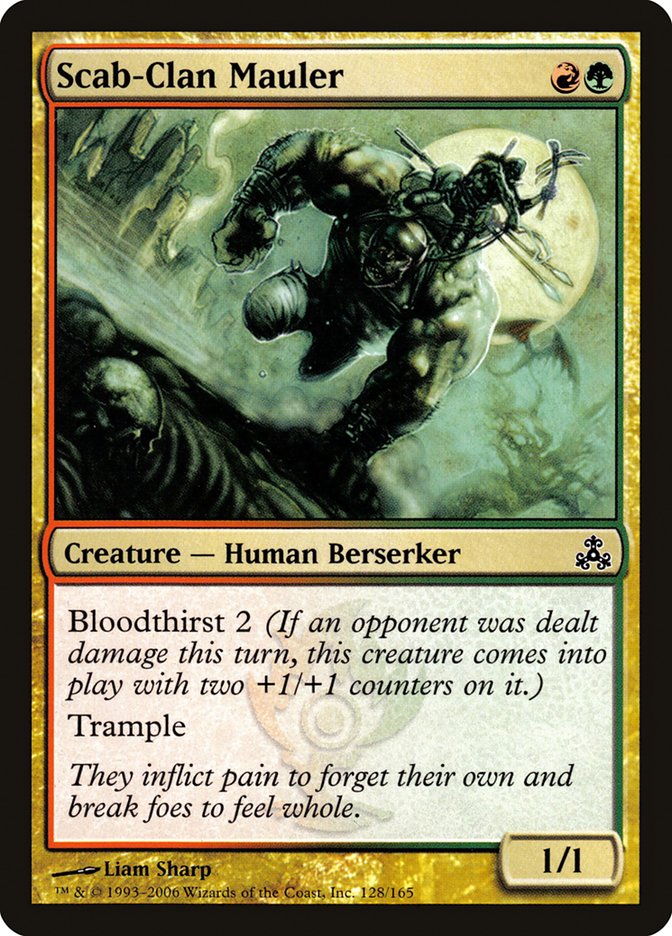
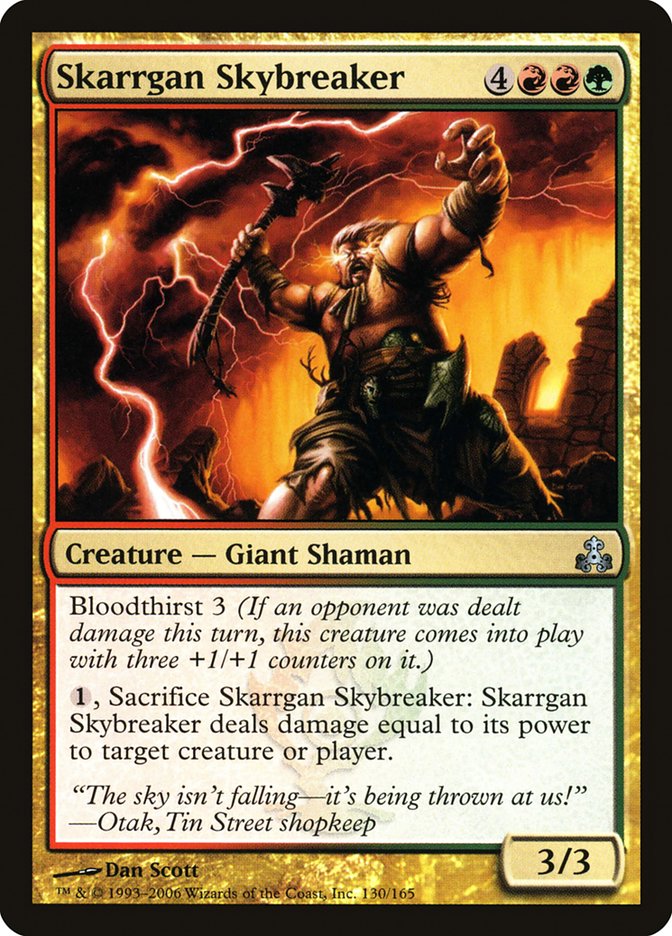


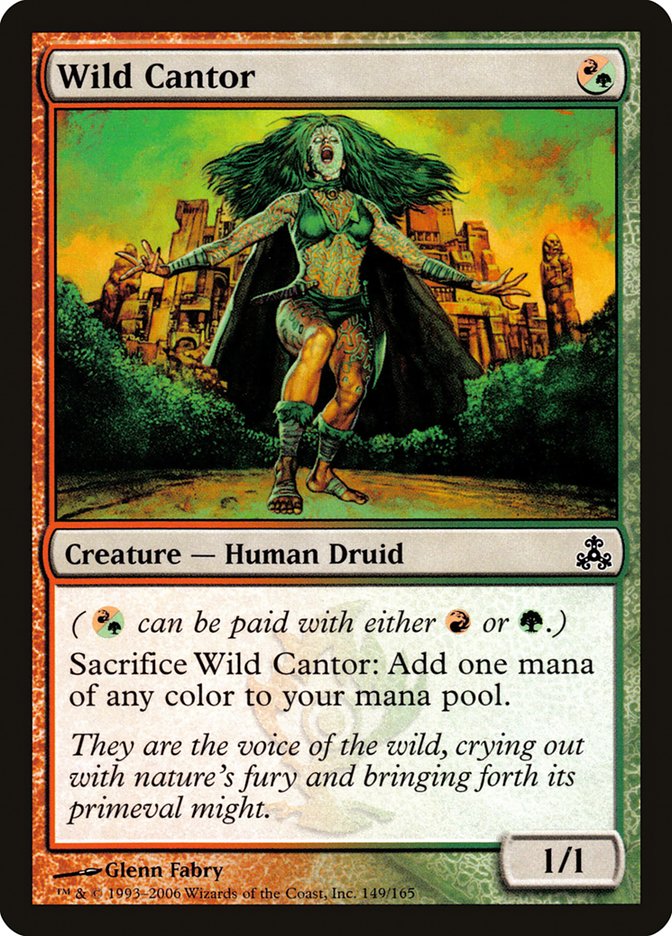

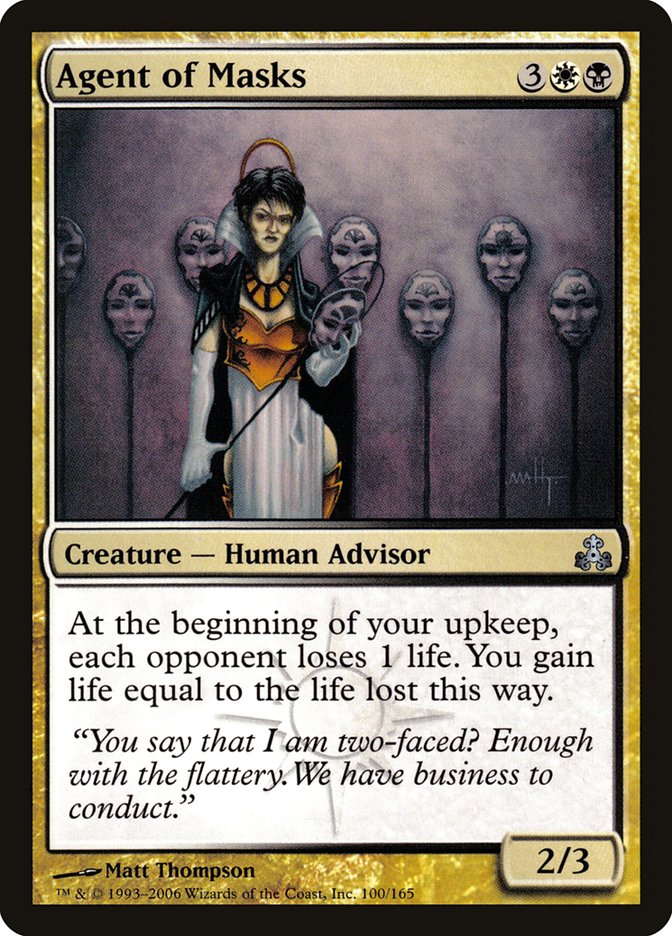
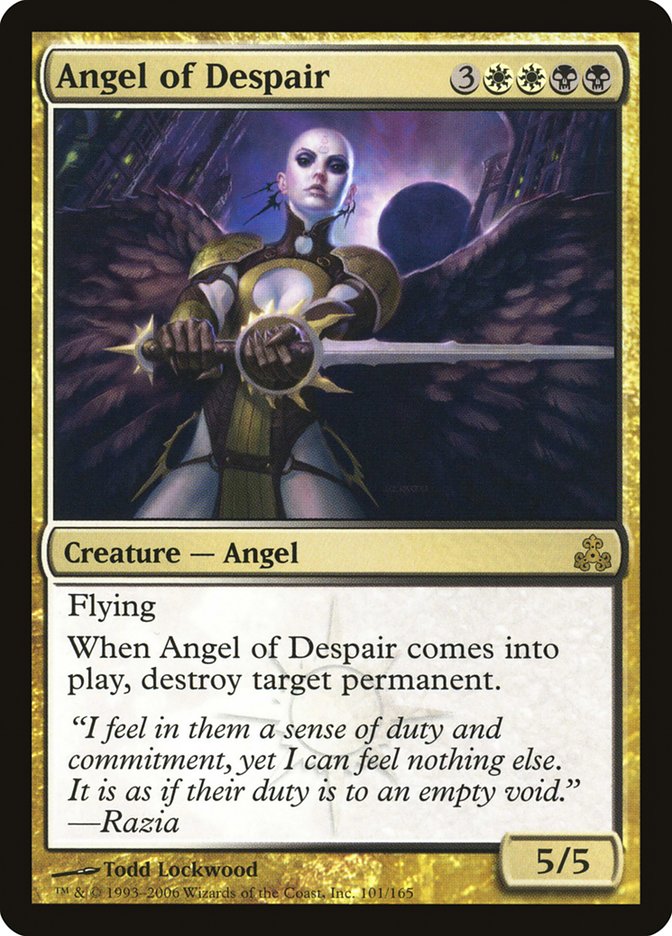
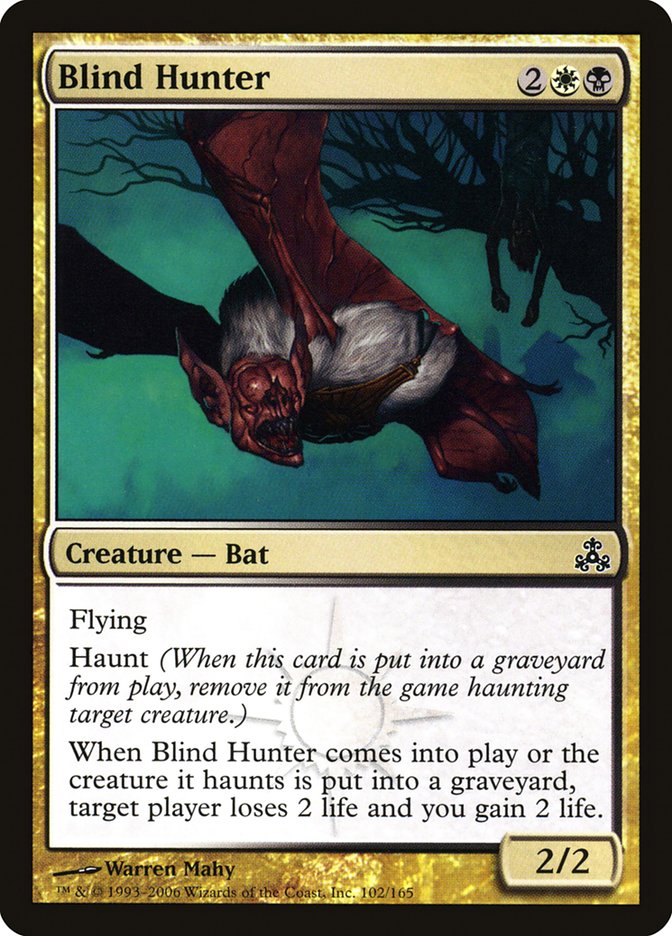
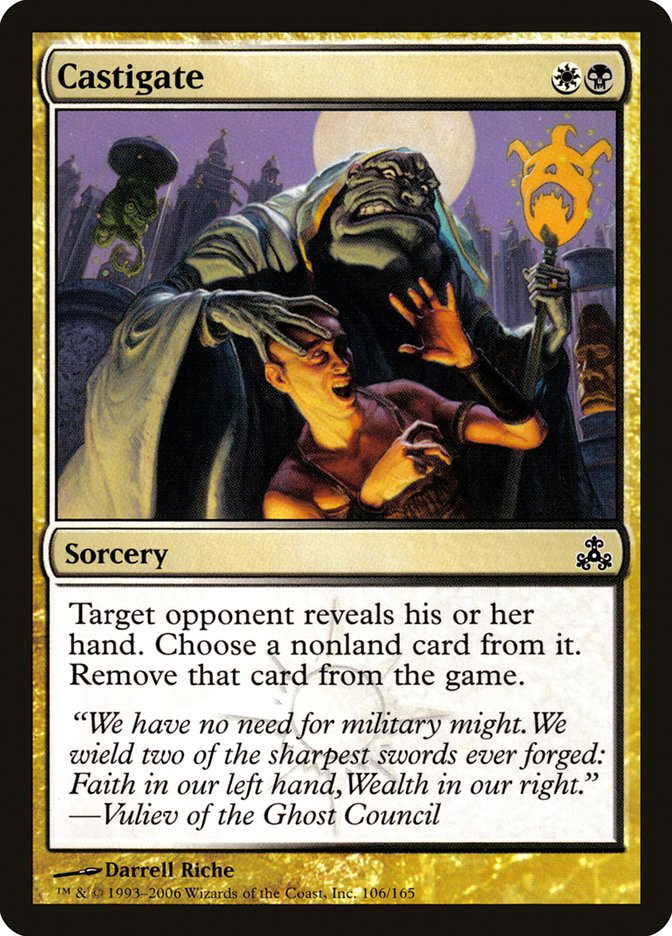
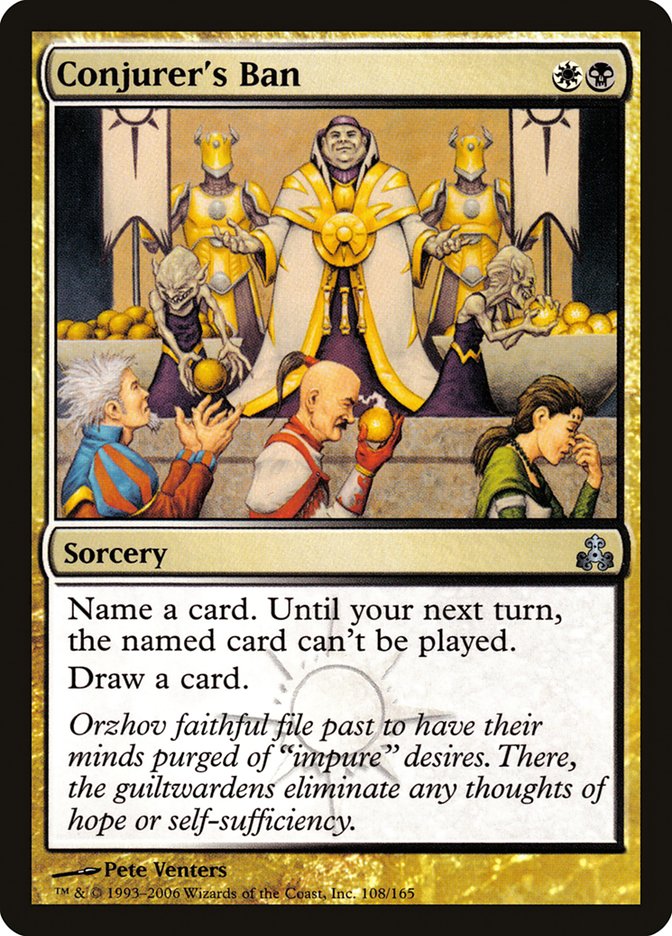



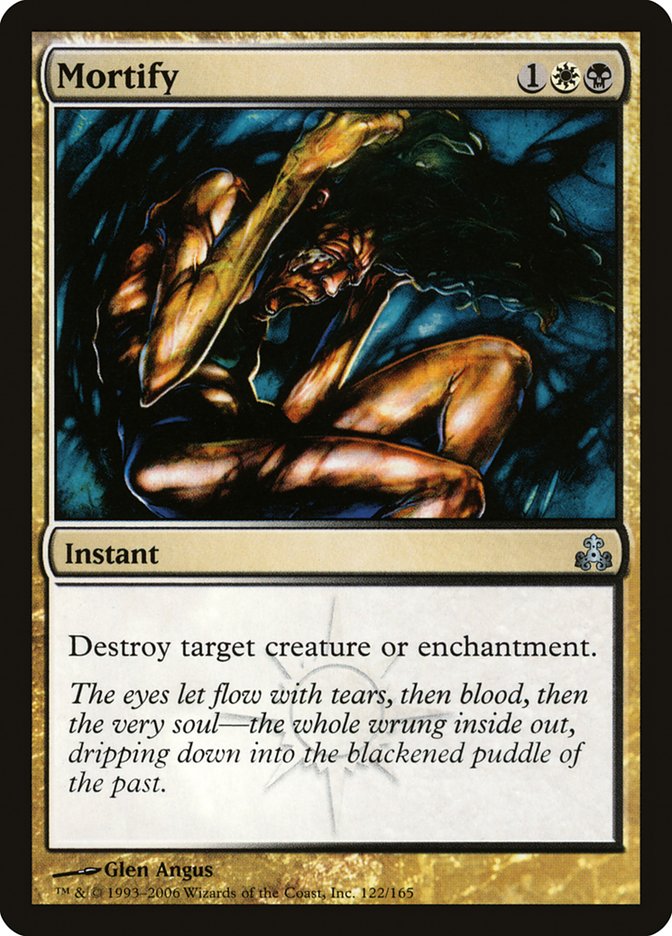


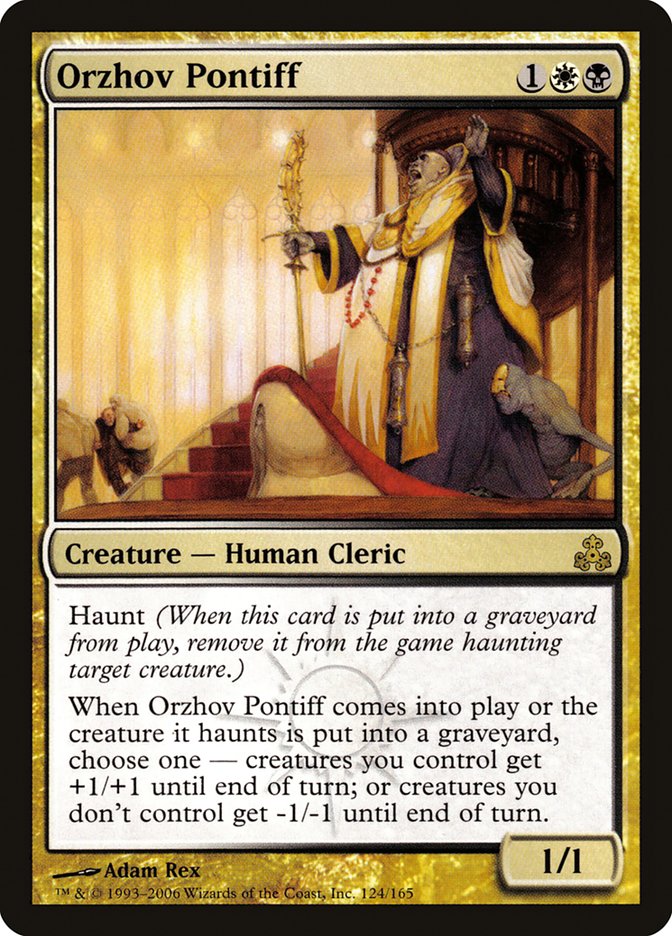
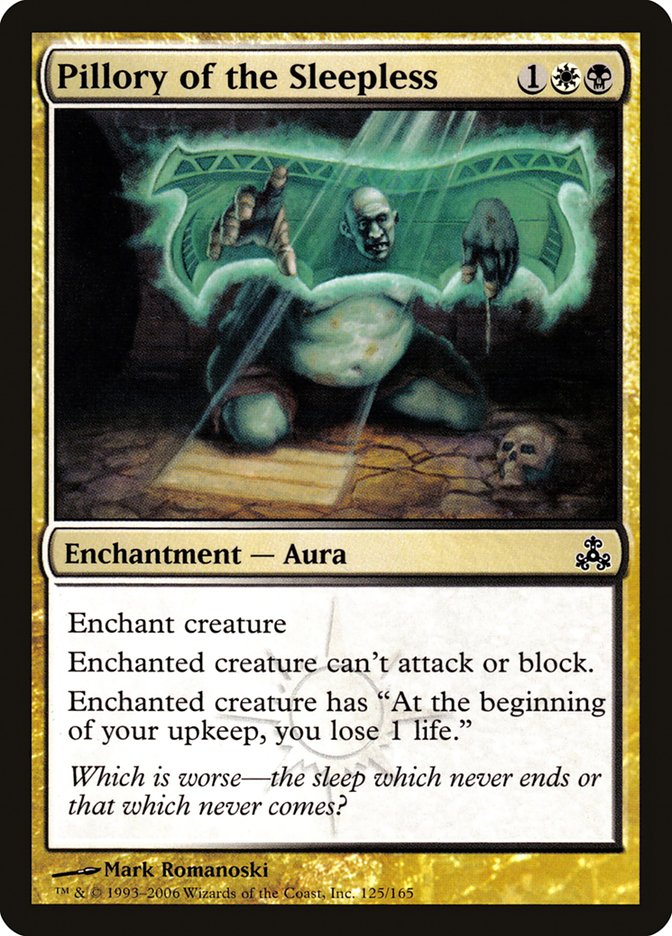
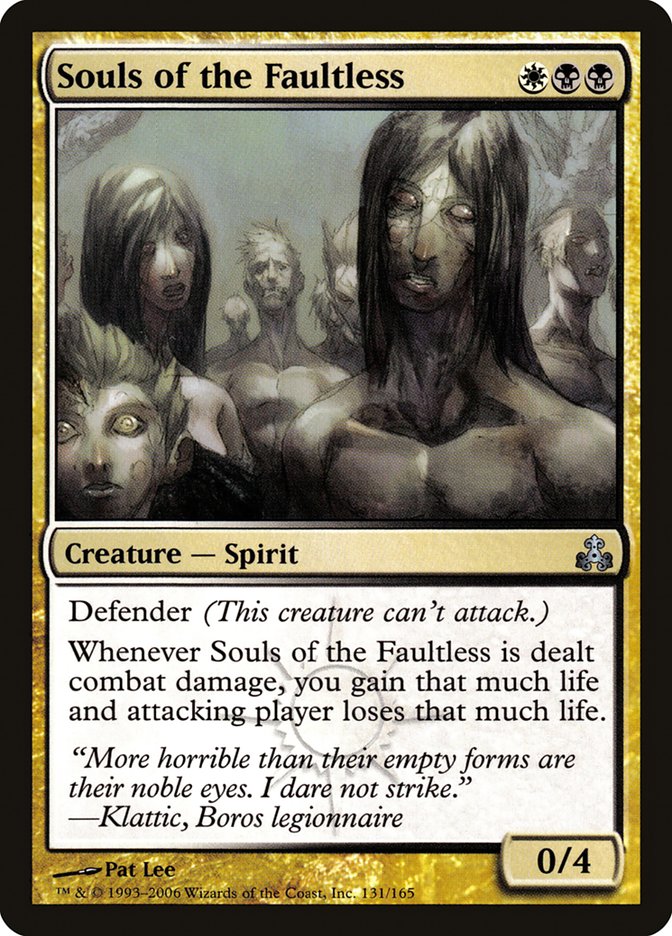
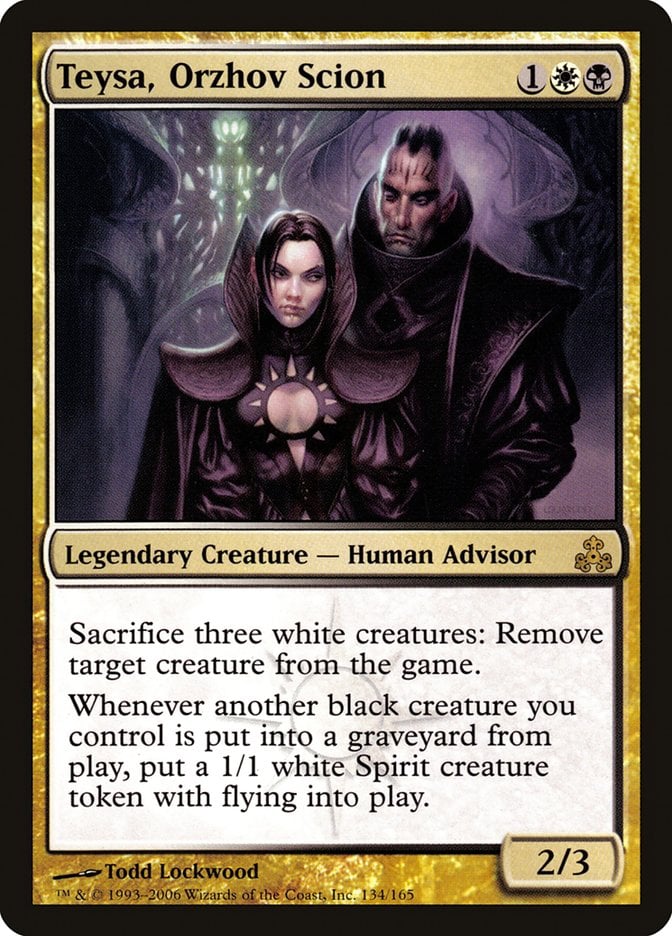

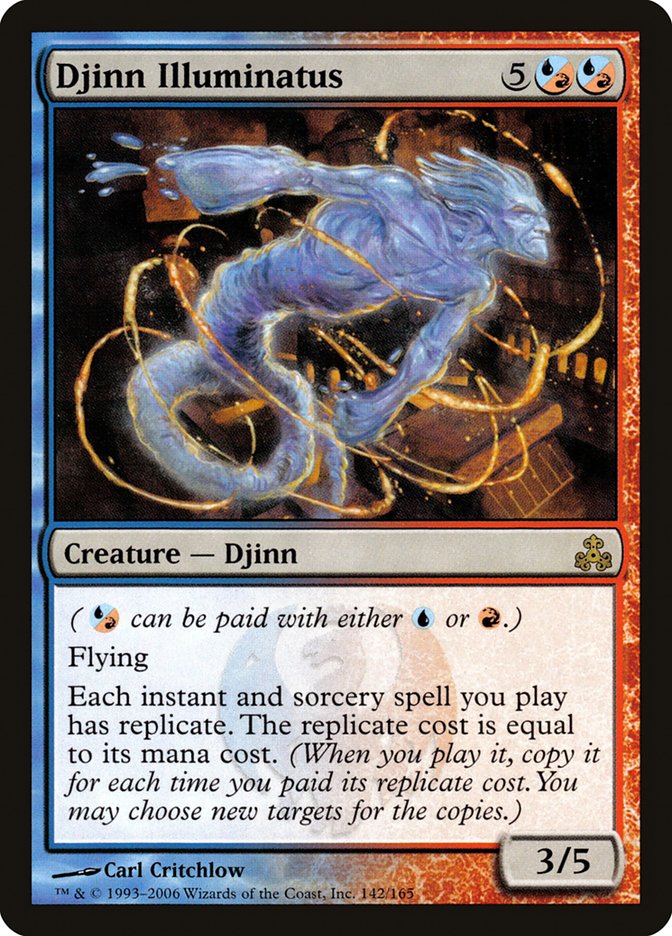

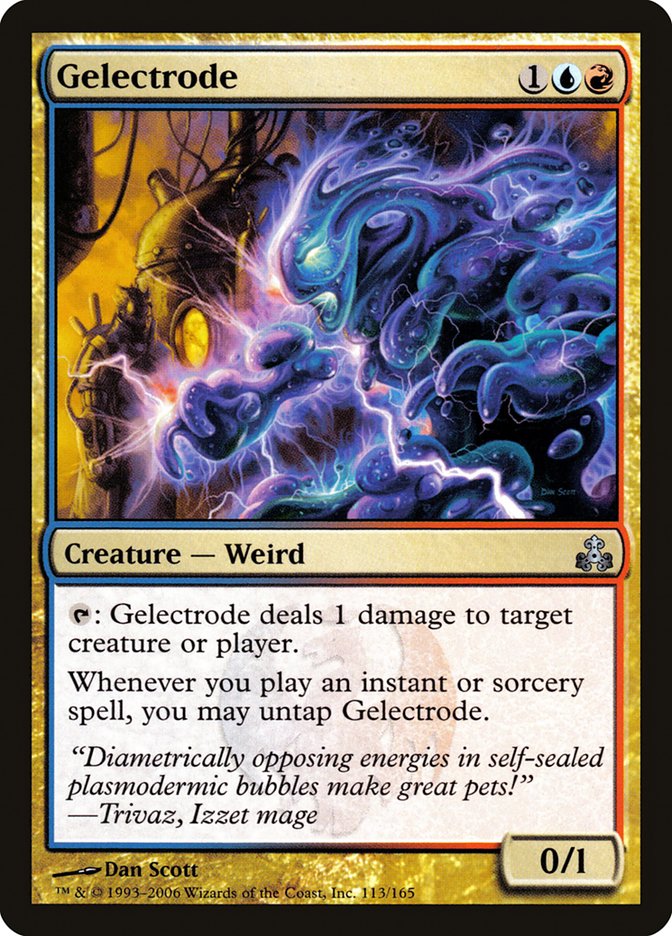
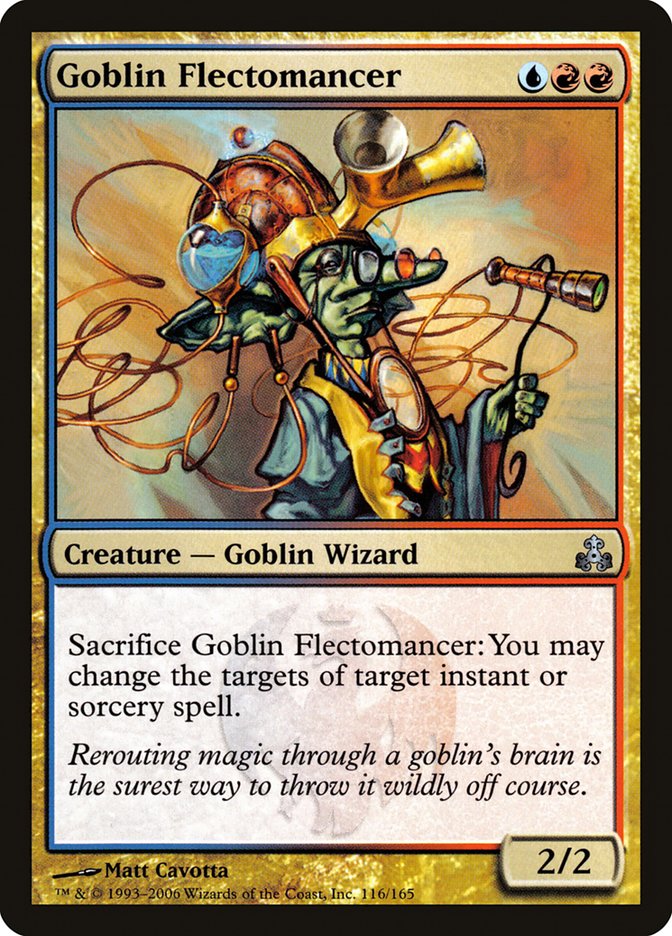
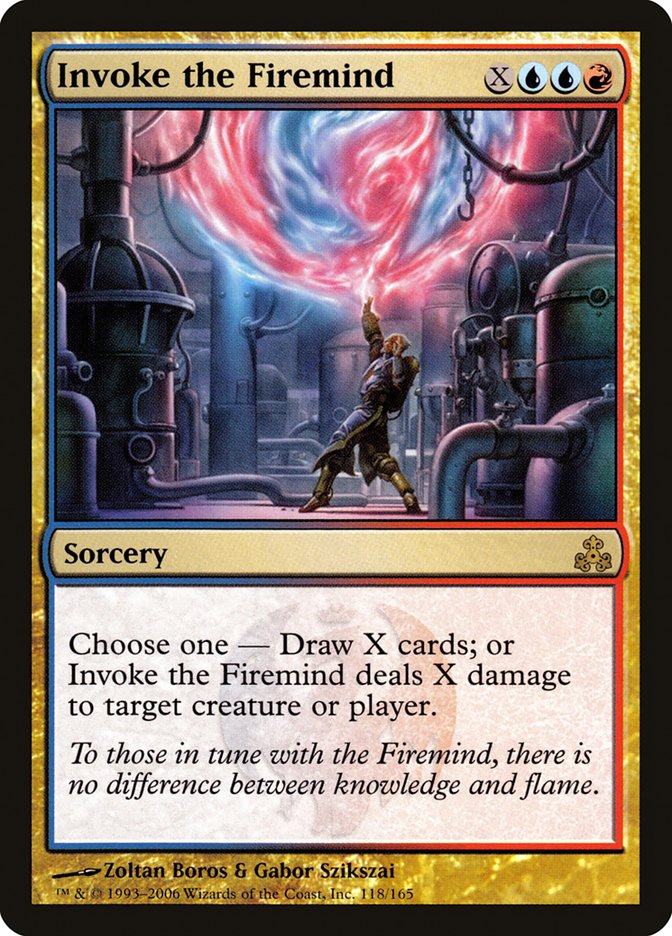

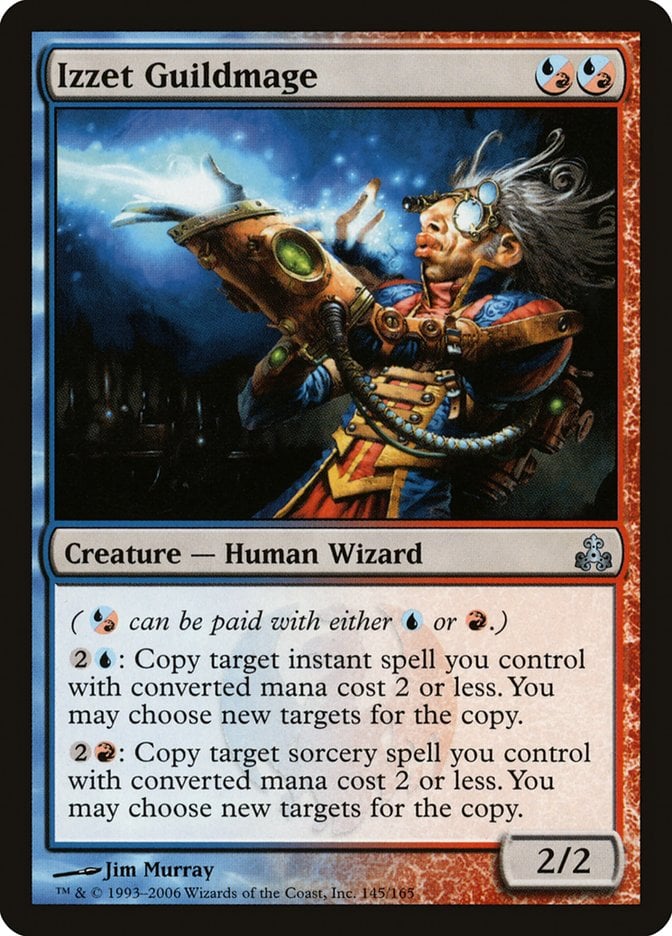
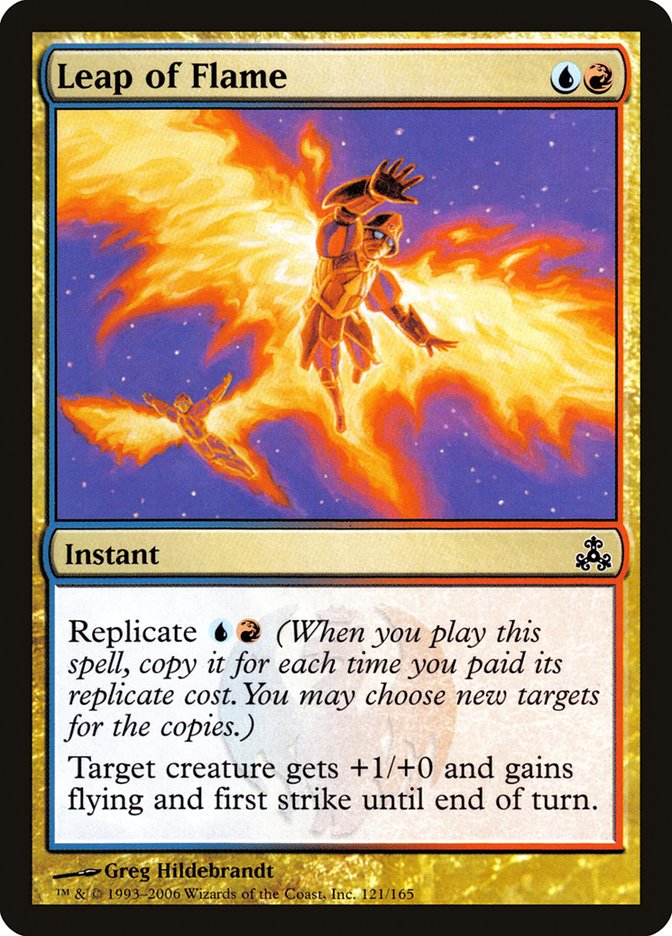
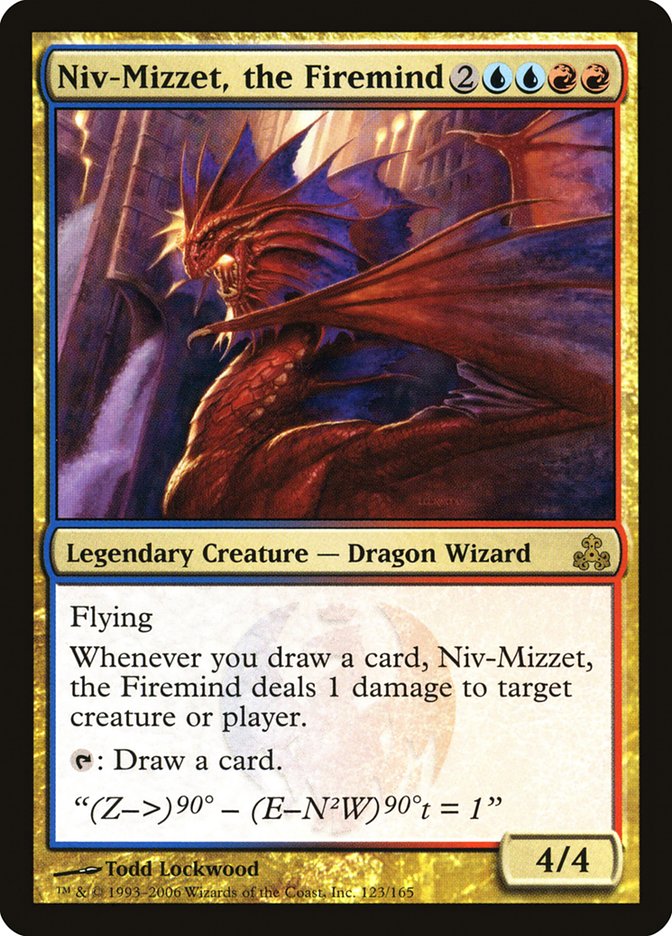
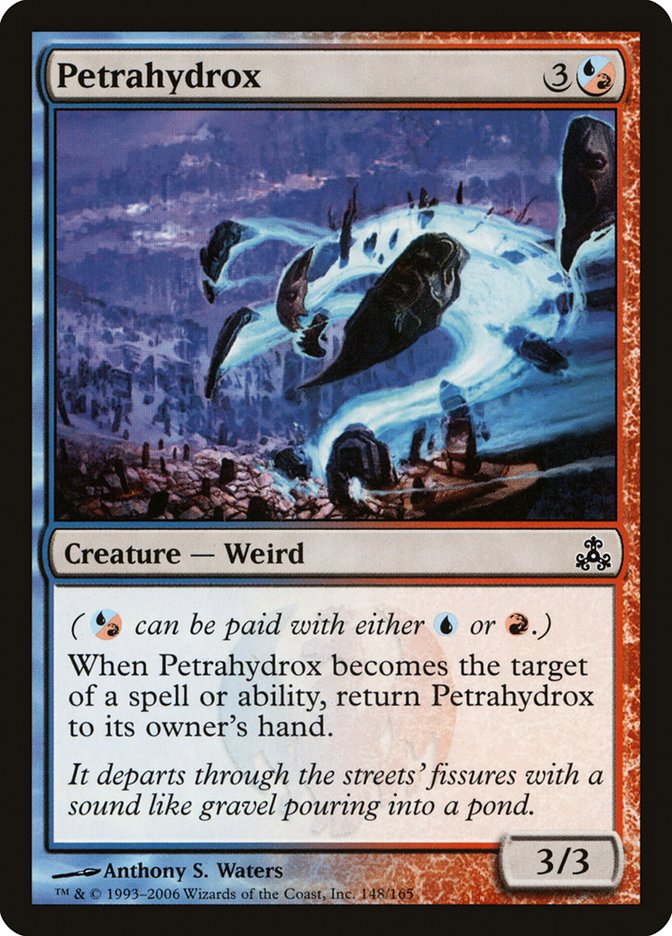
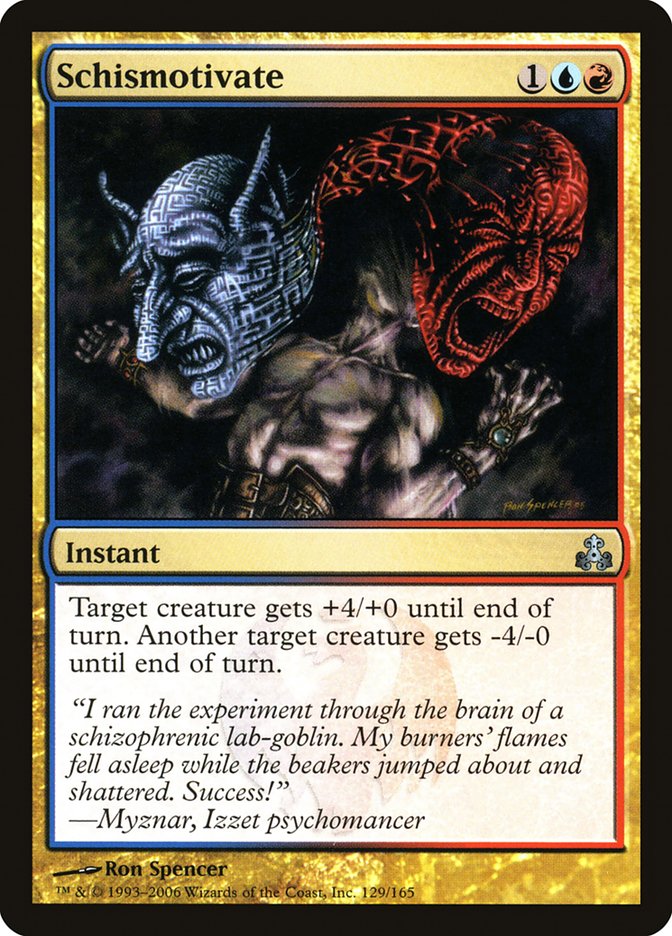
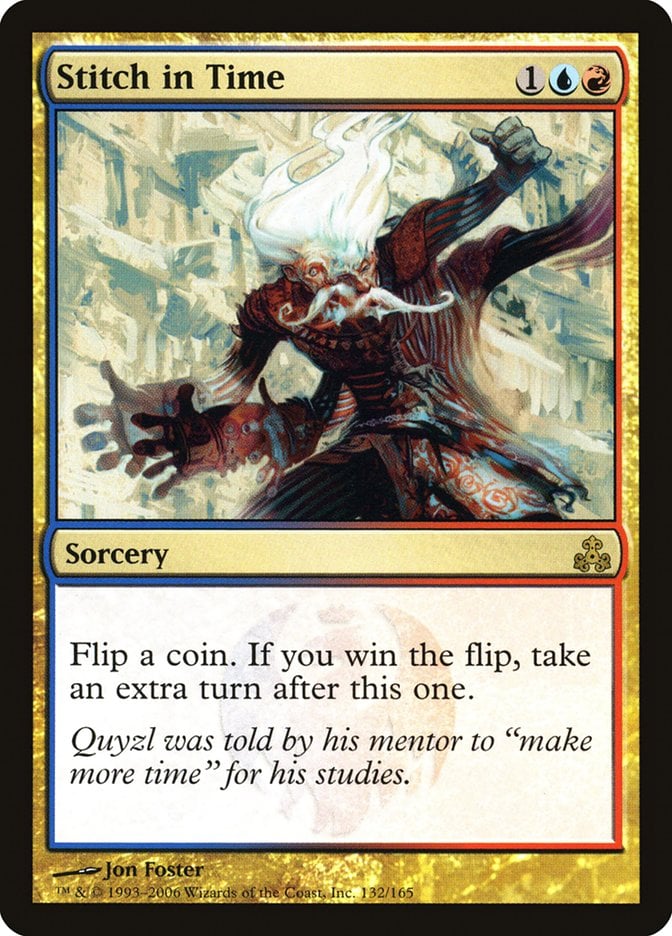


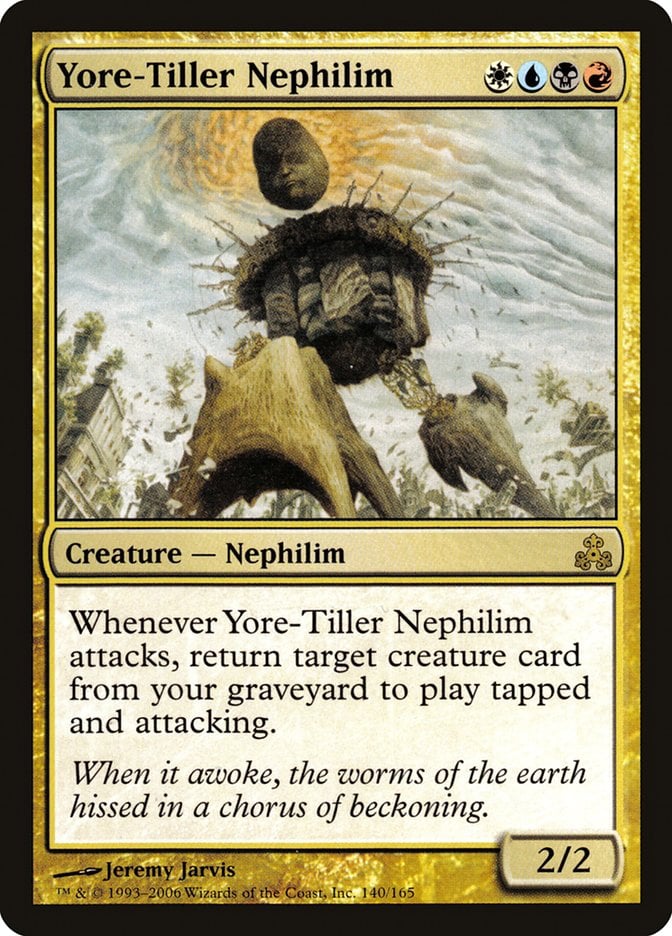
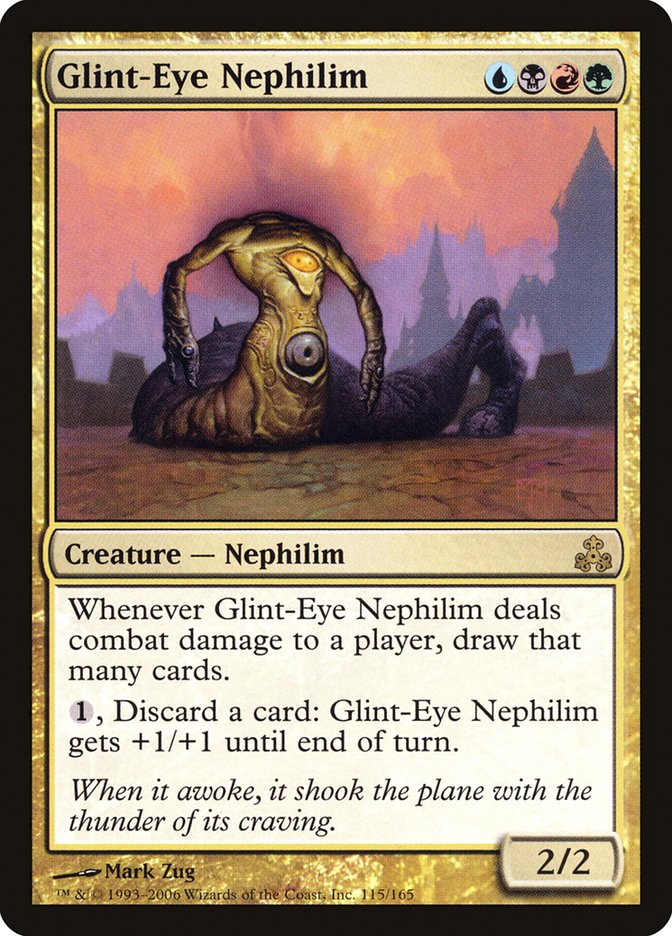
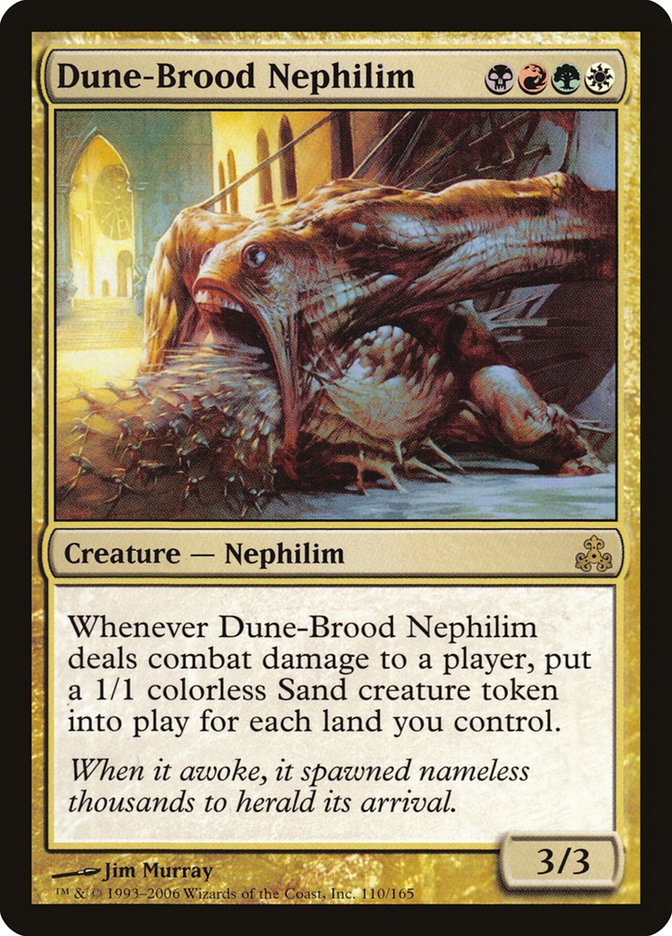
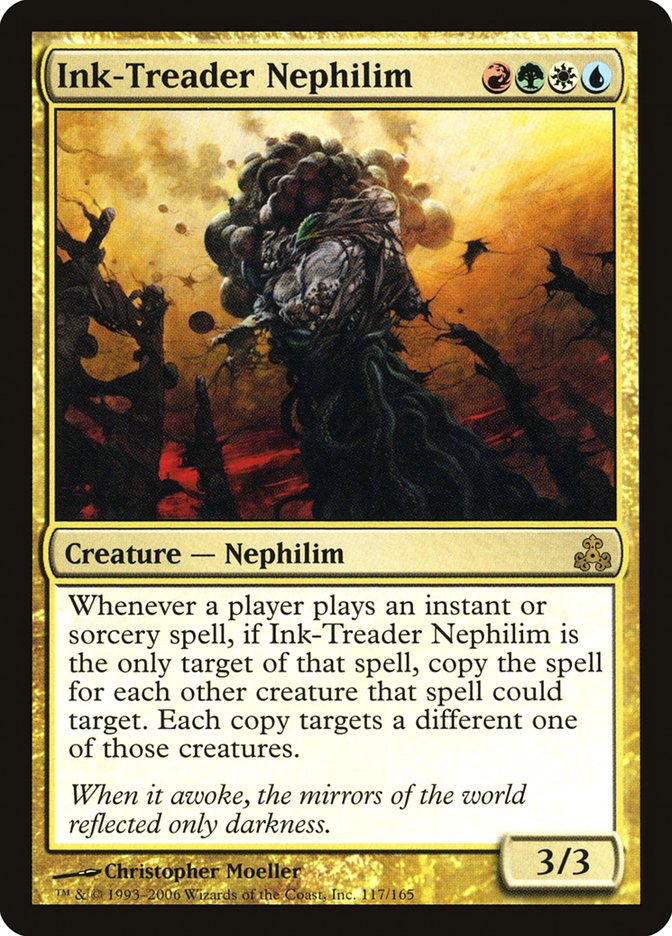
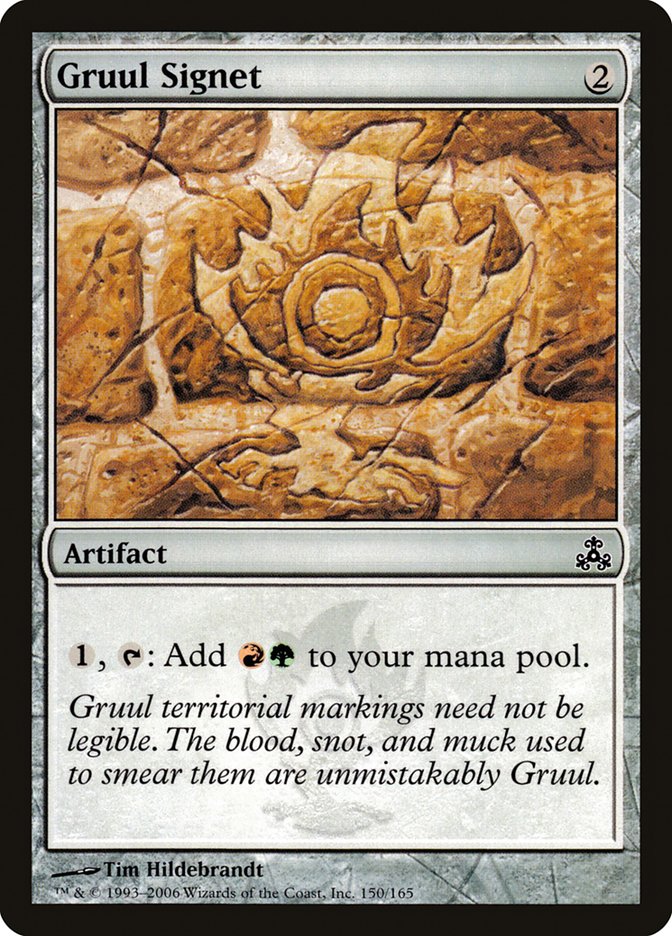



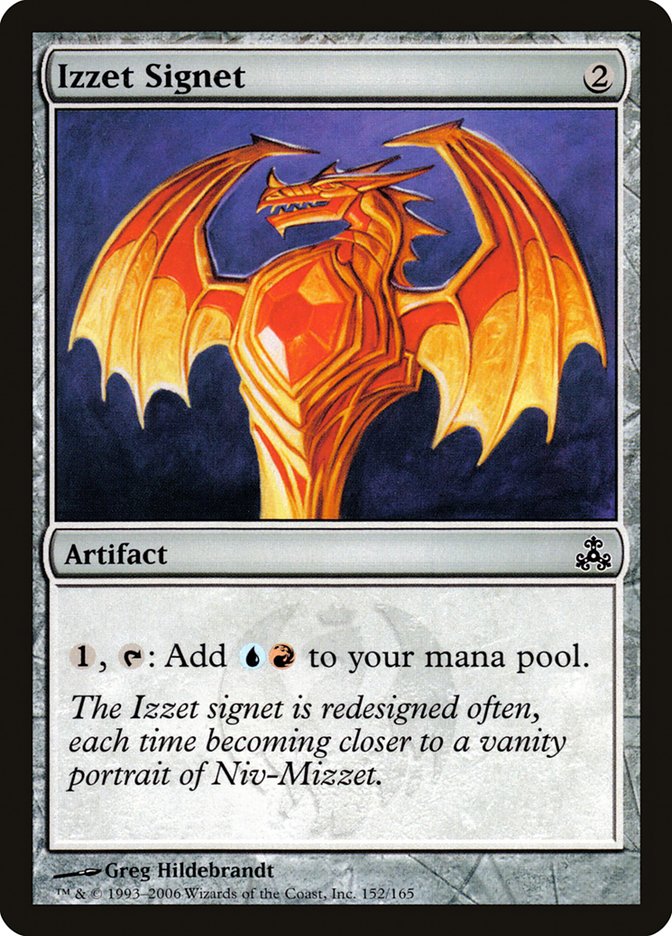



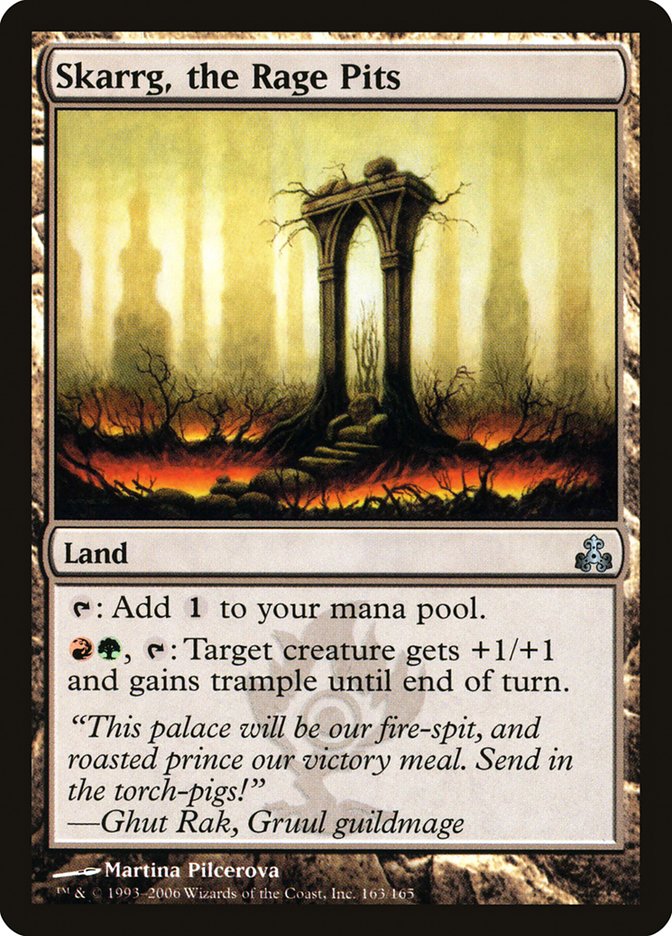
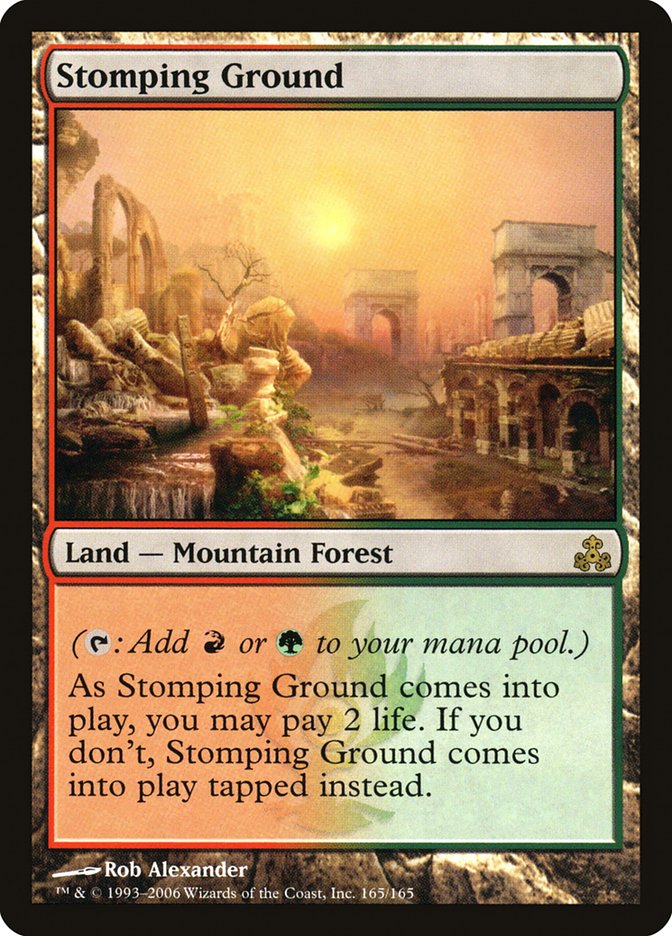
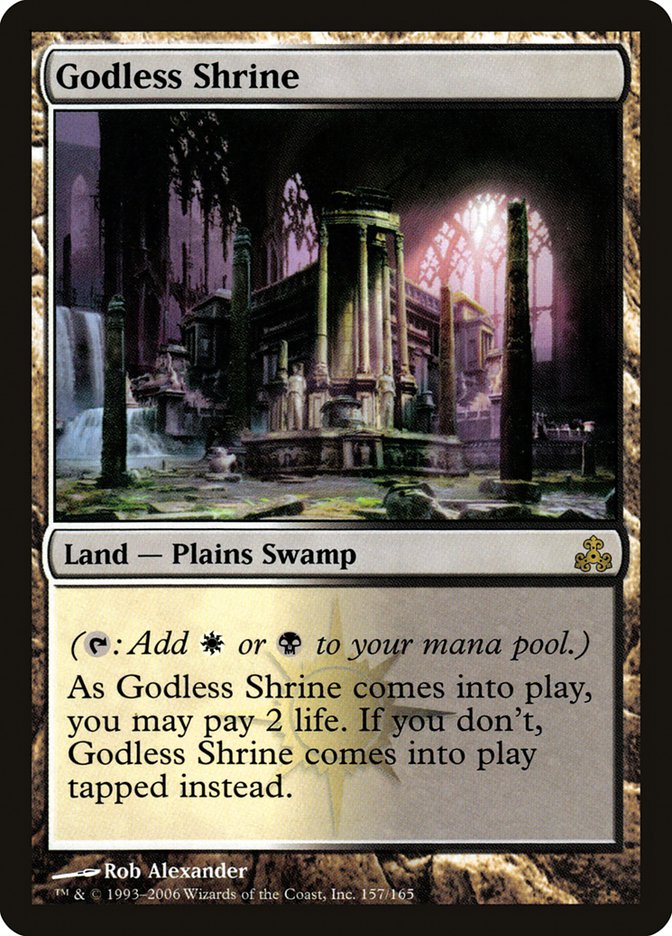

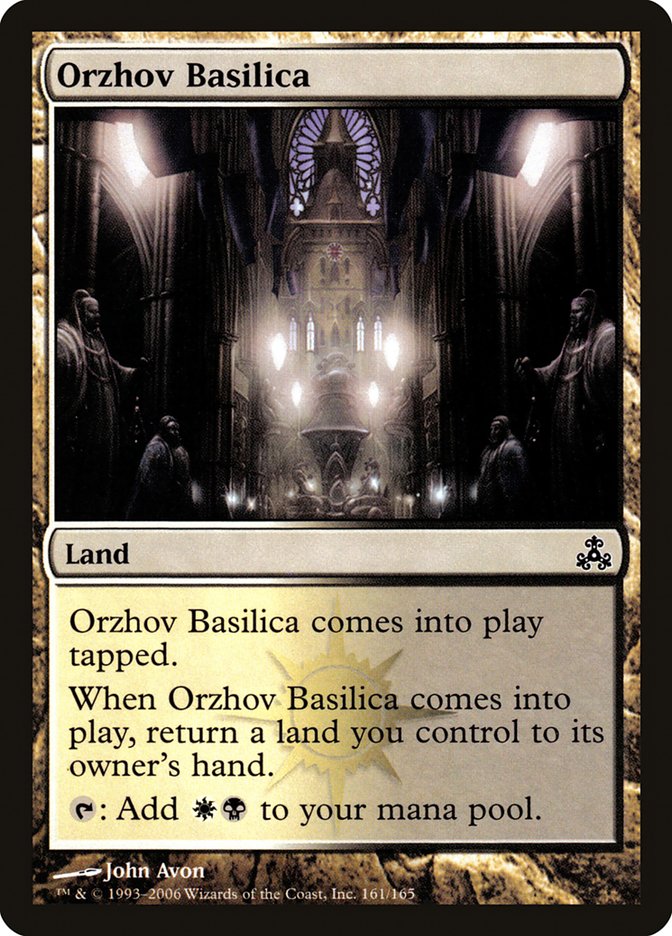
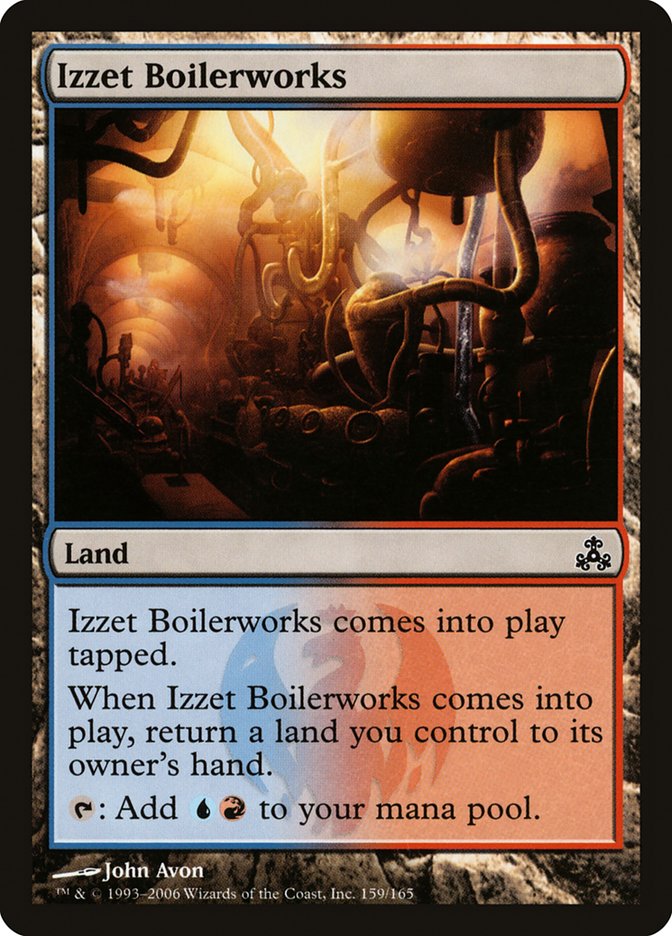

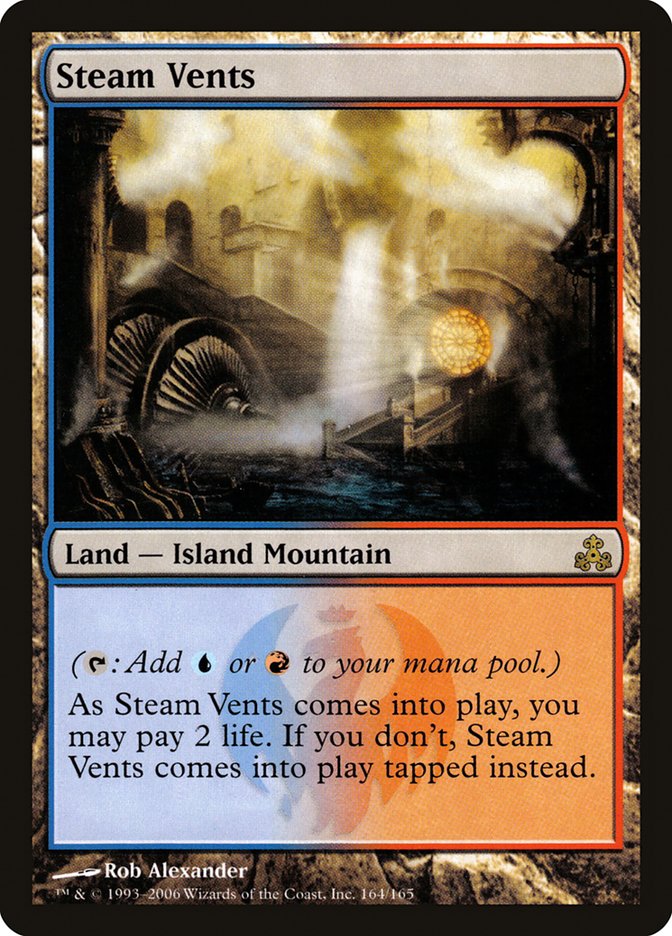





Add Comment